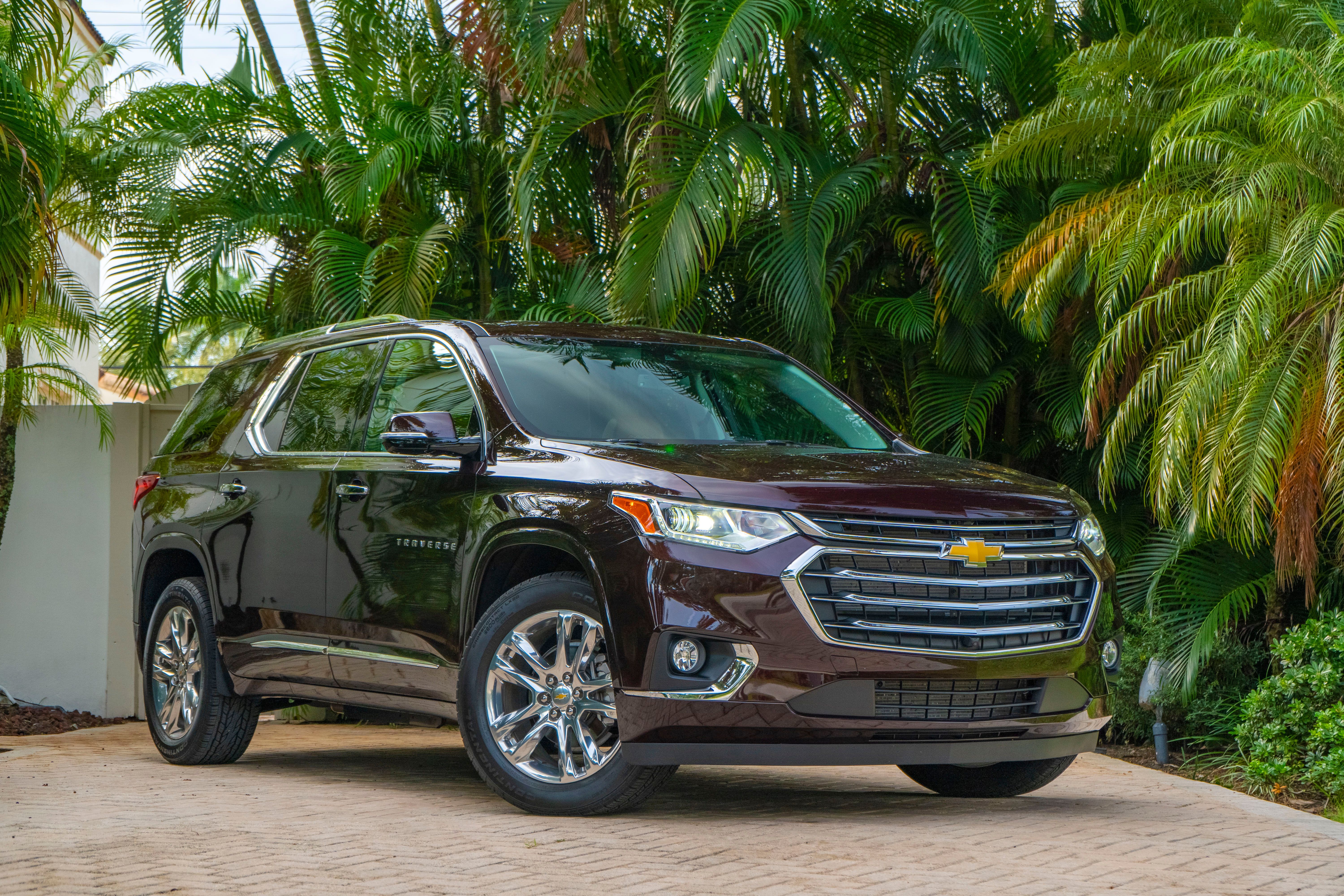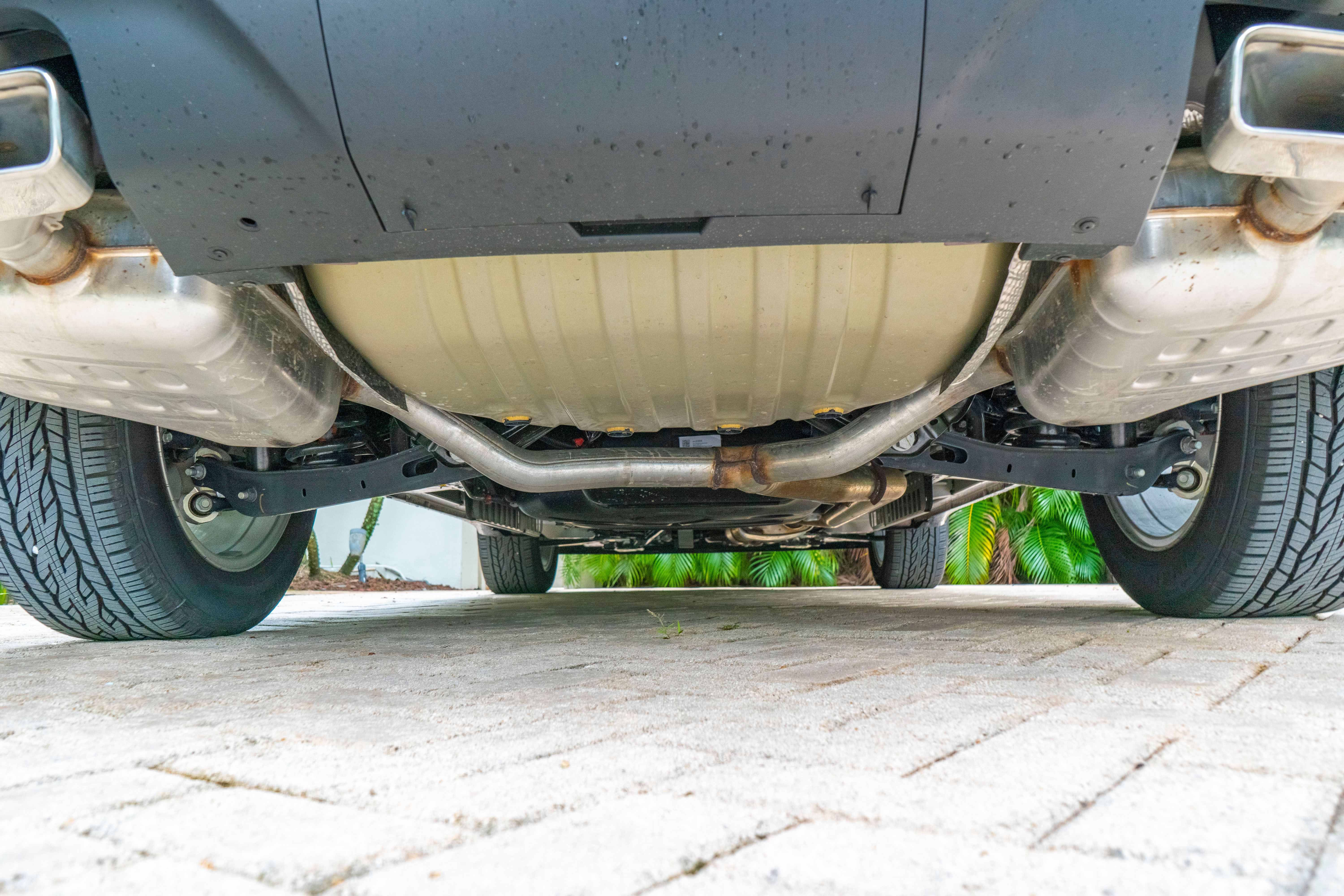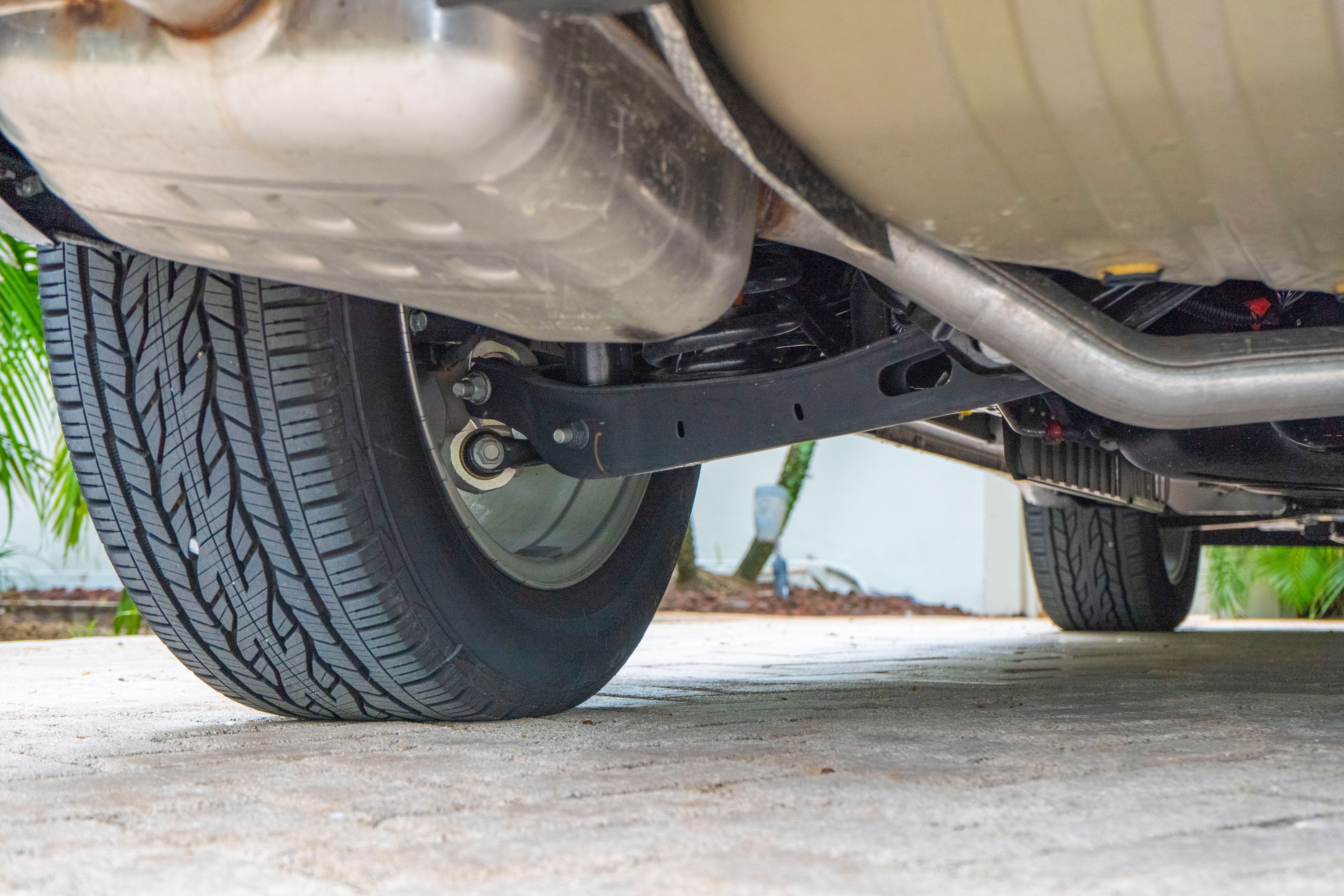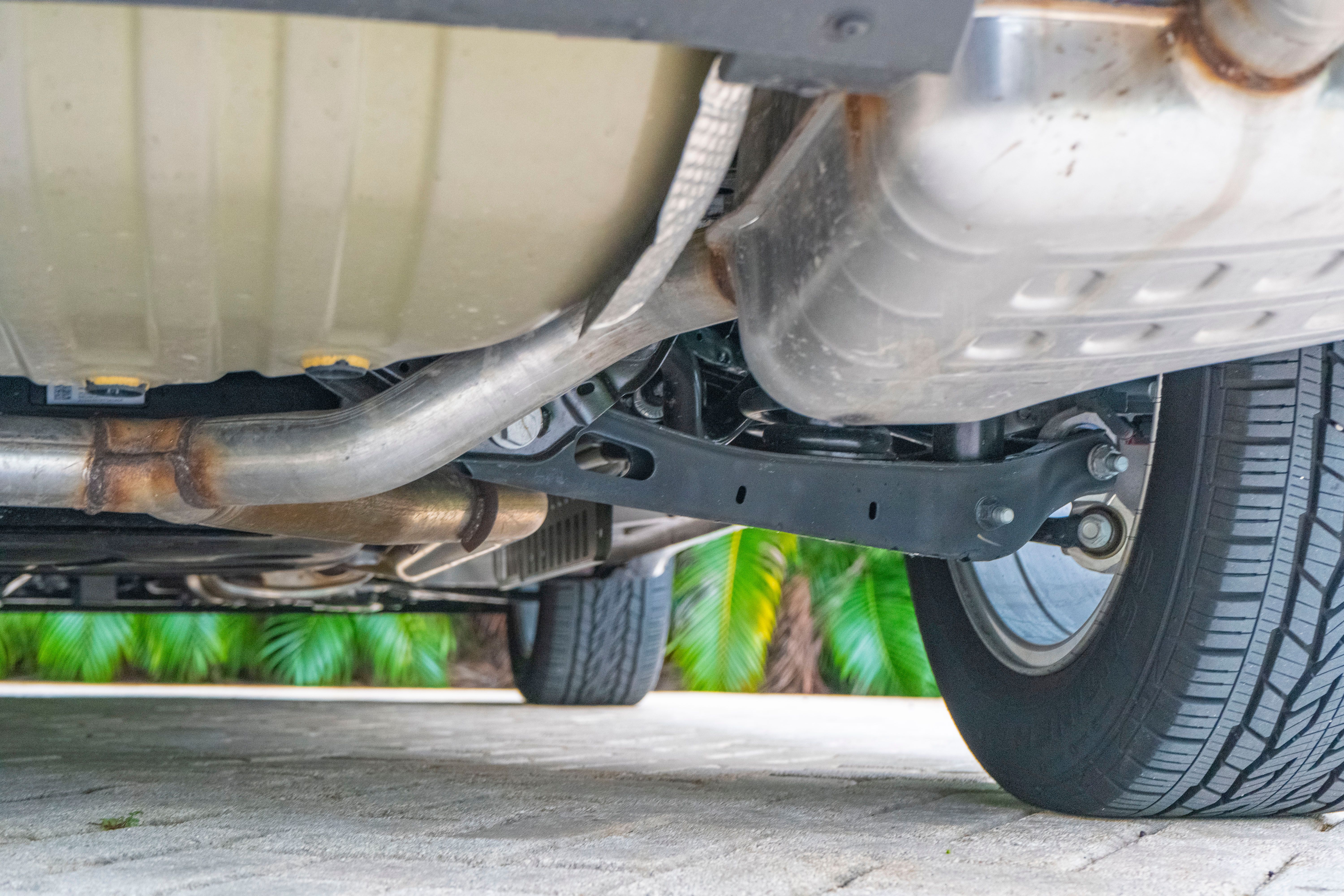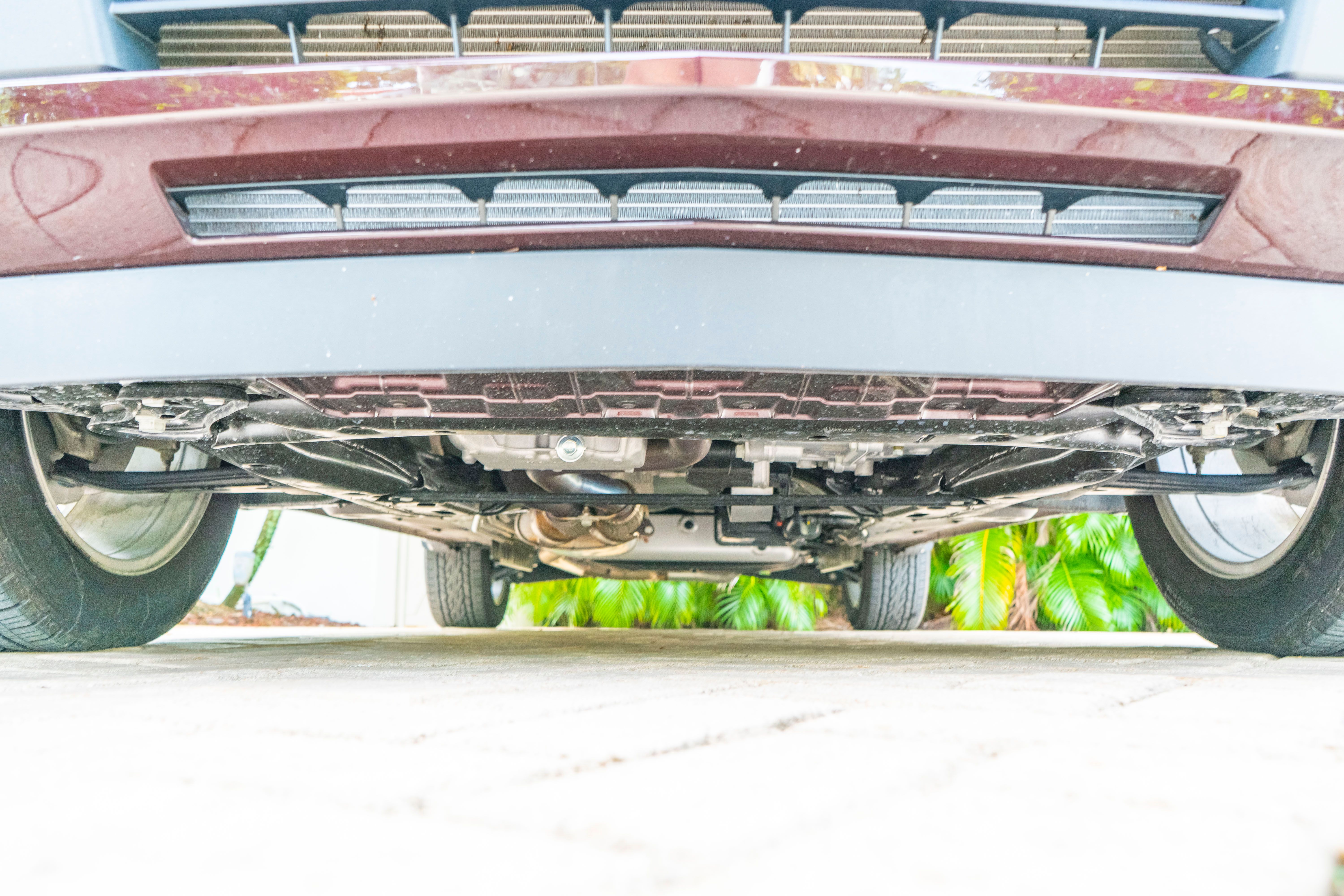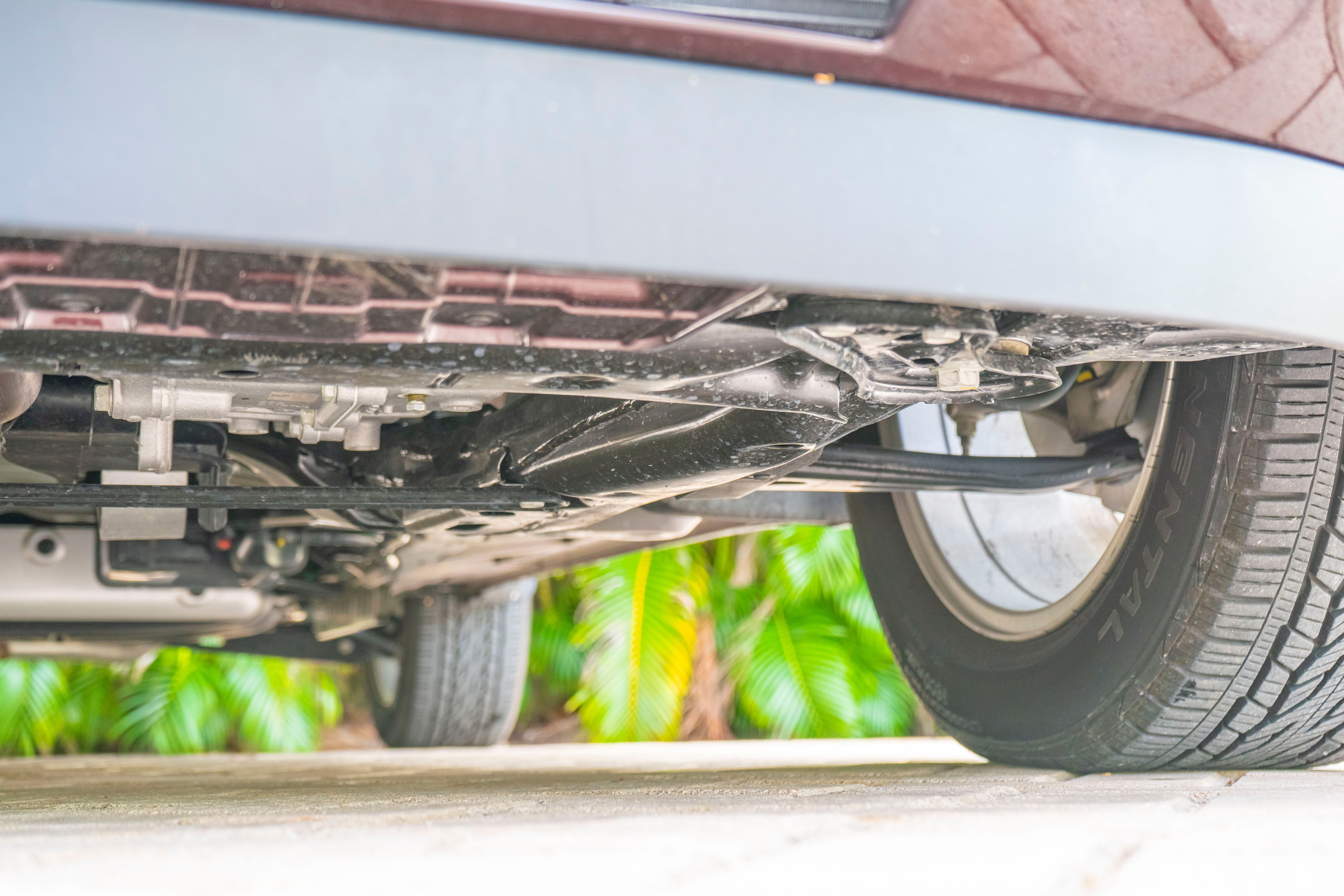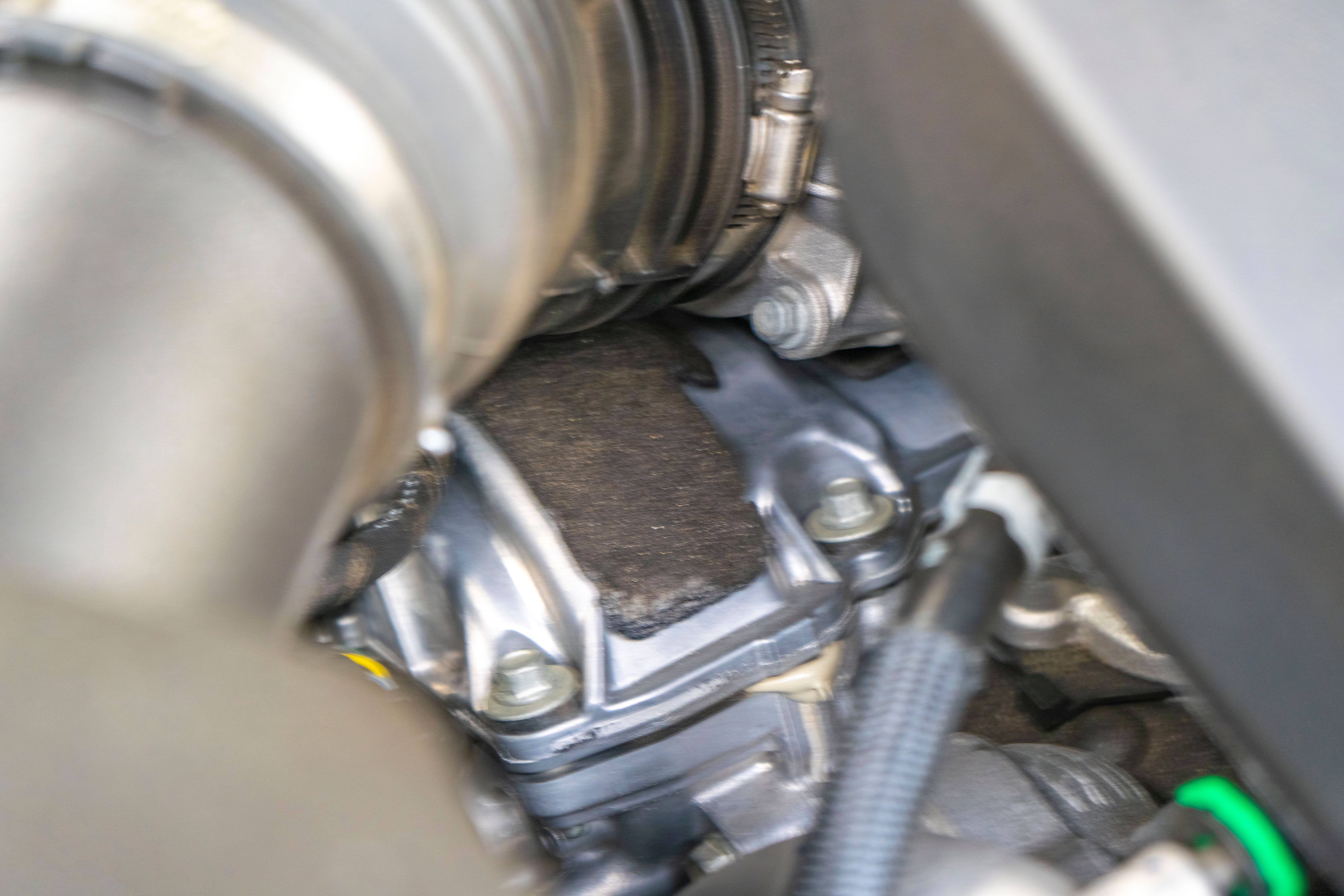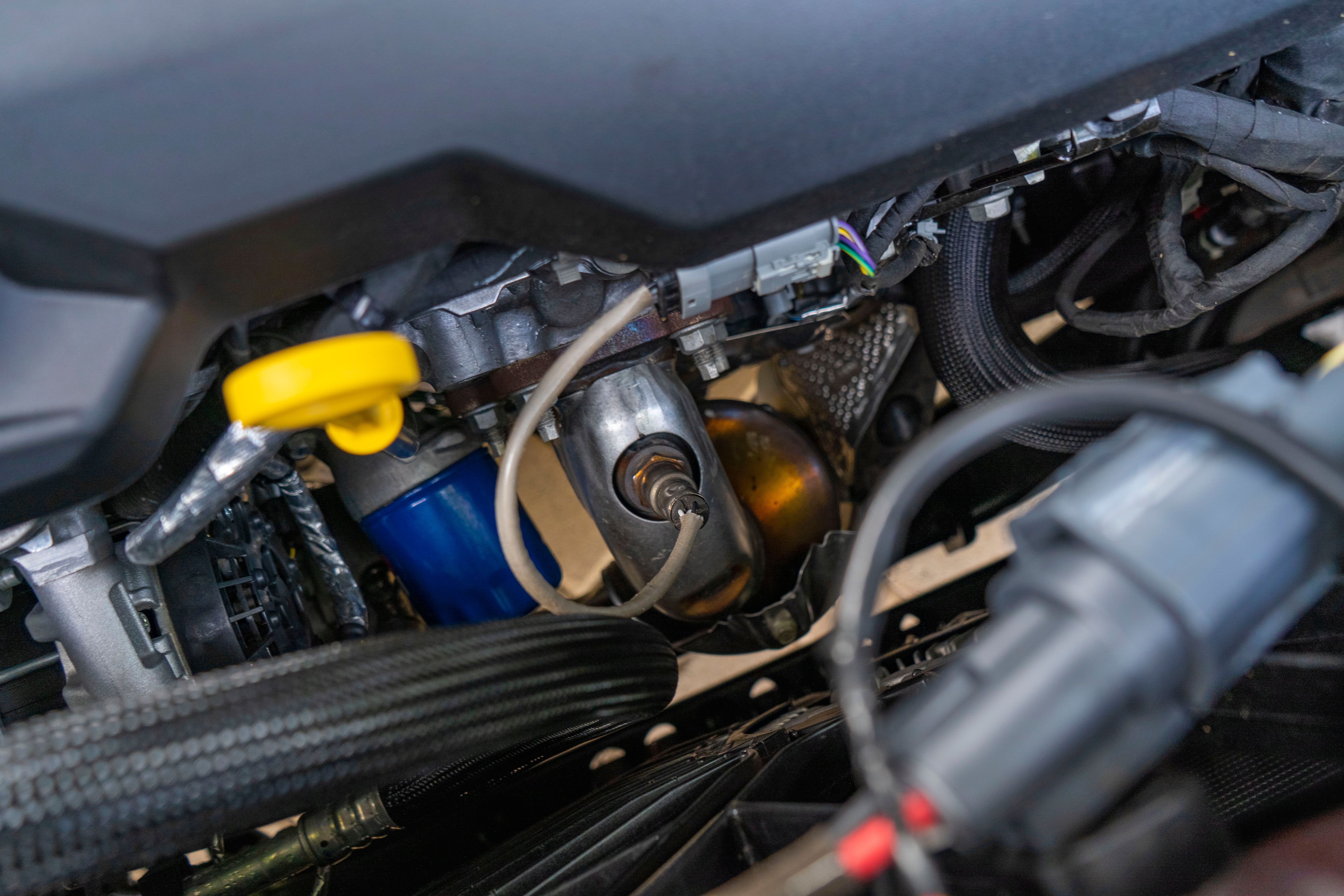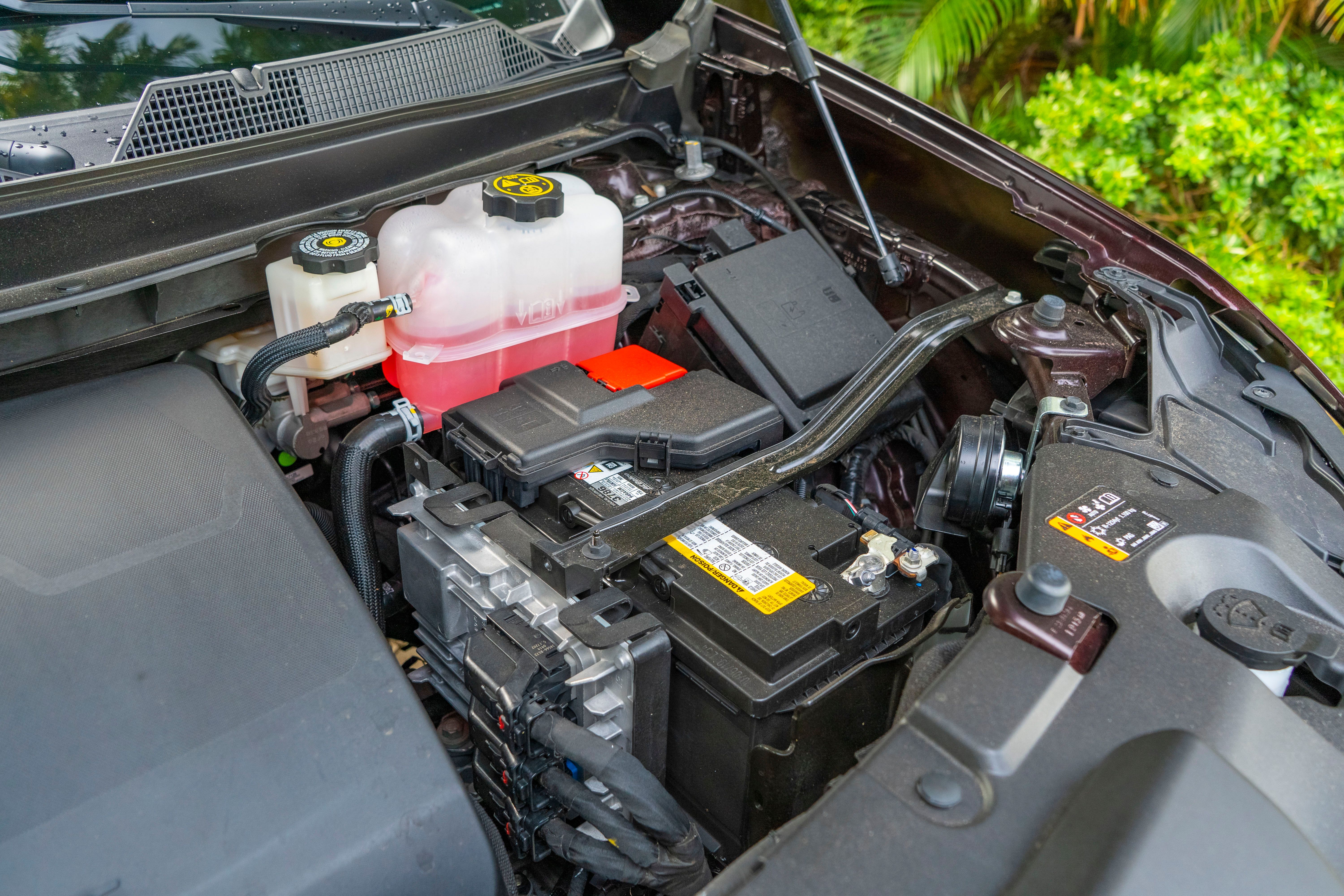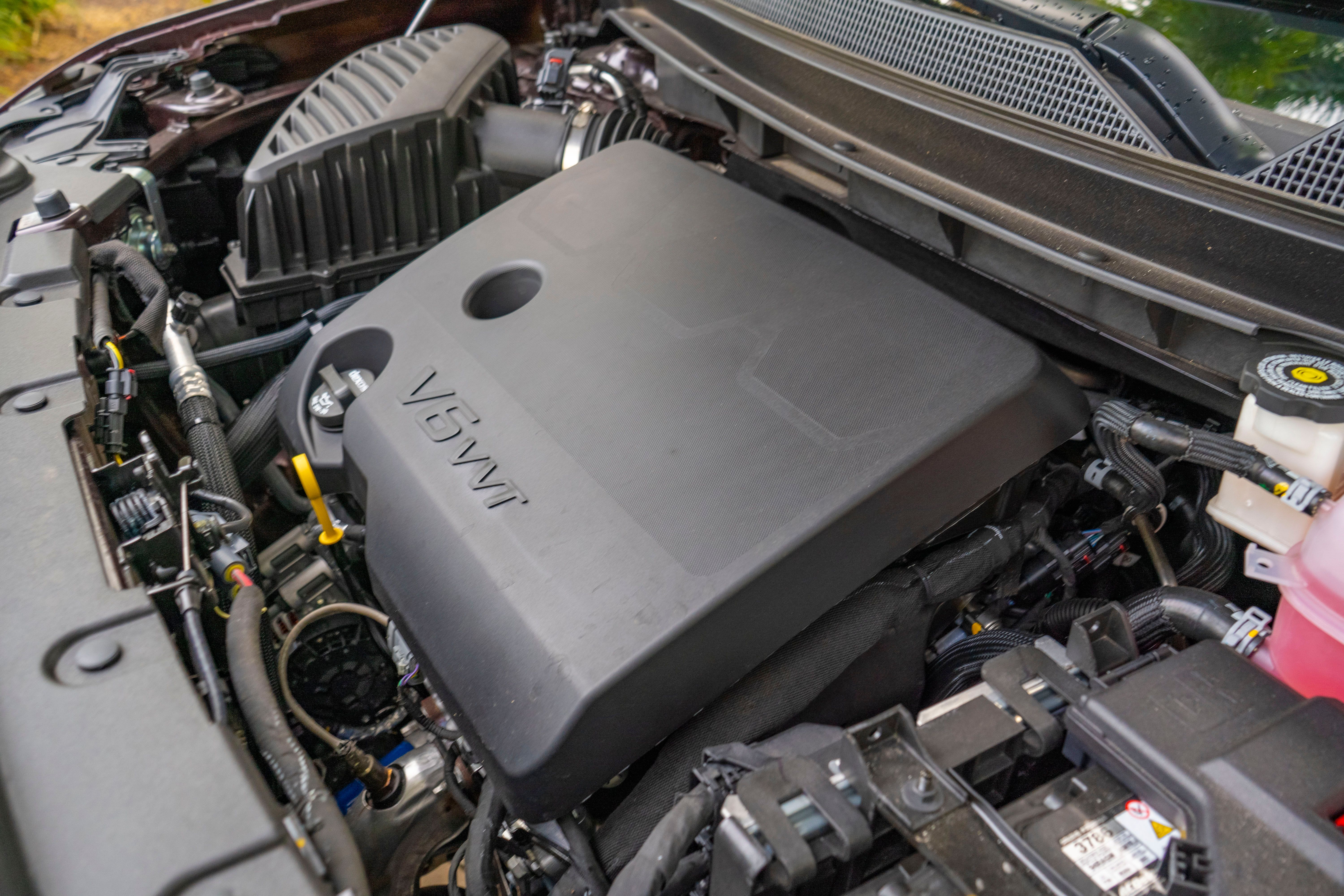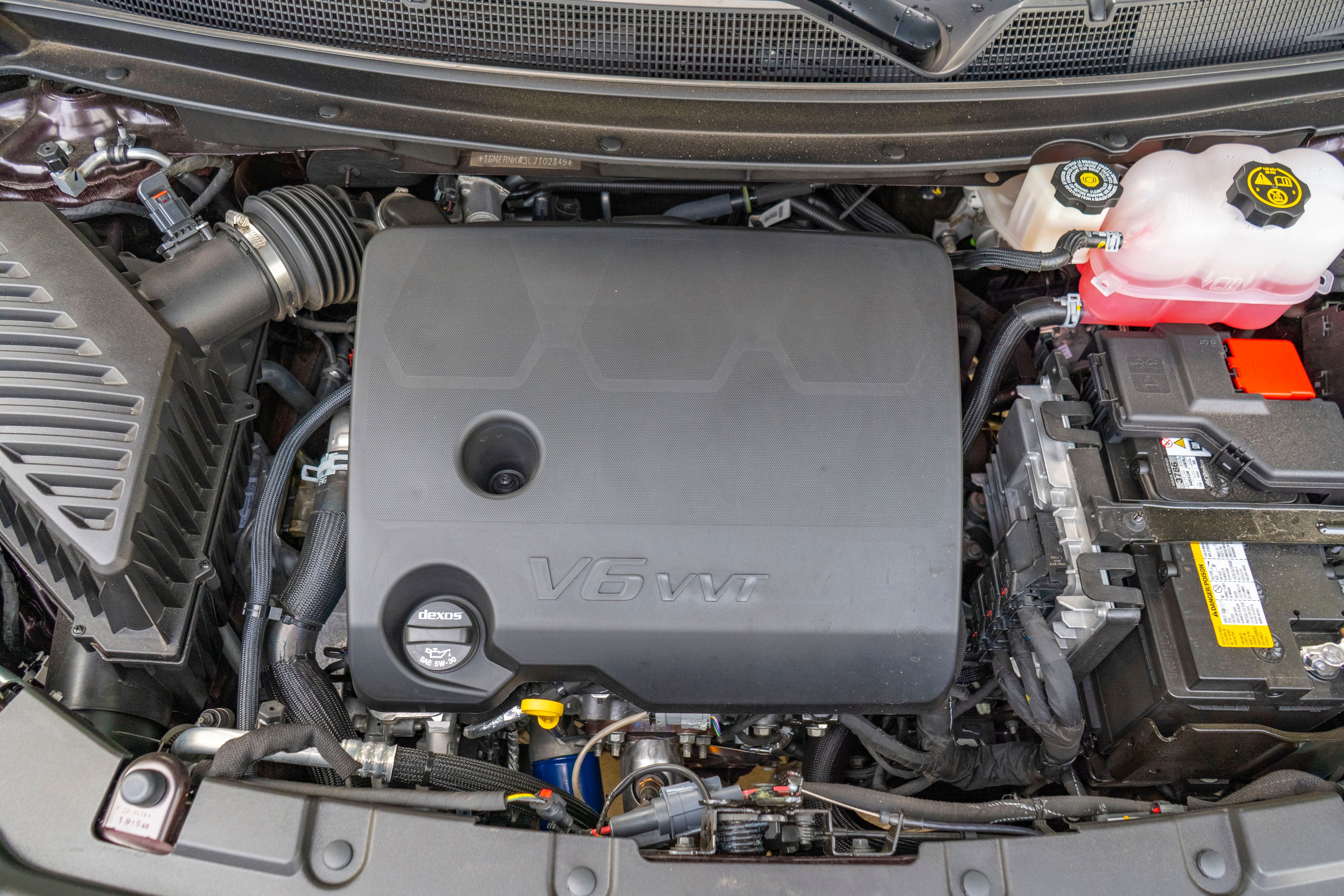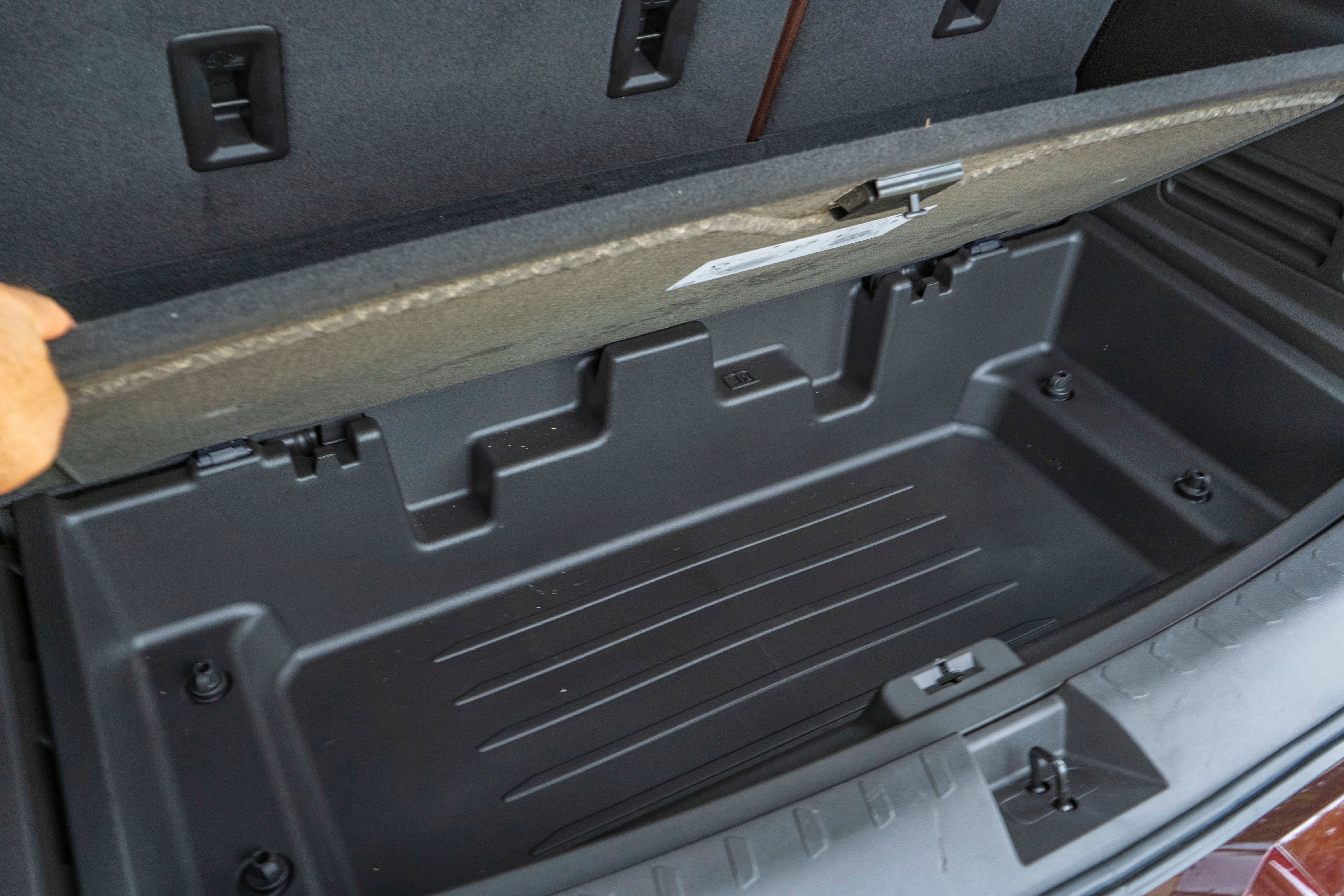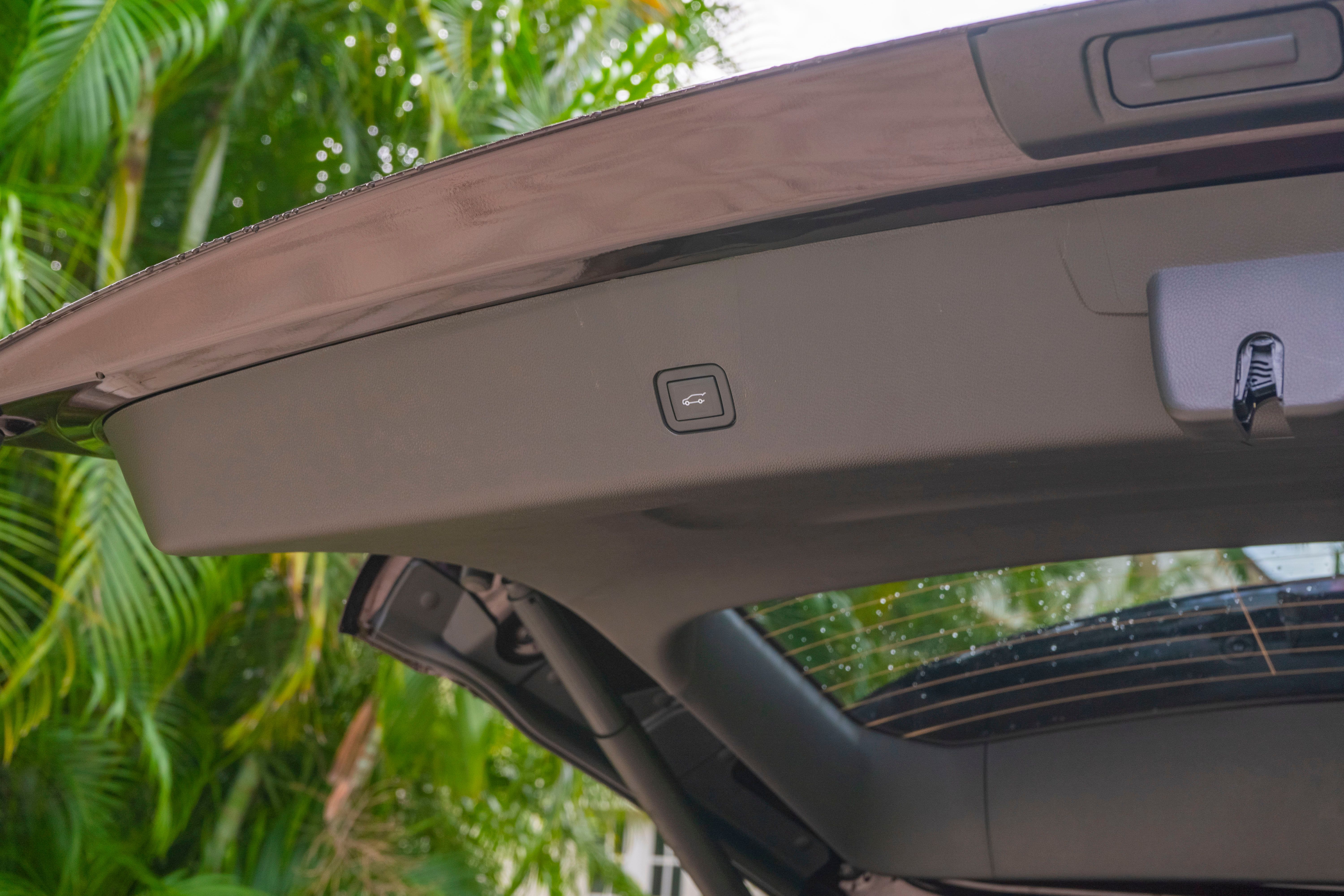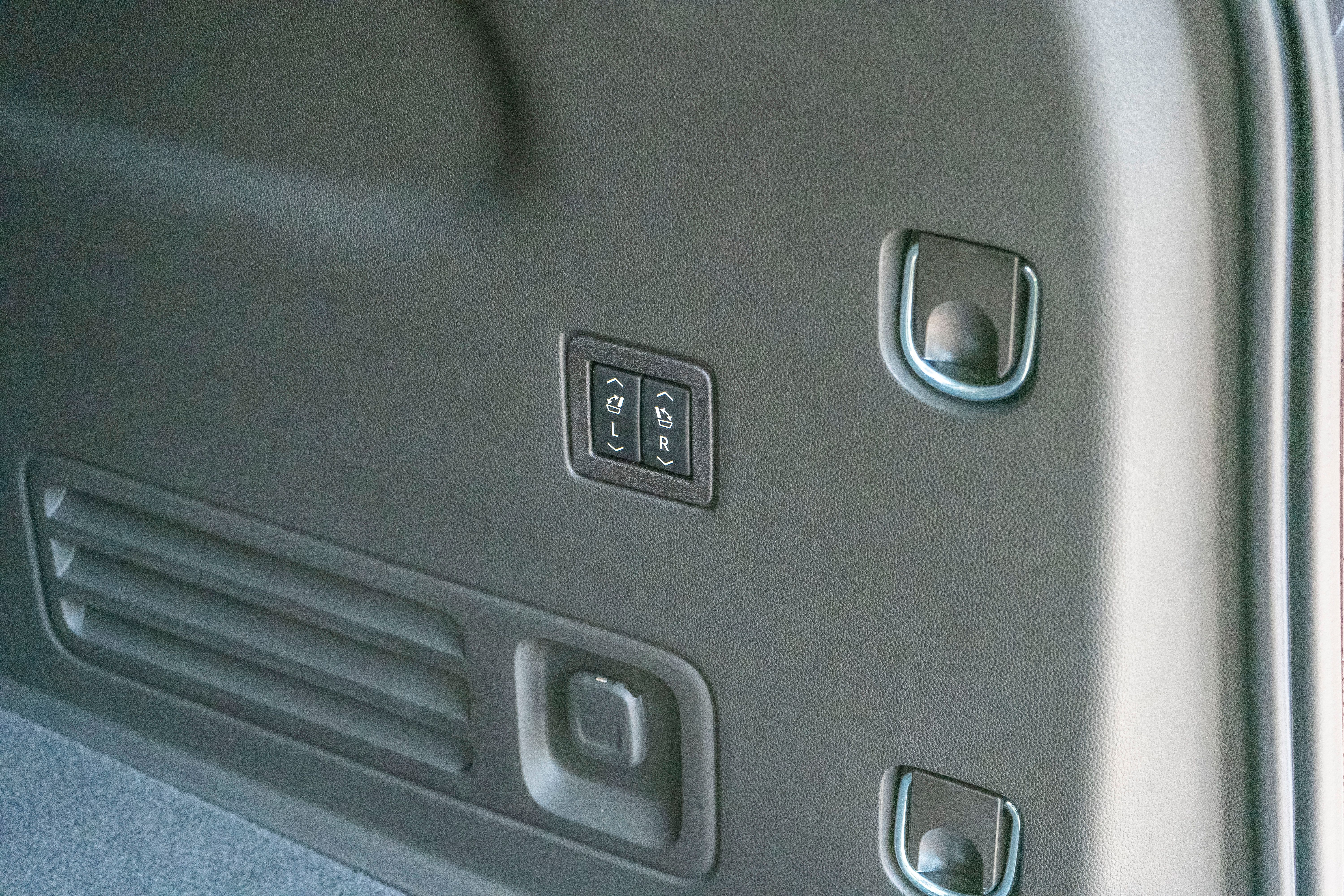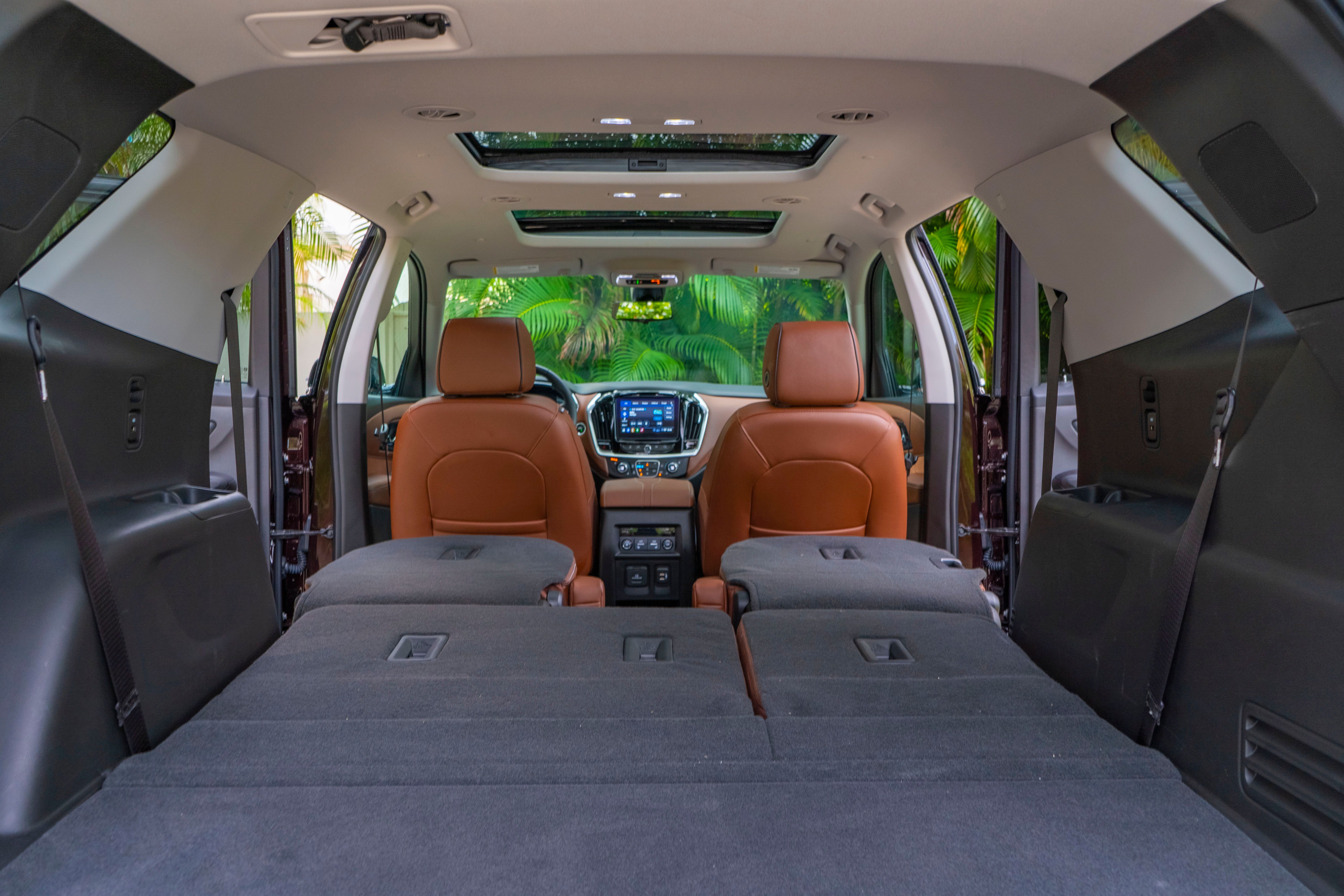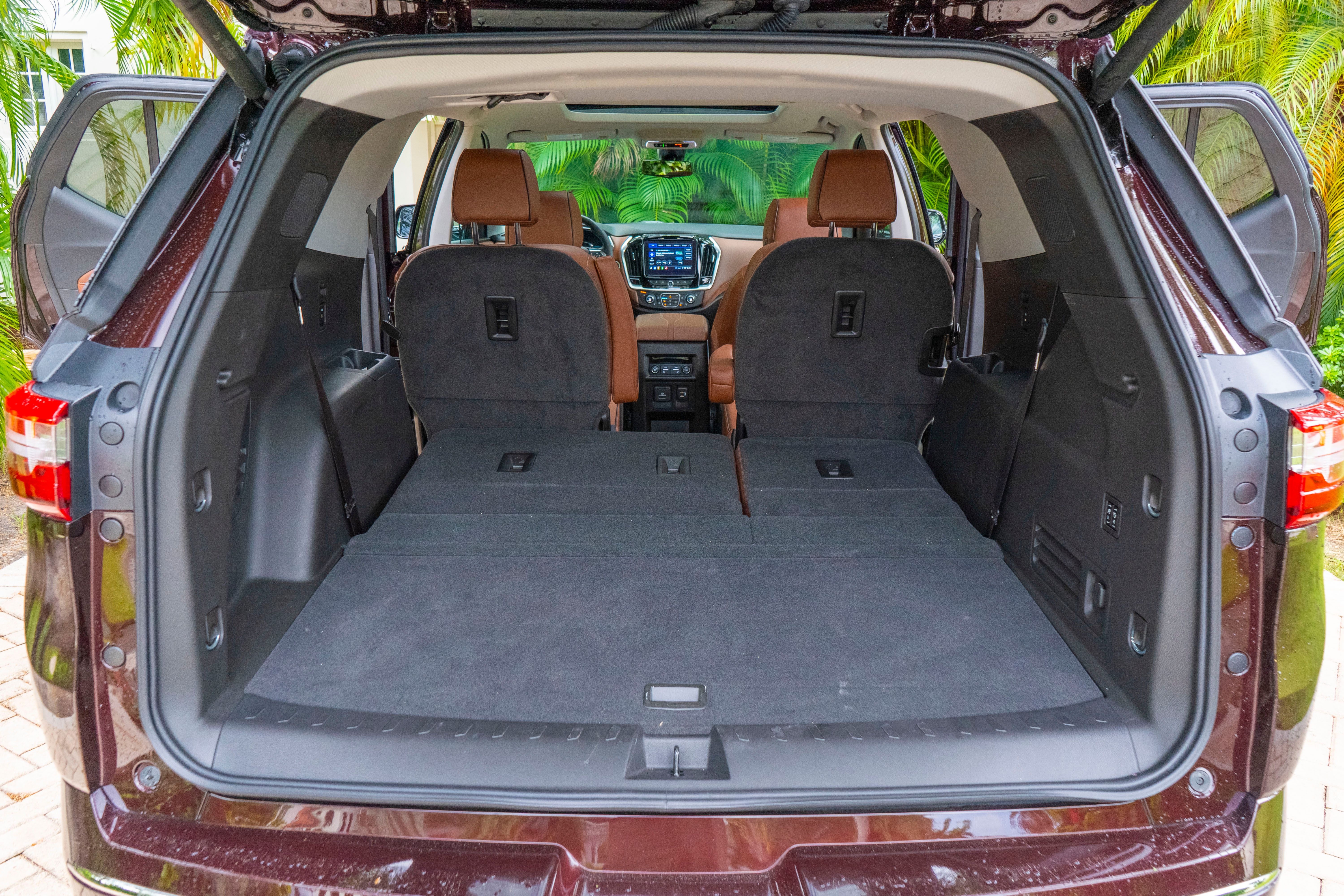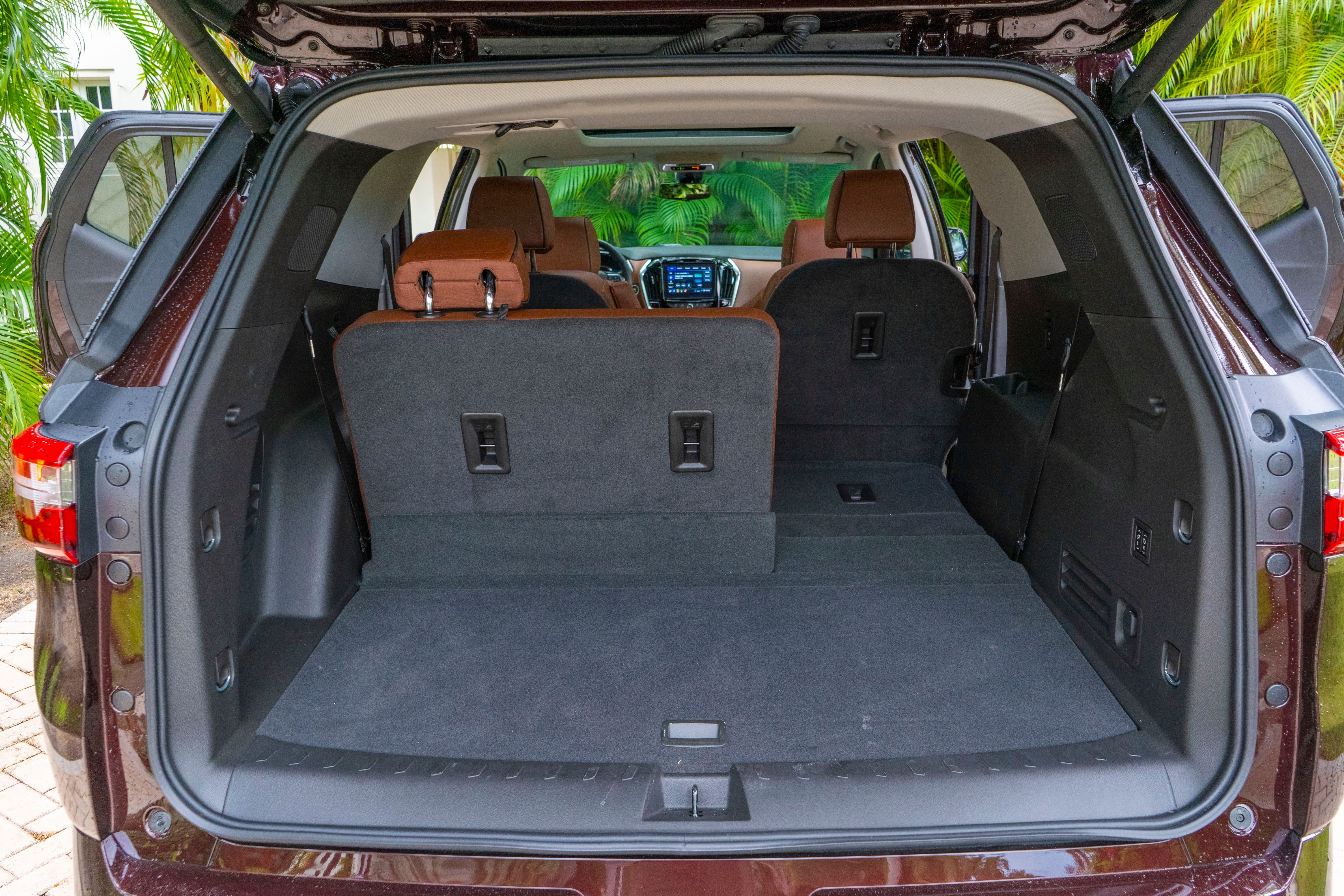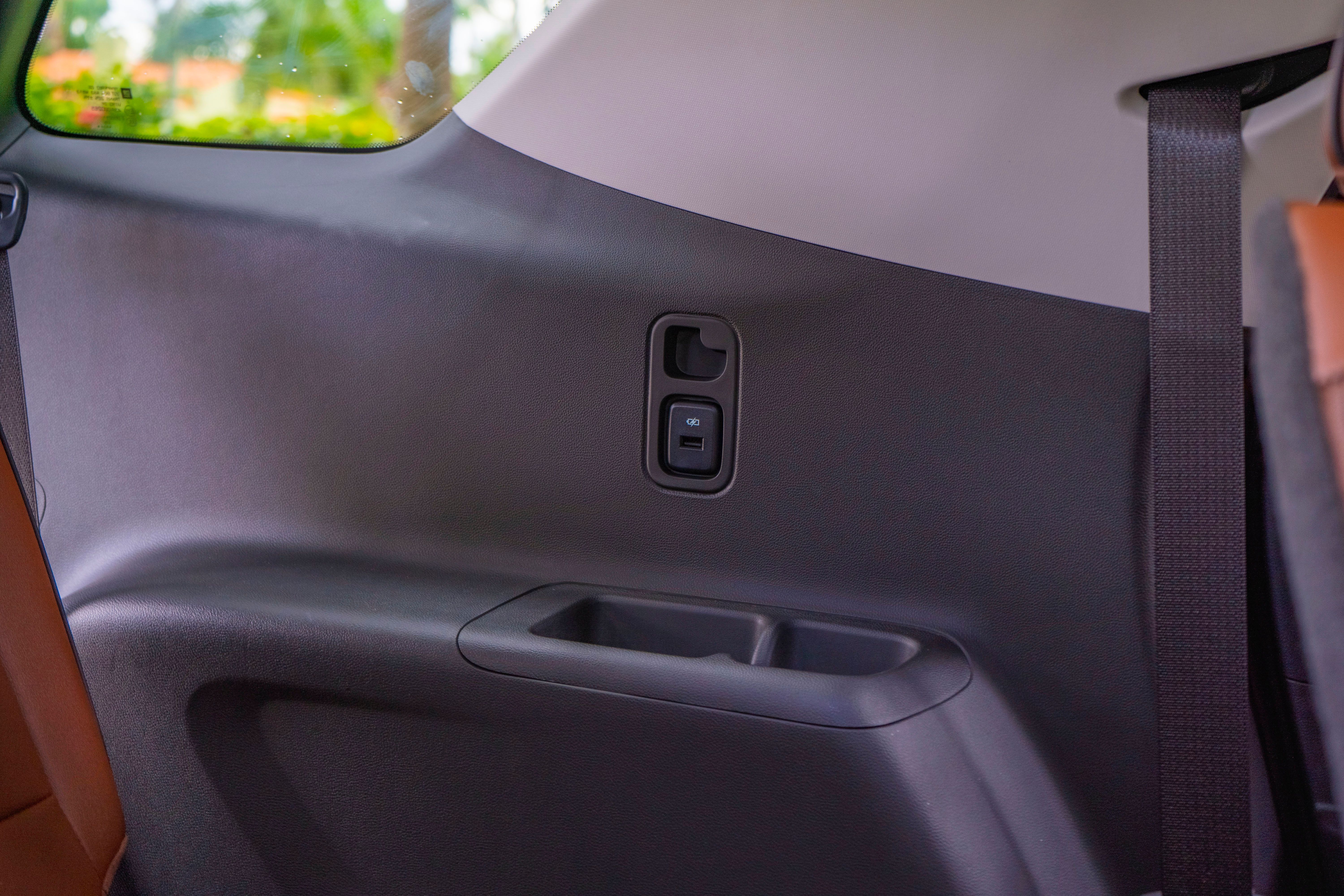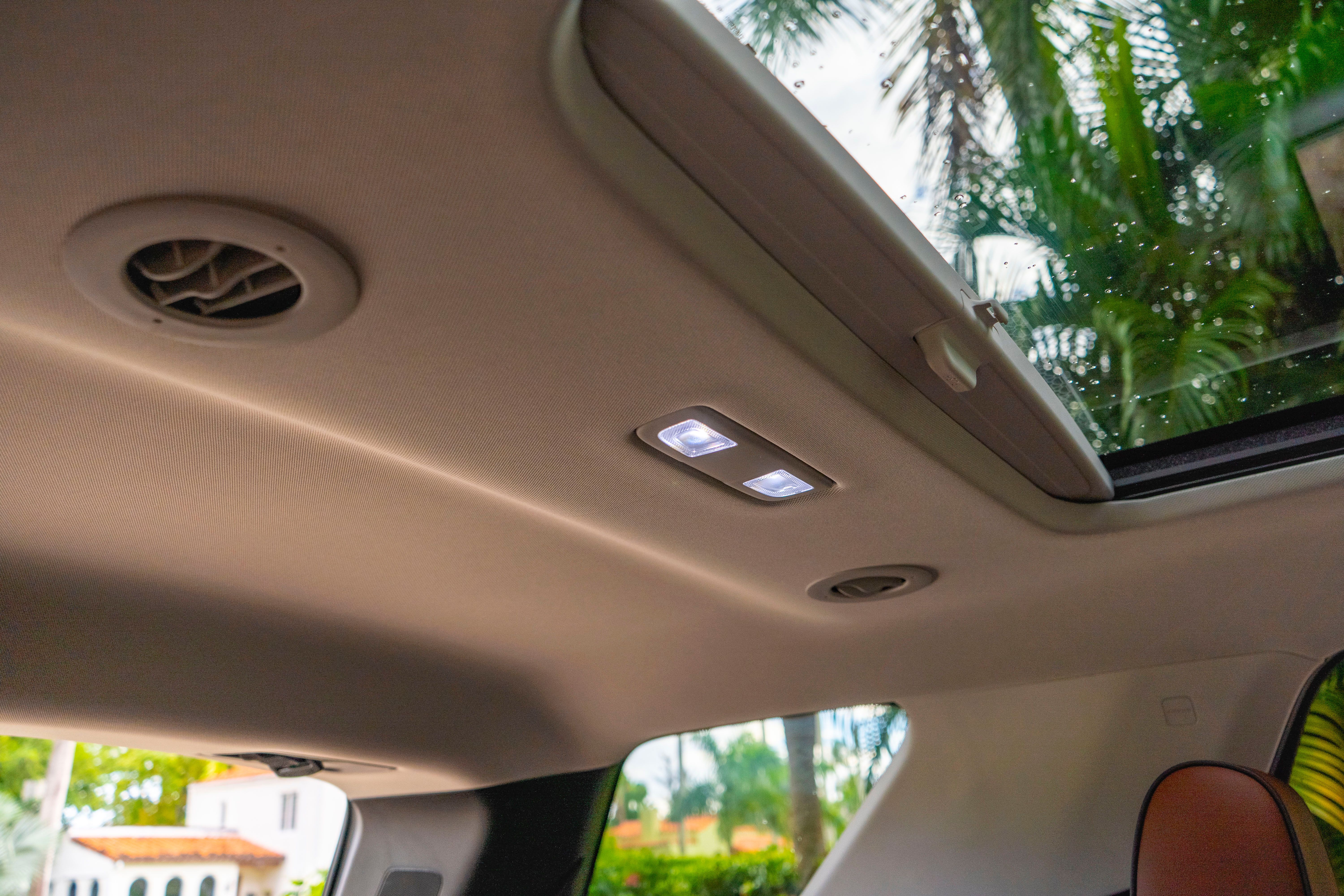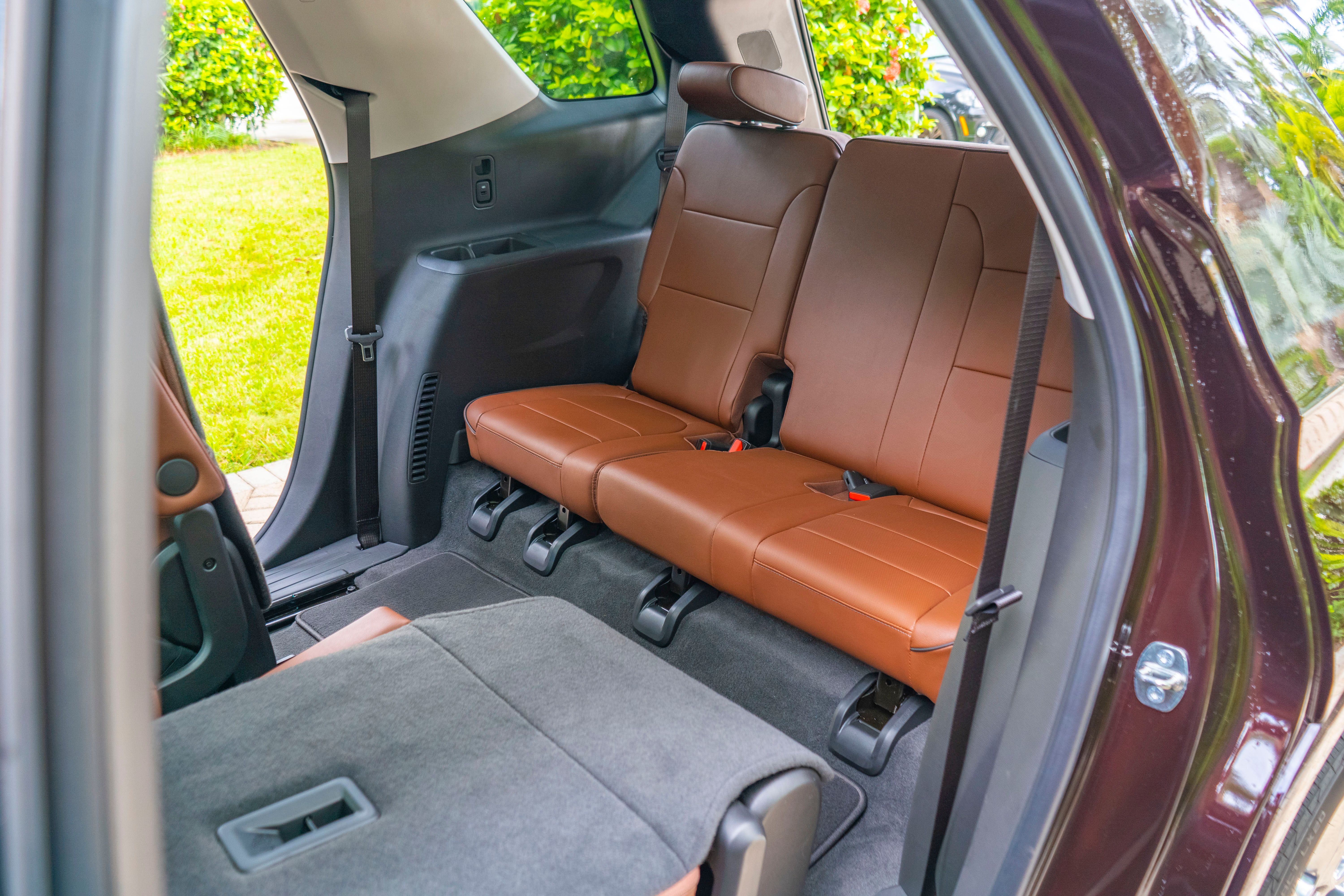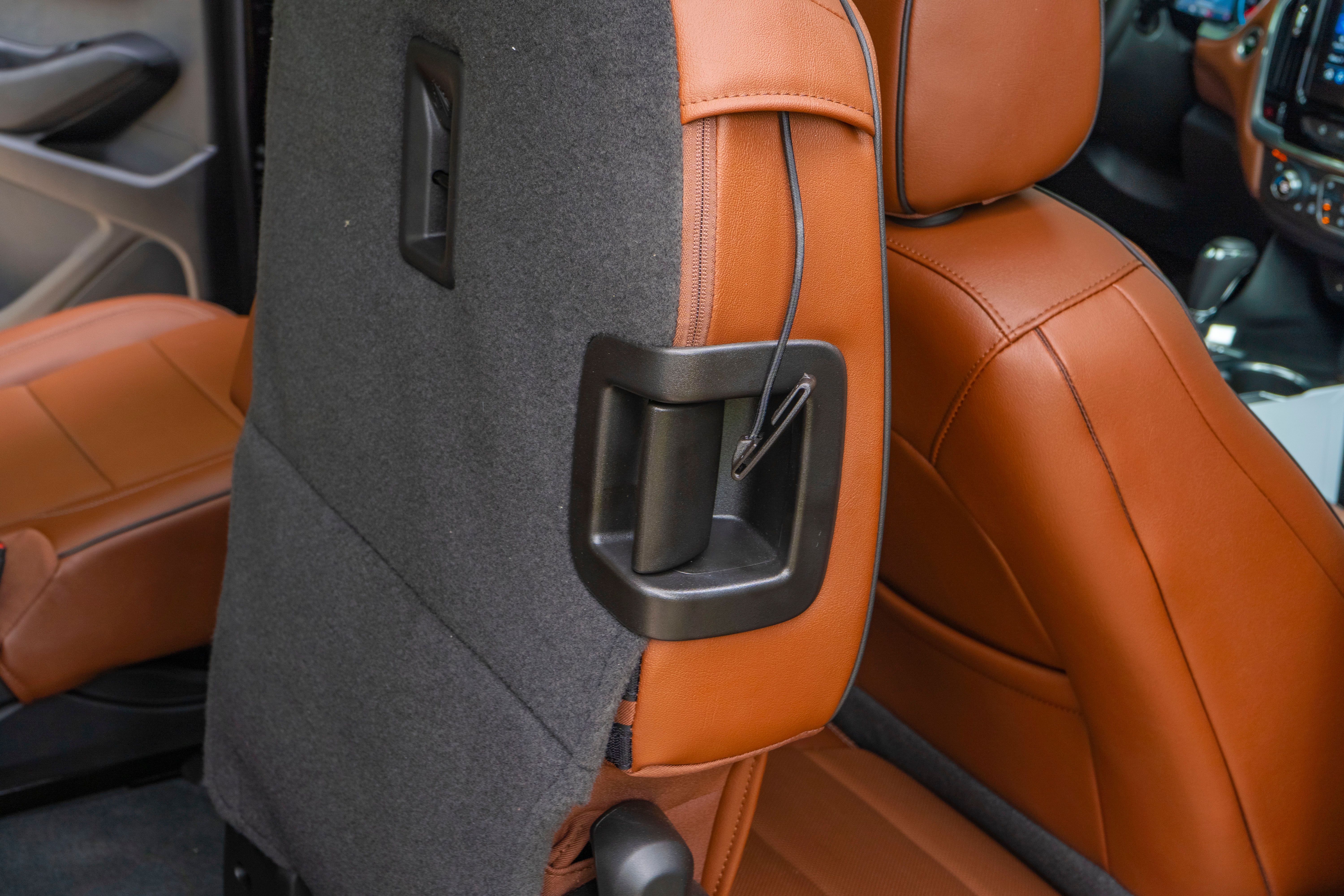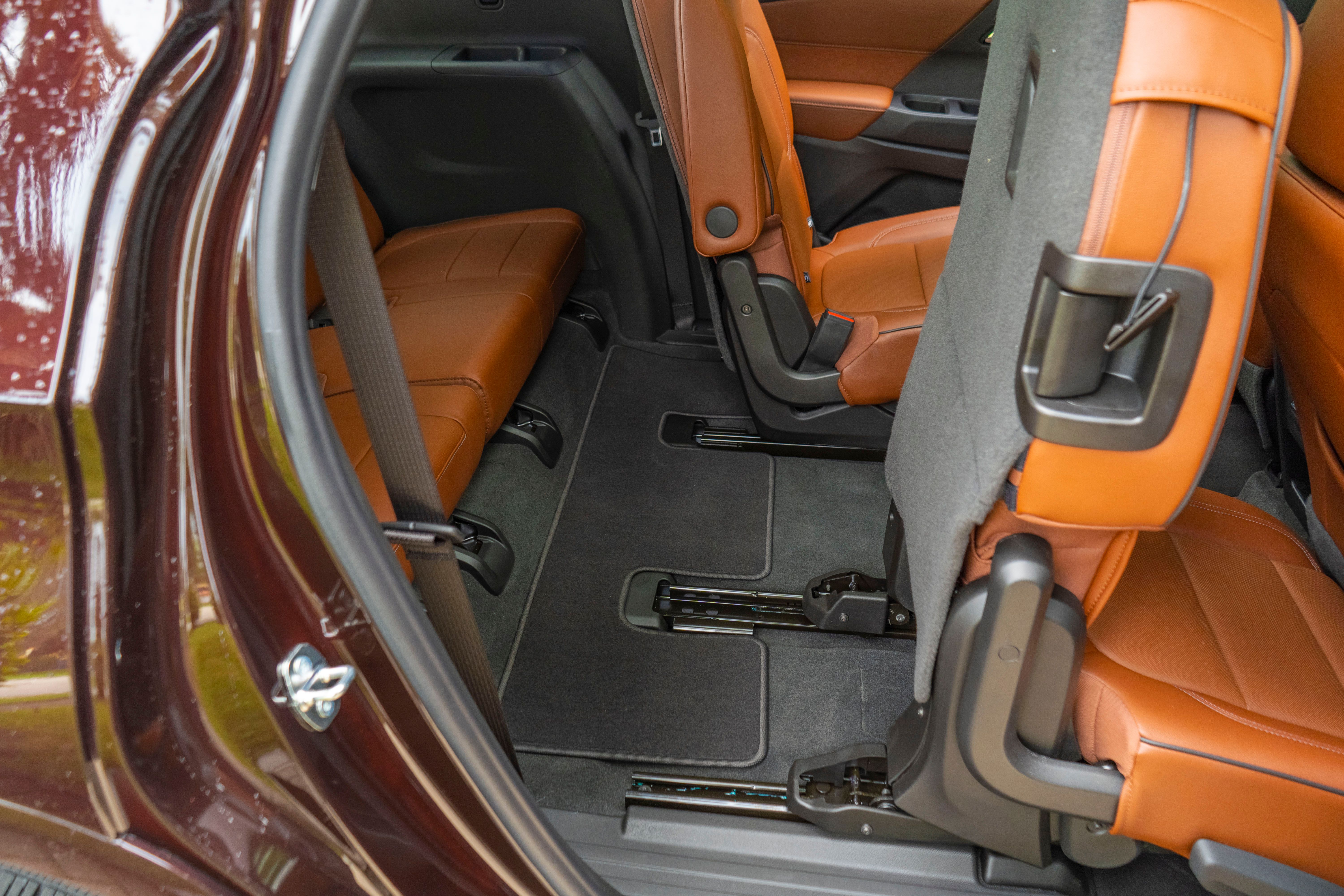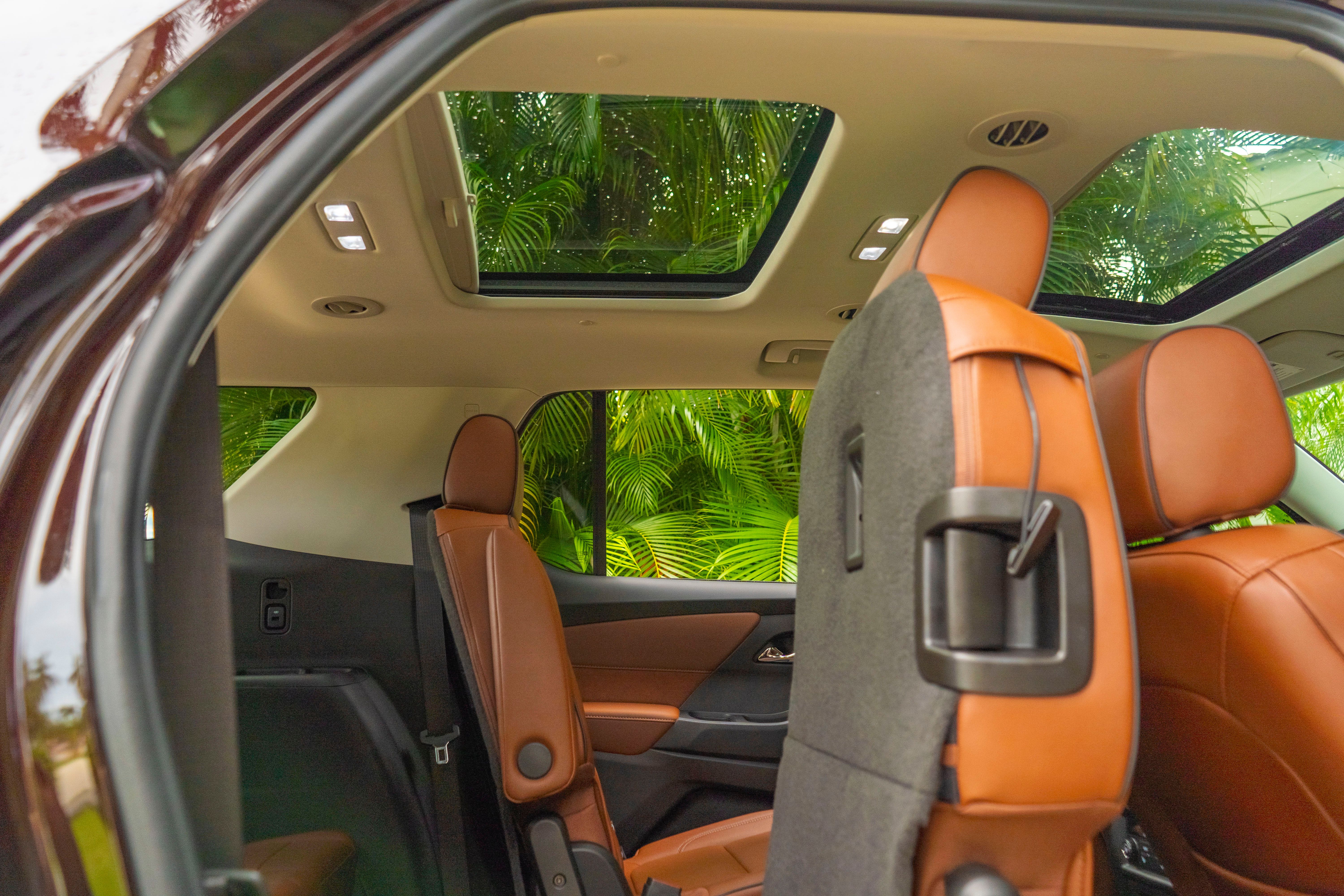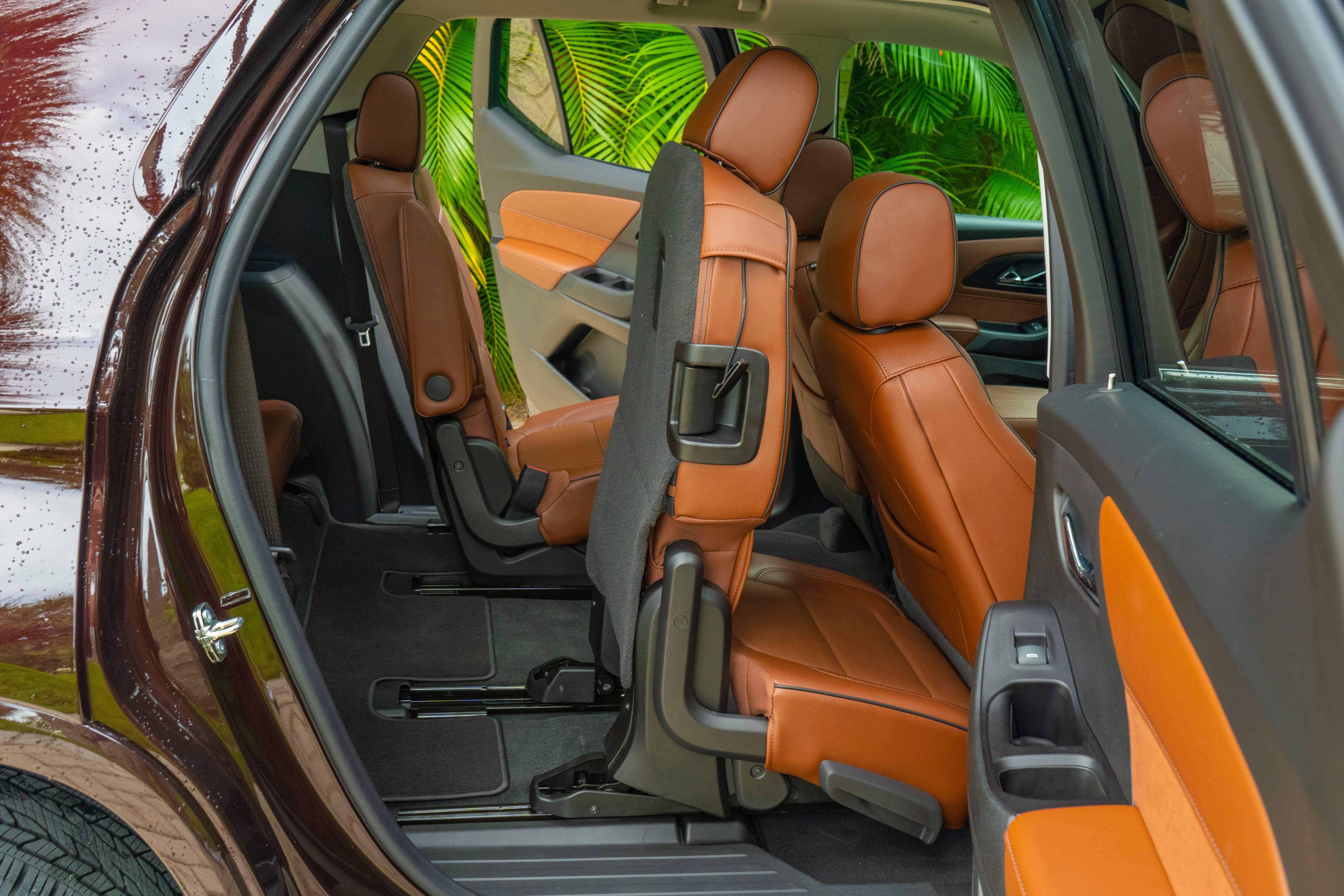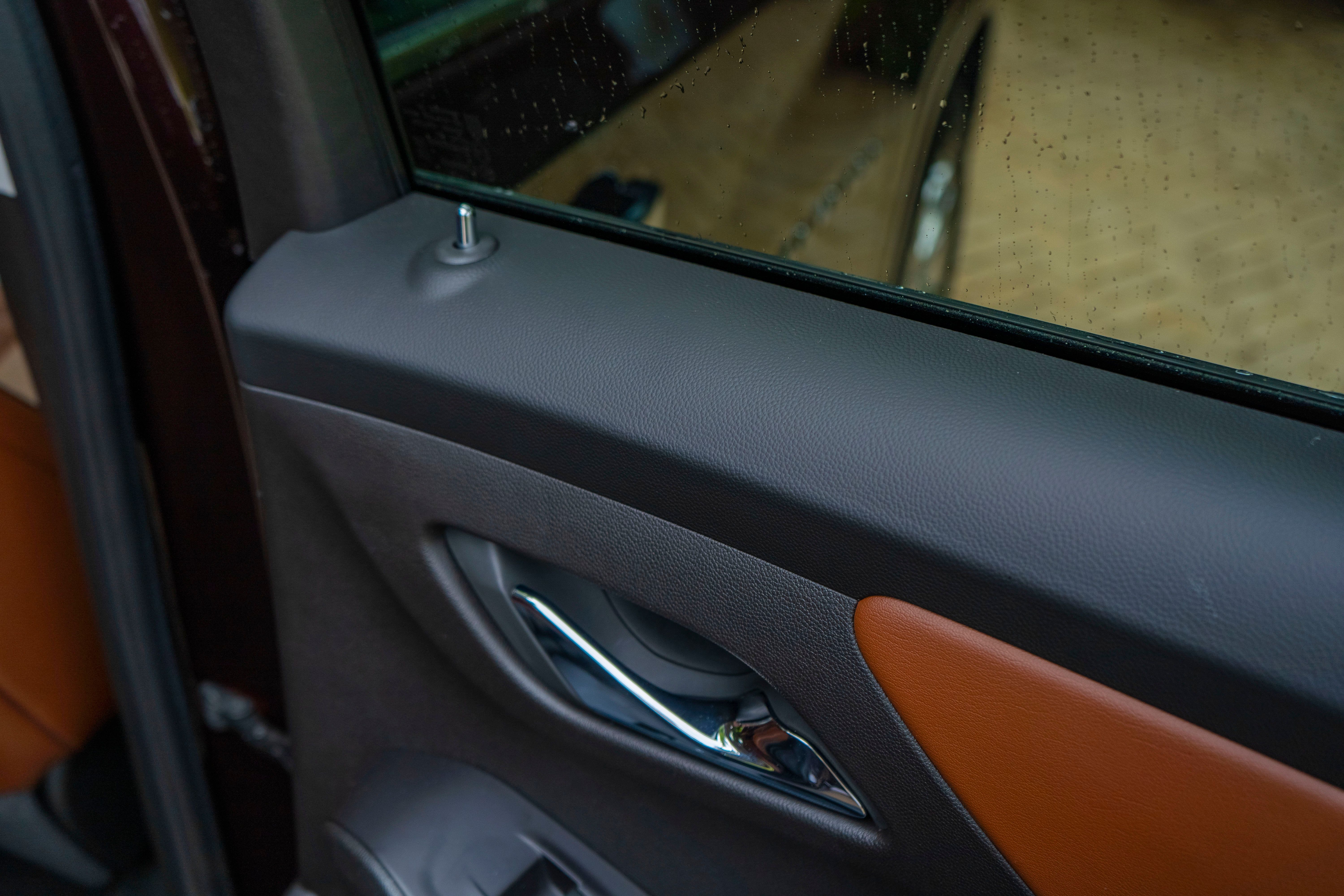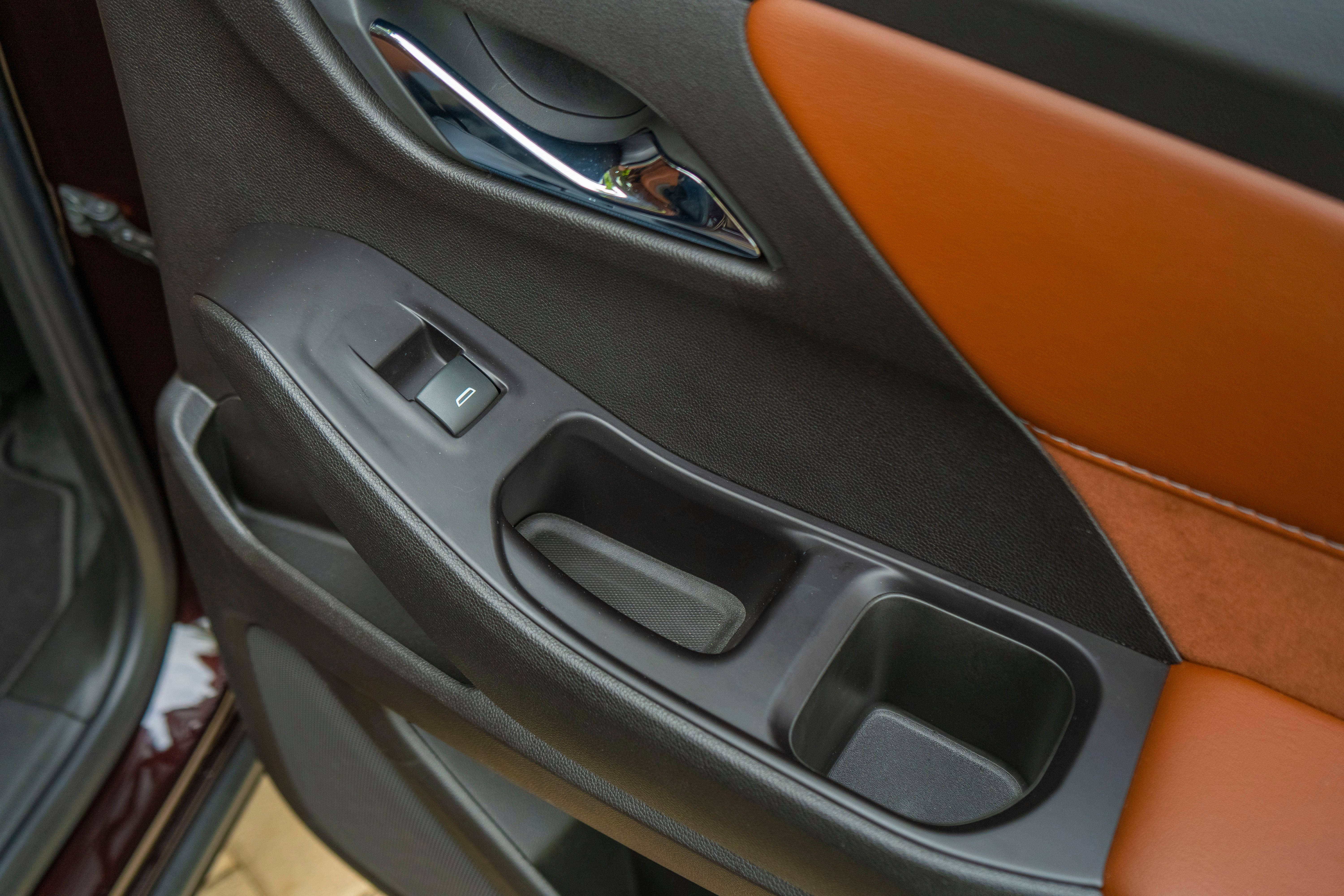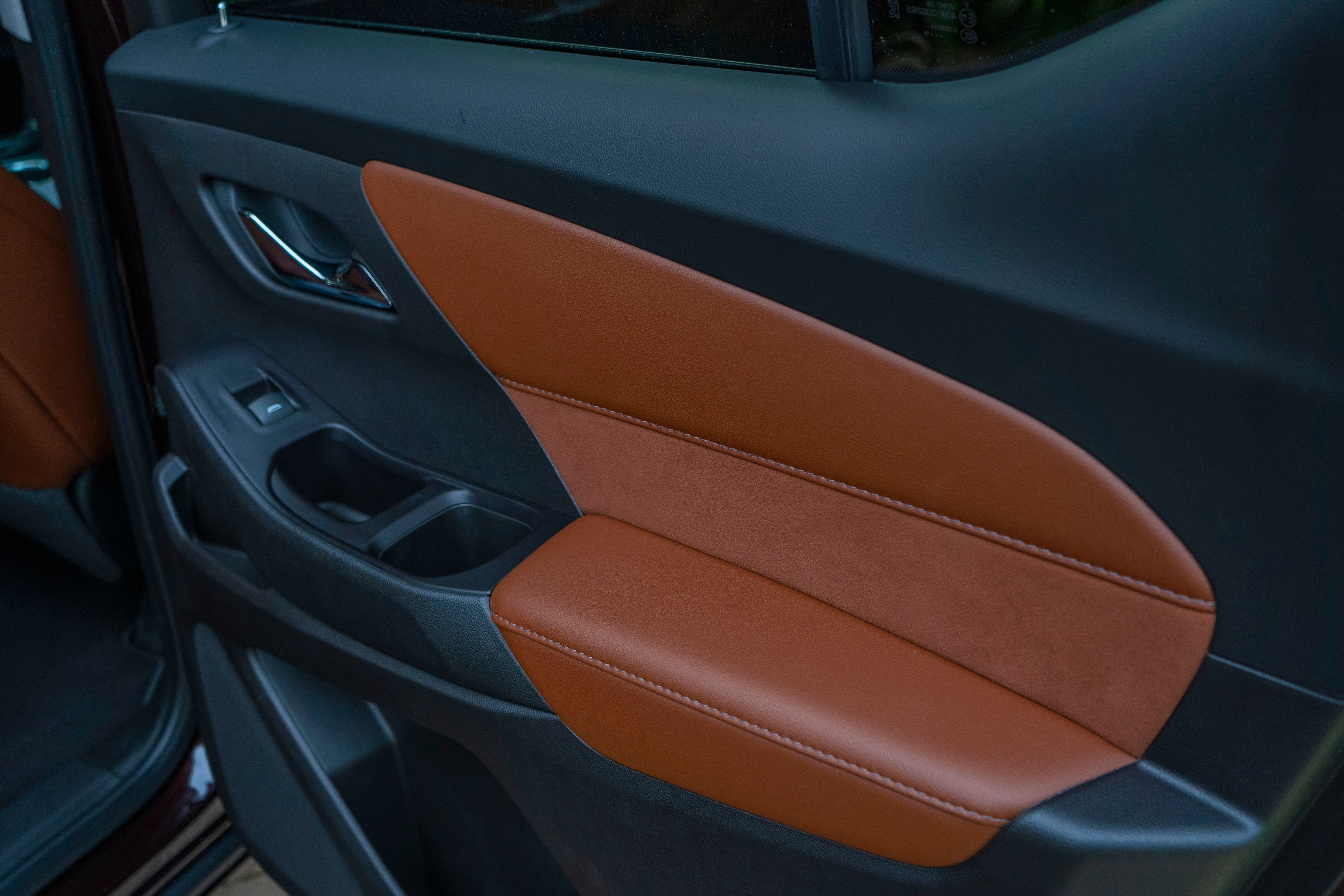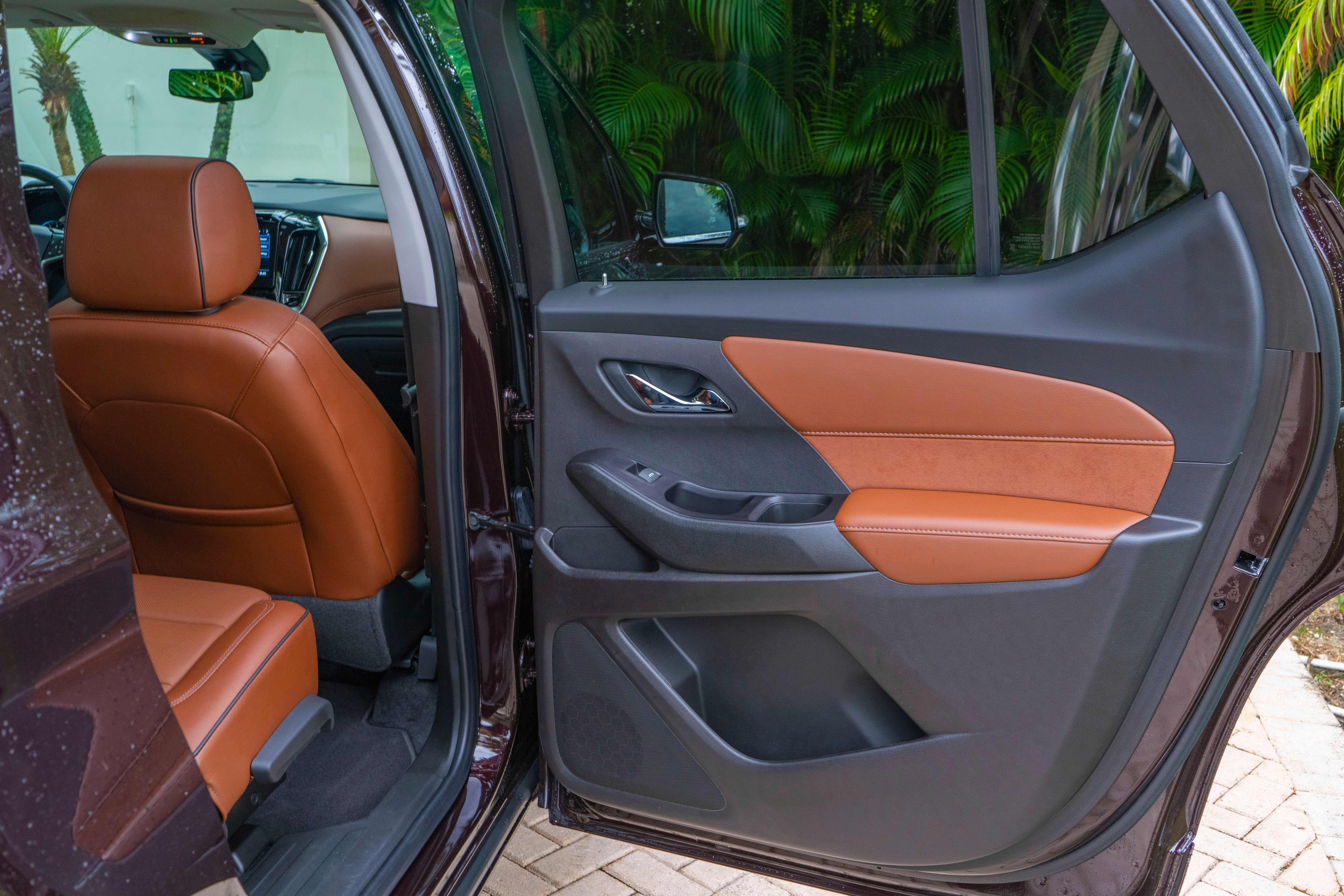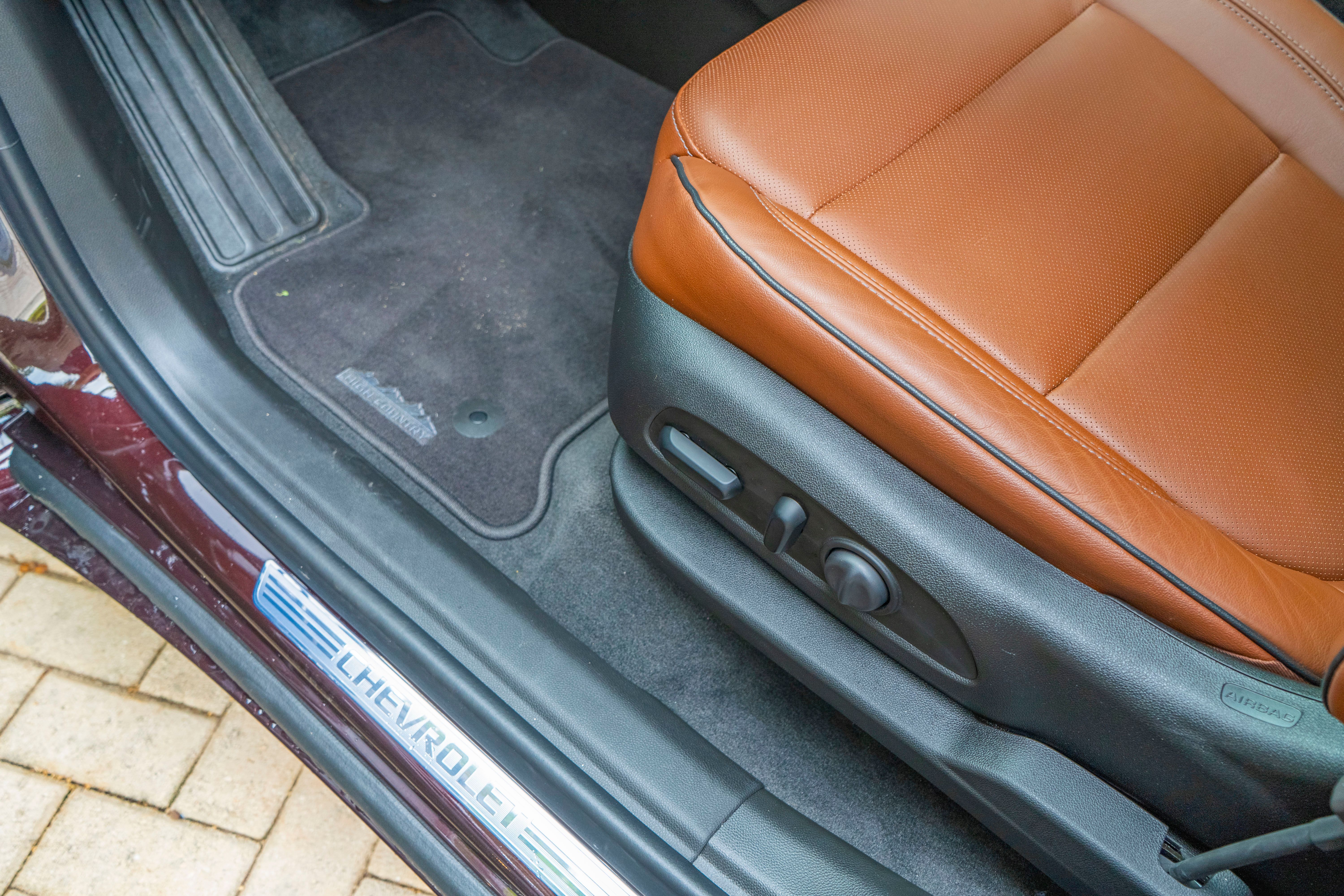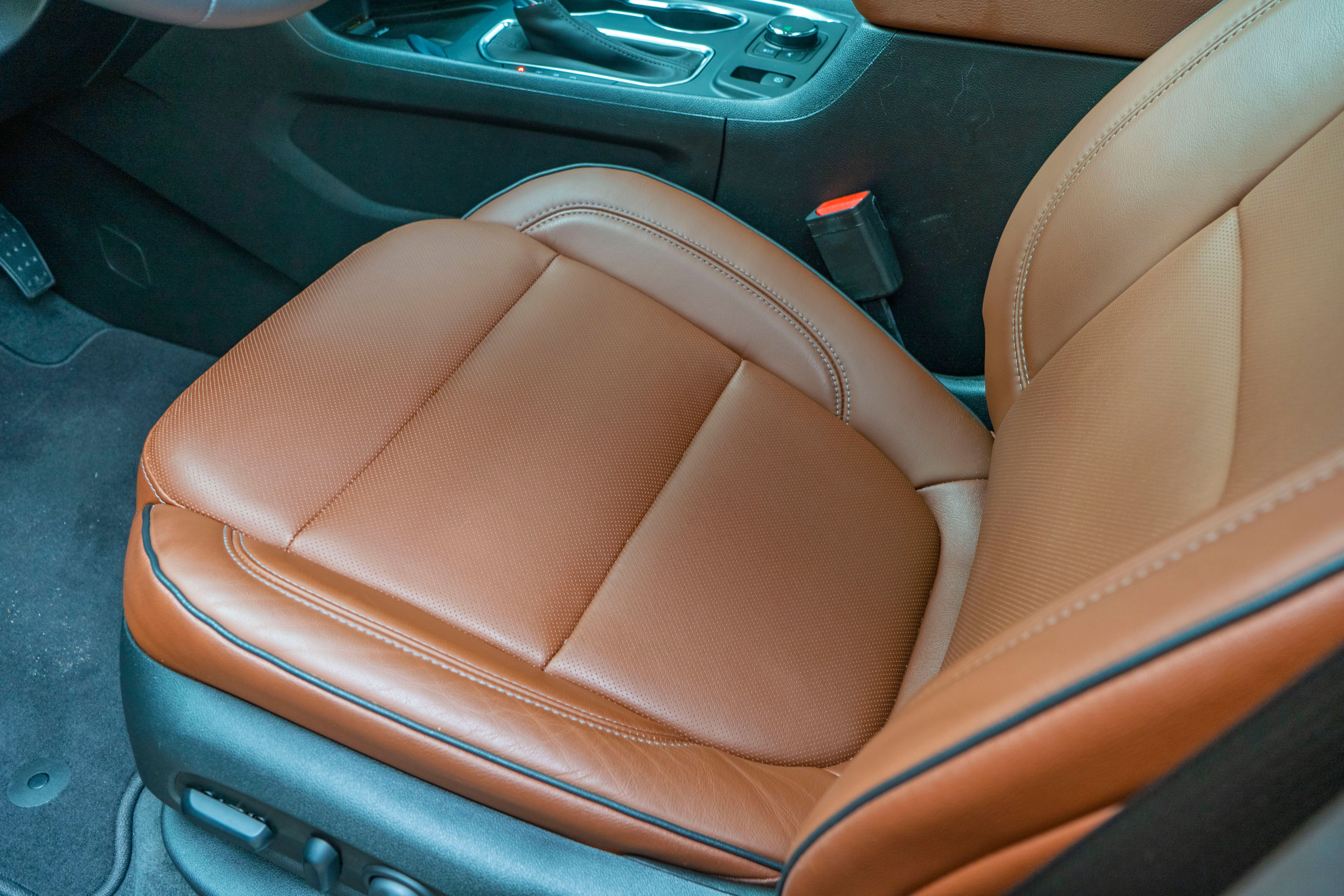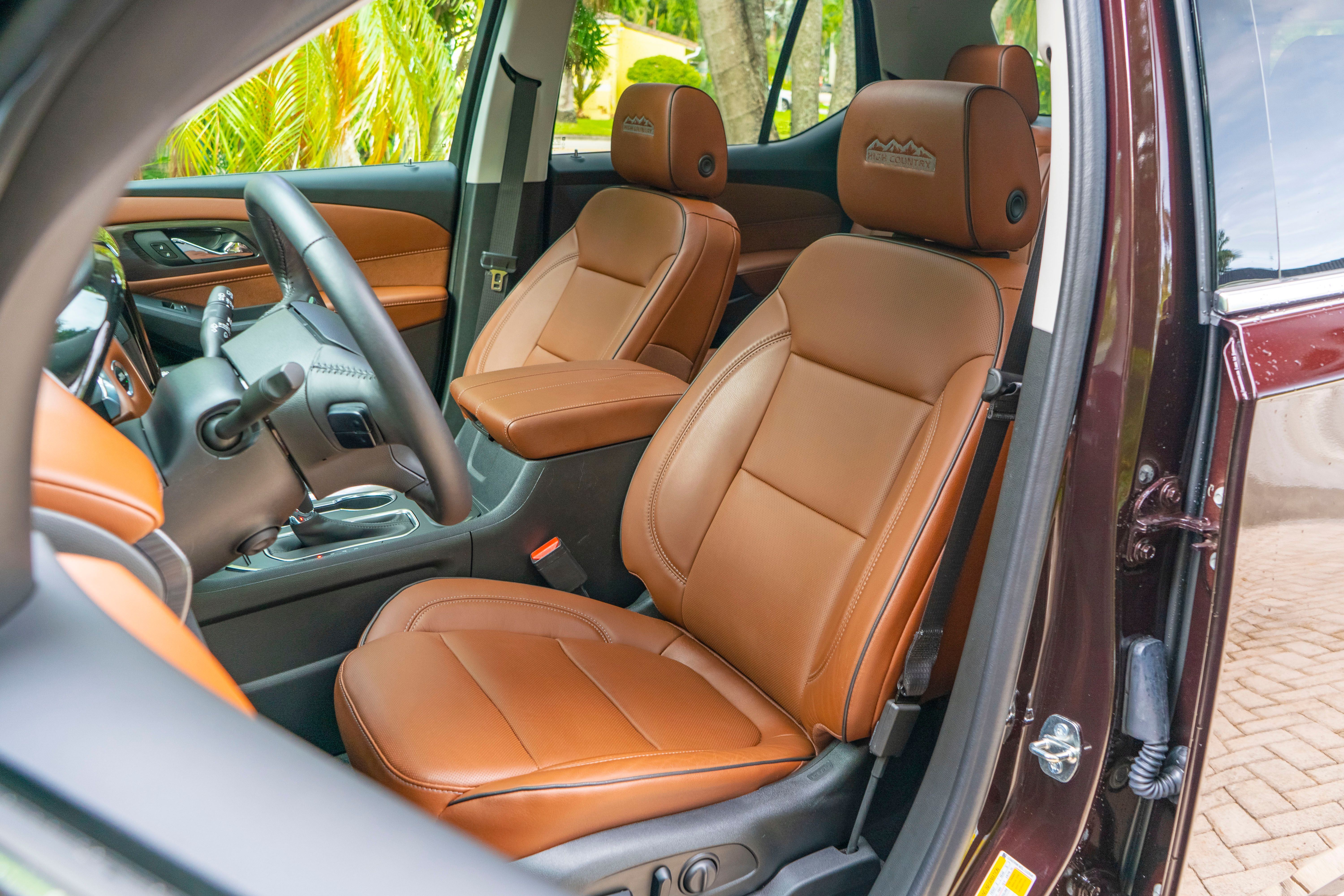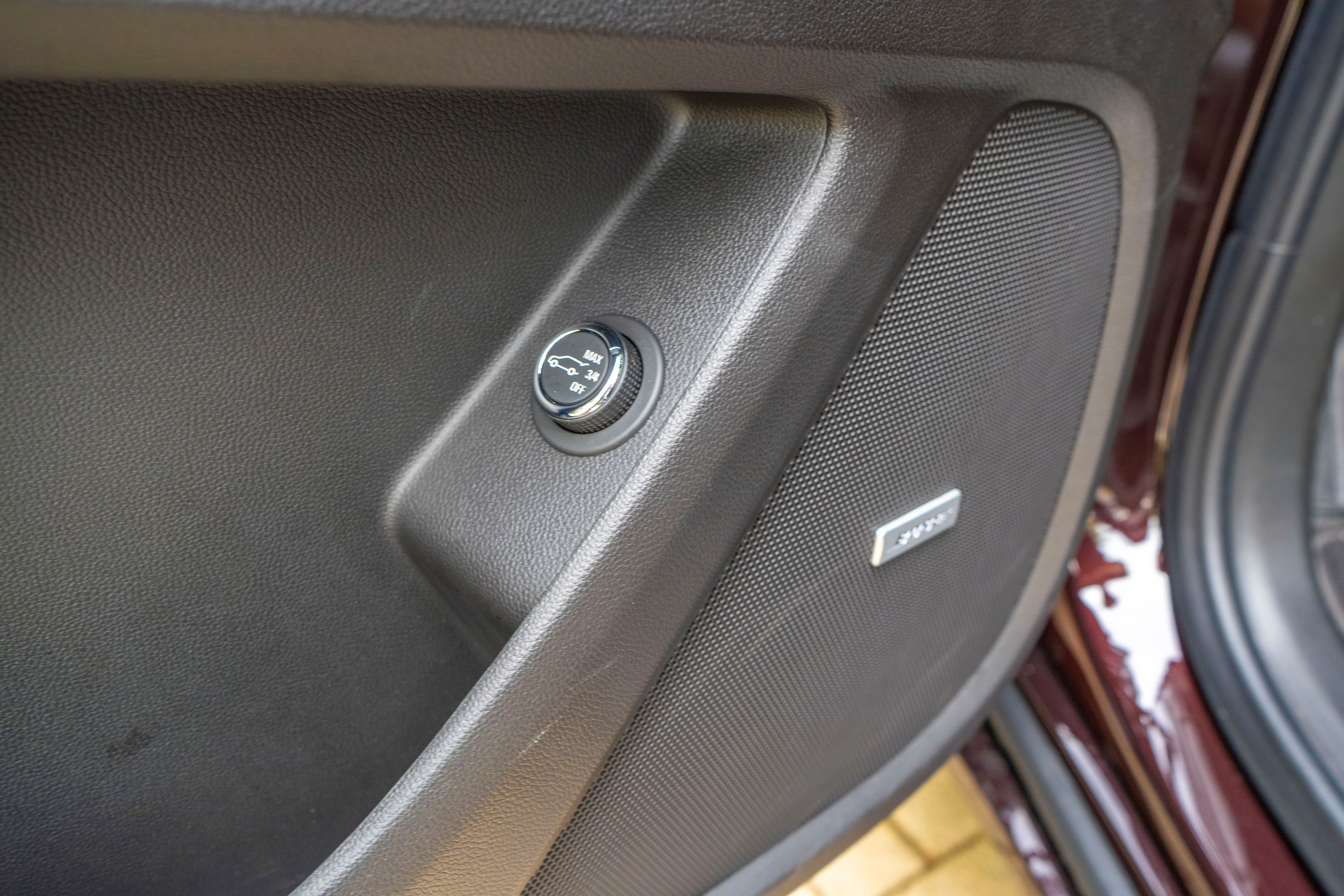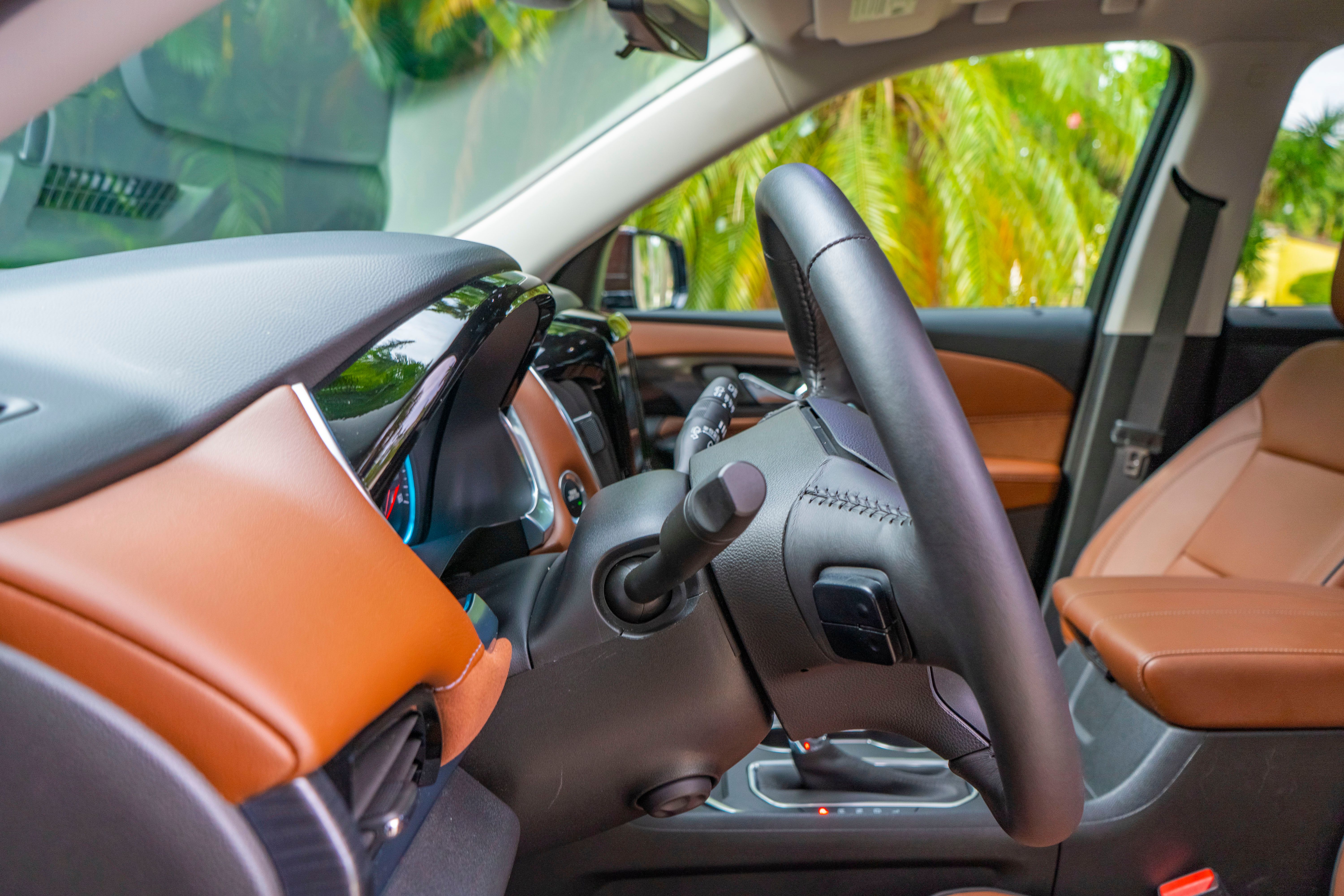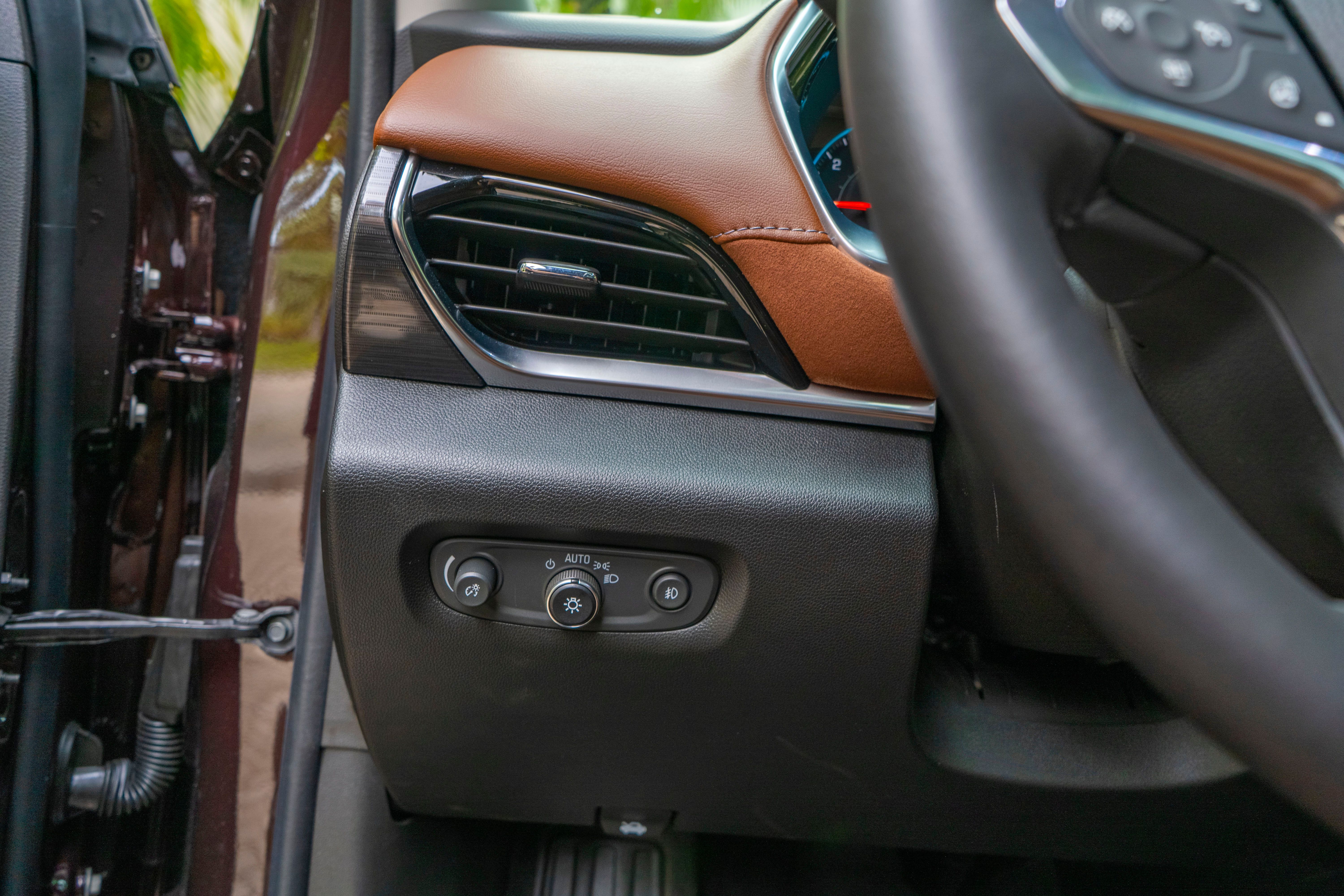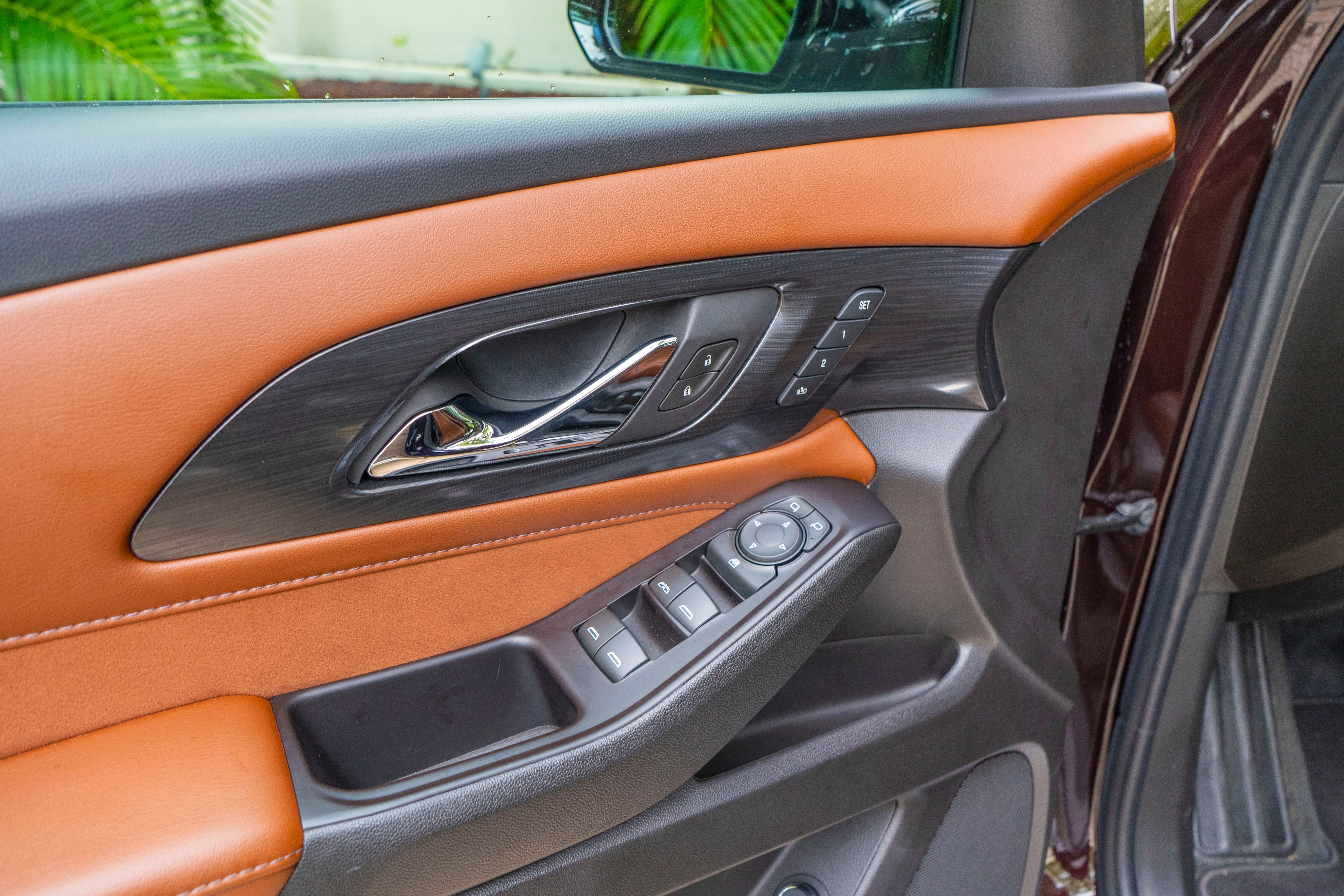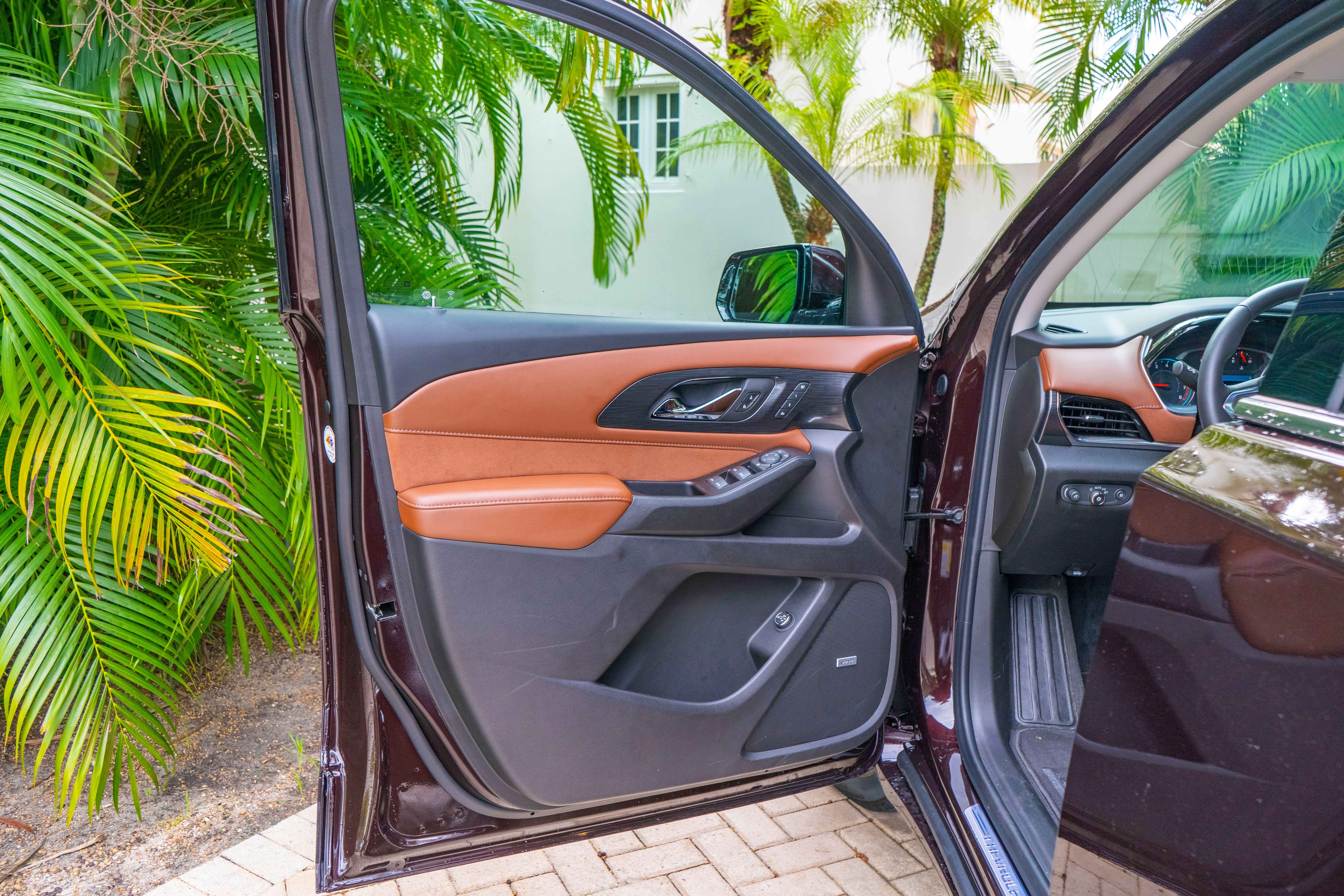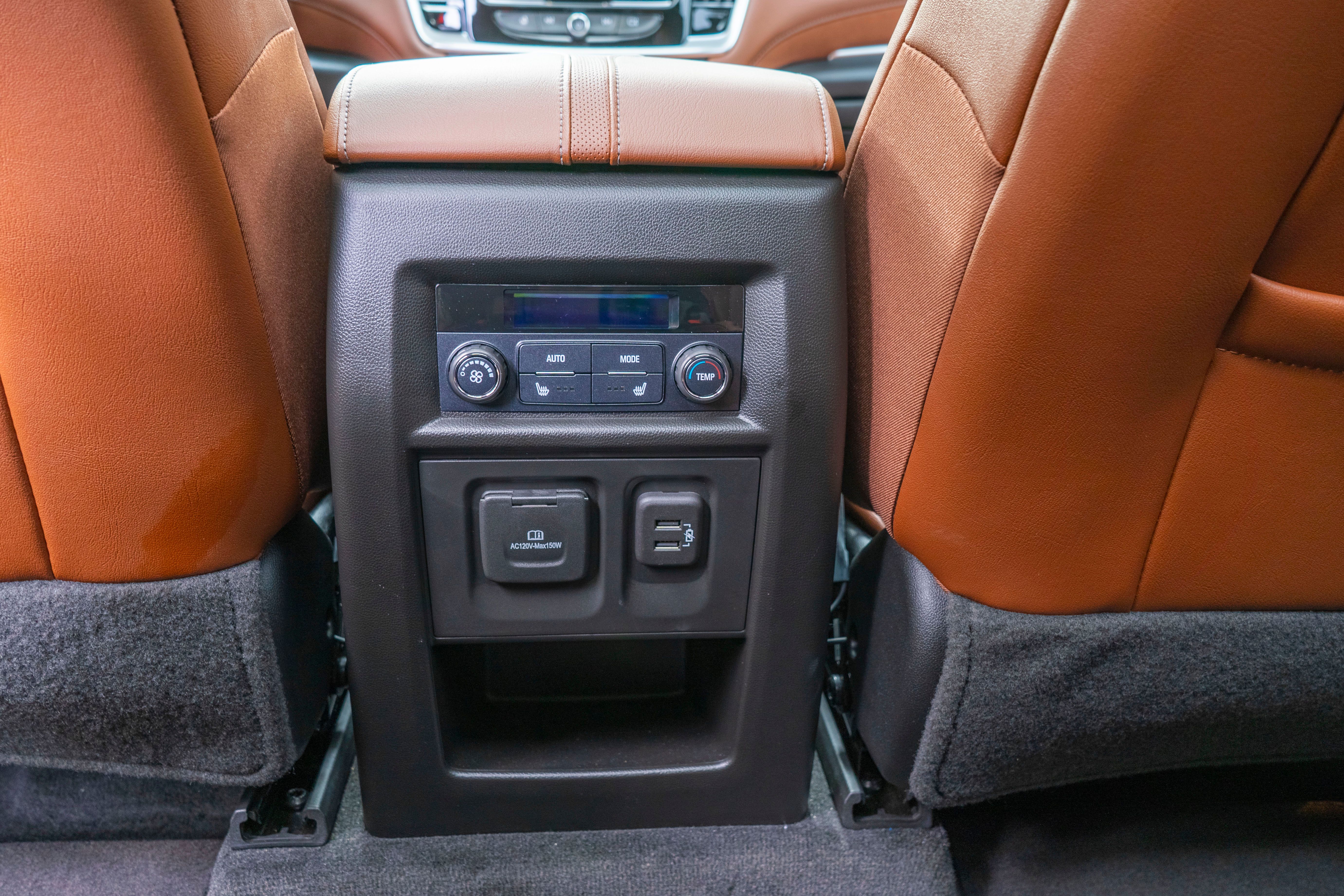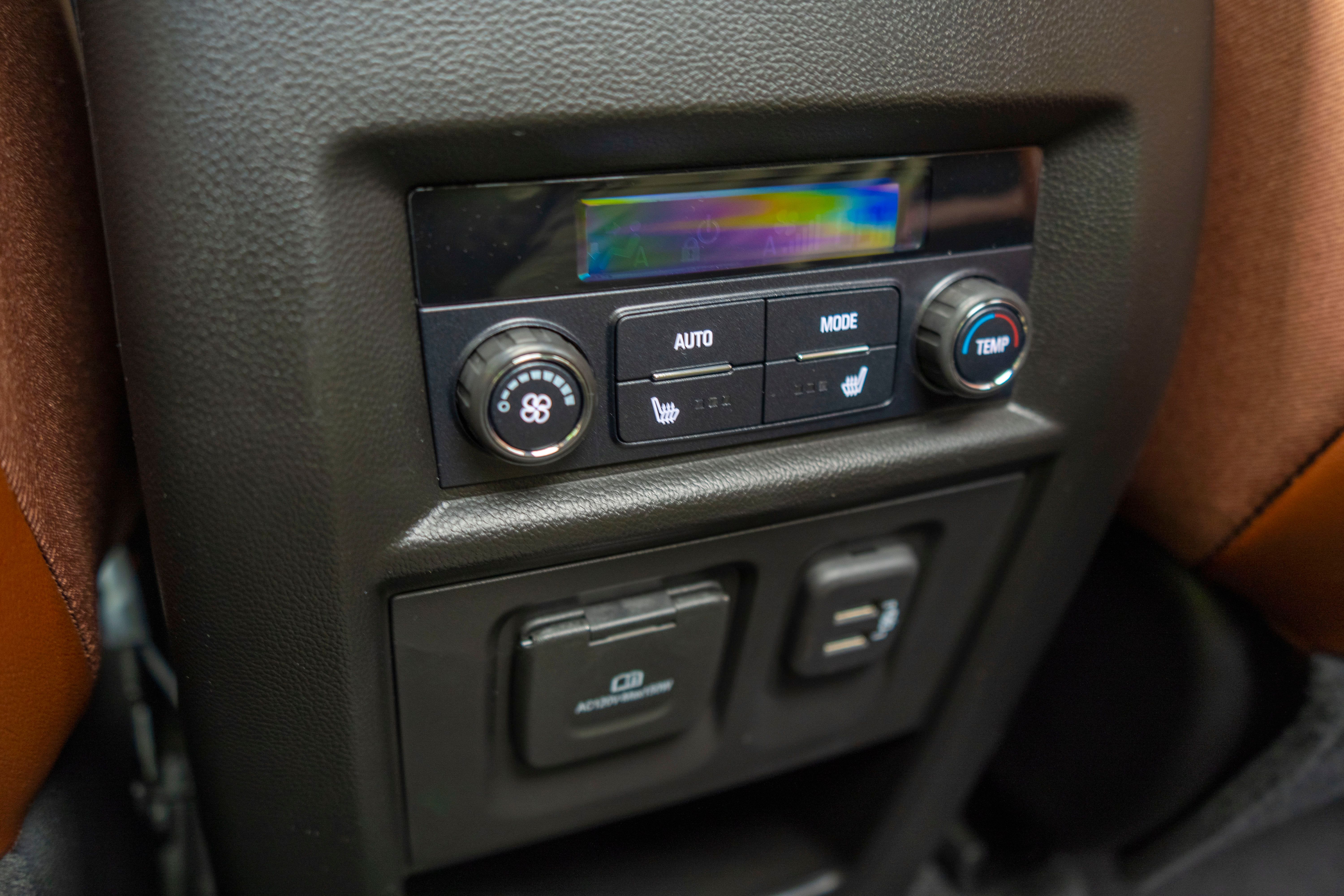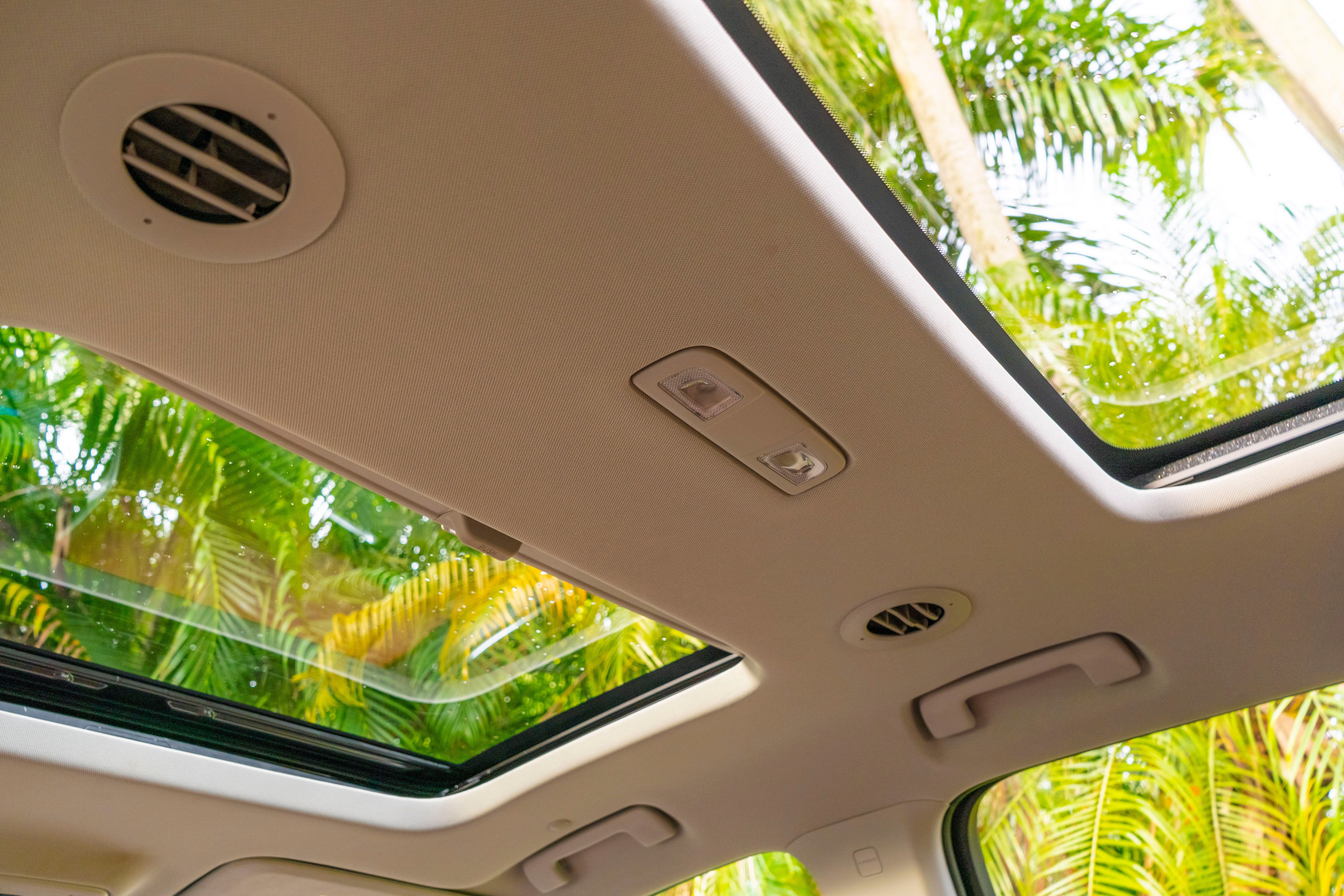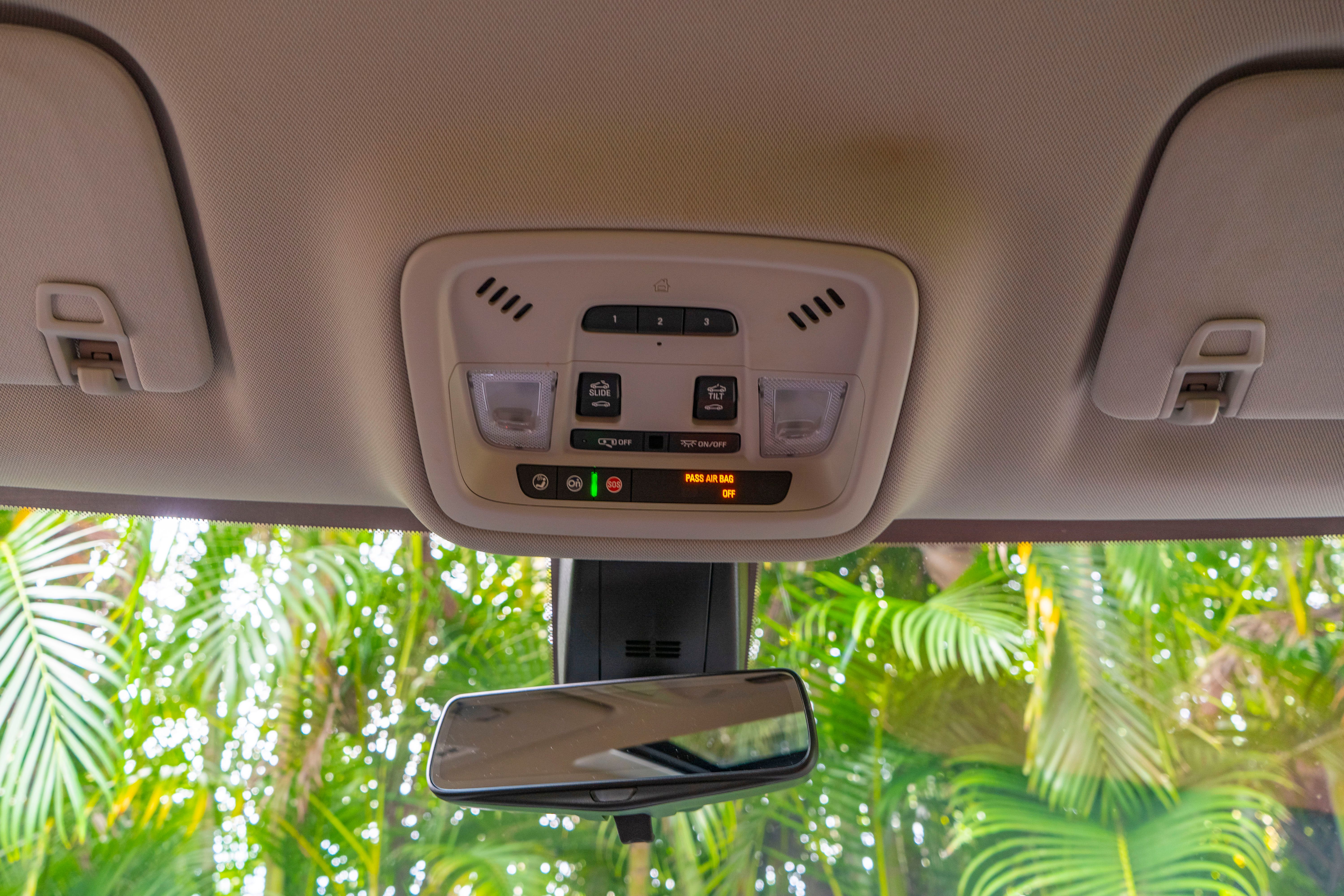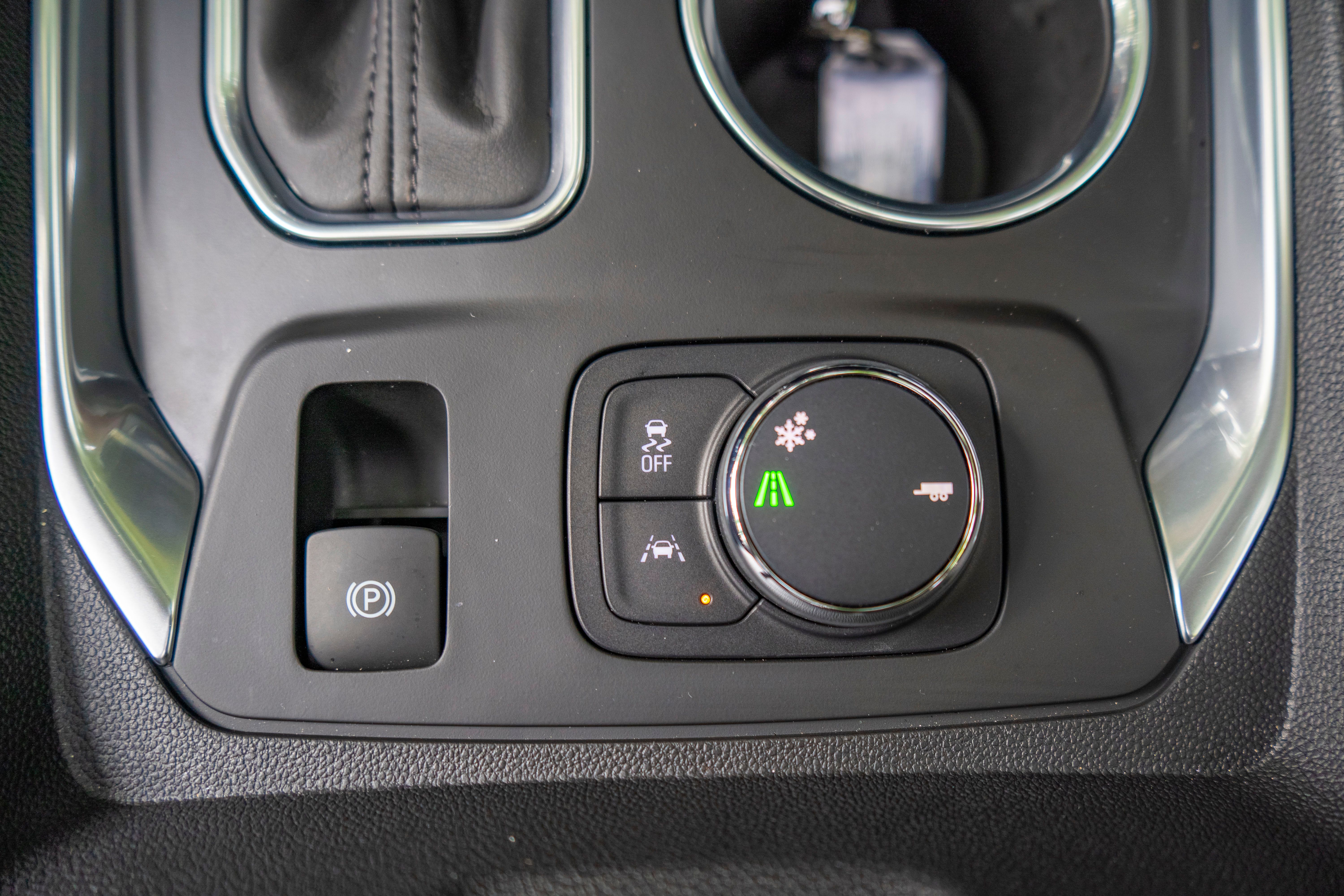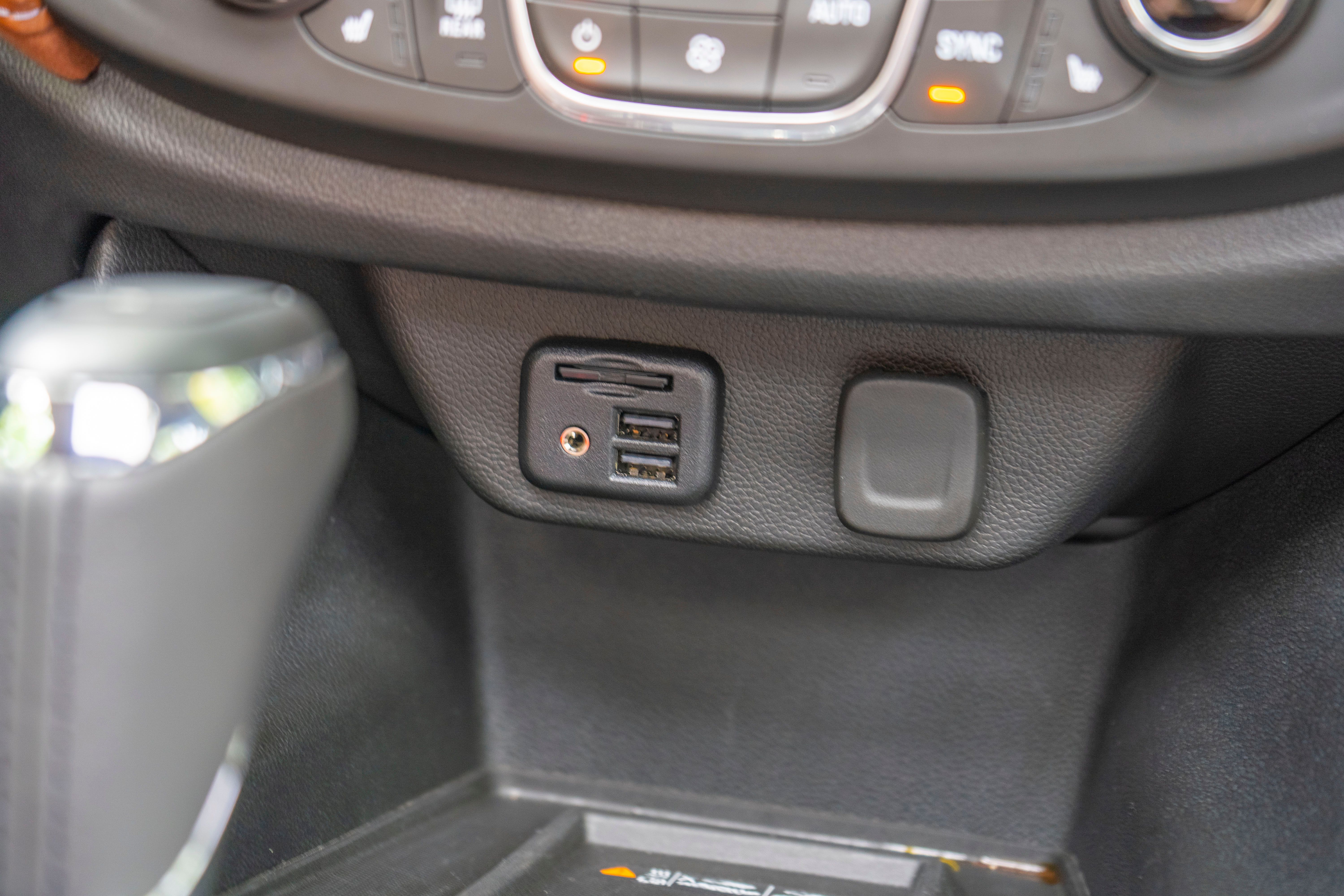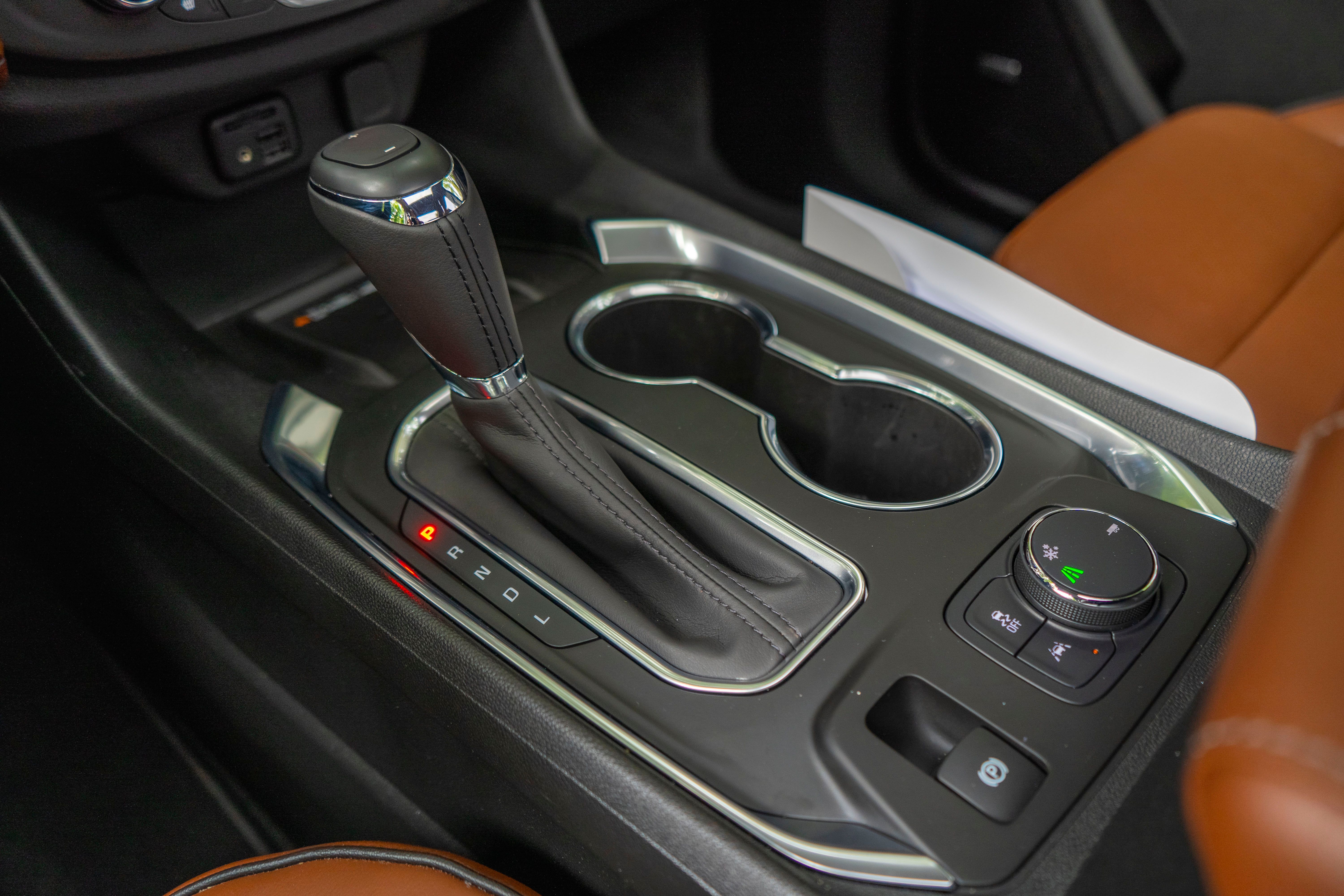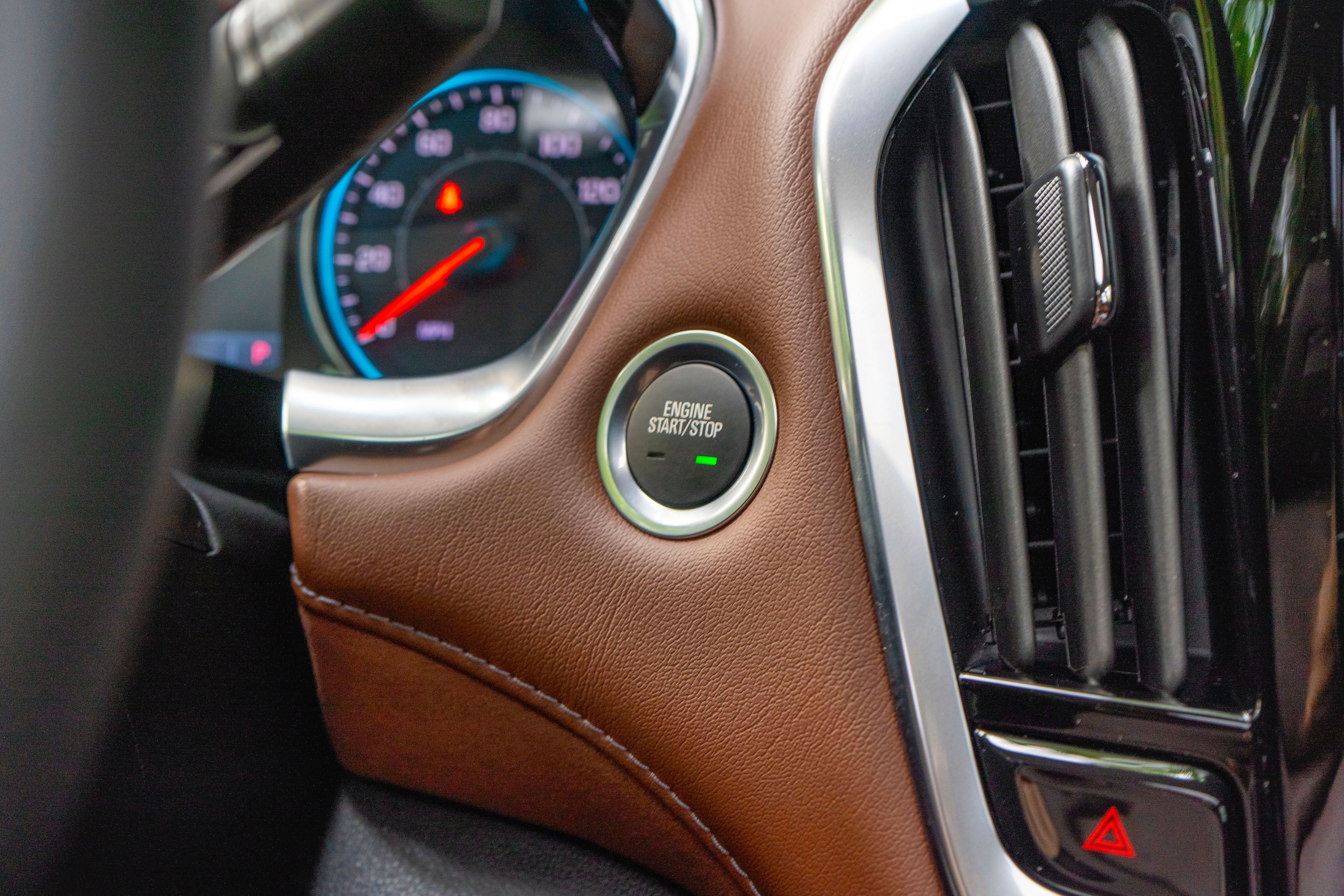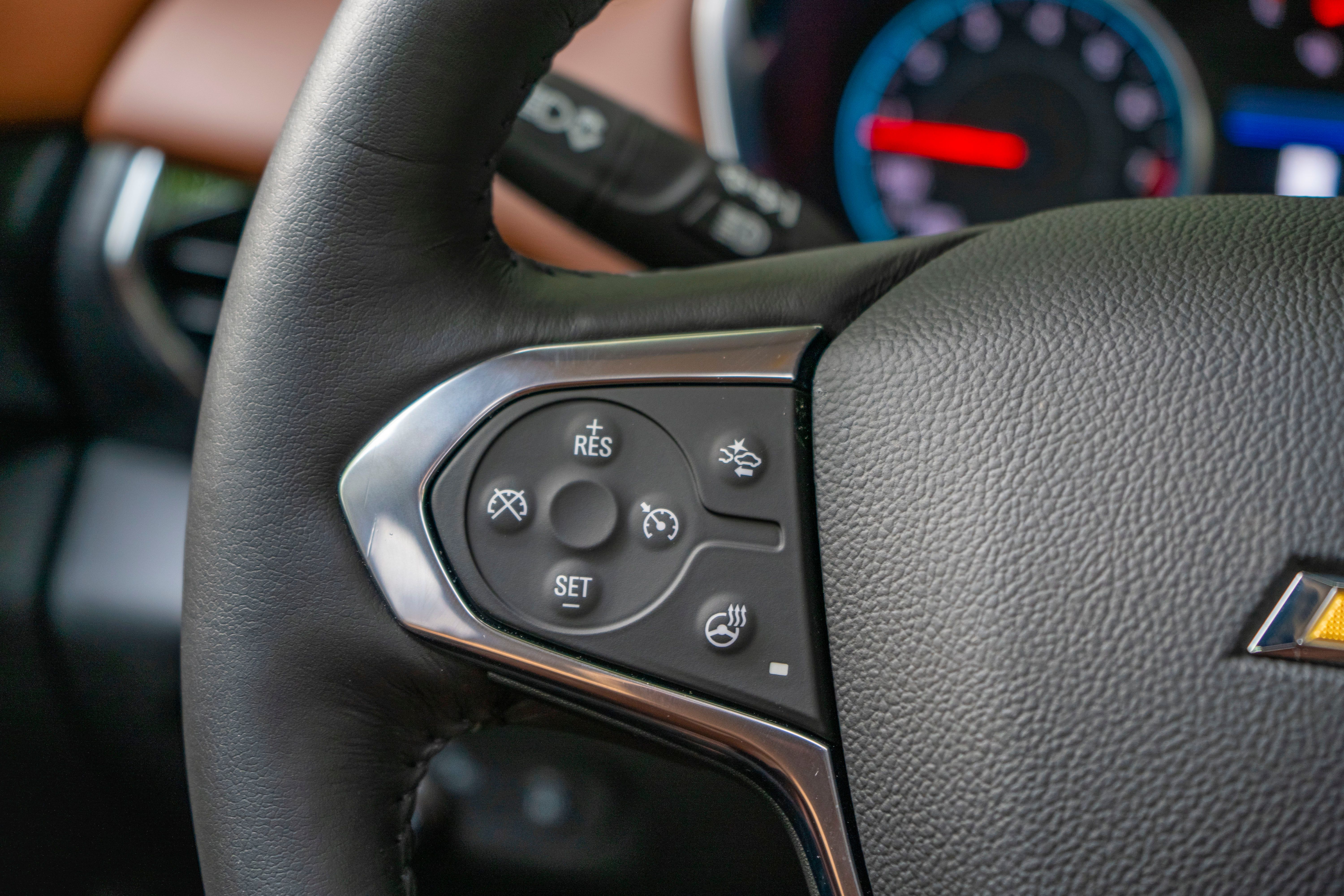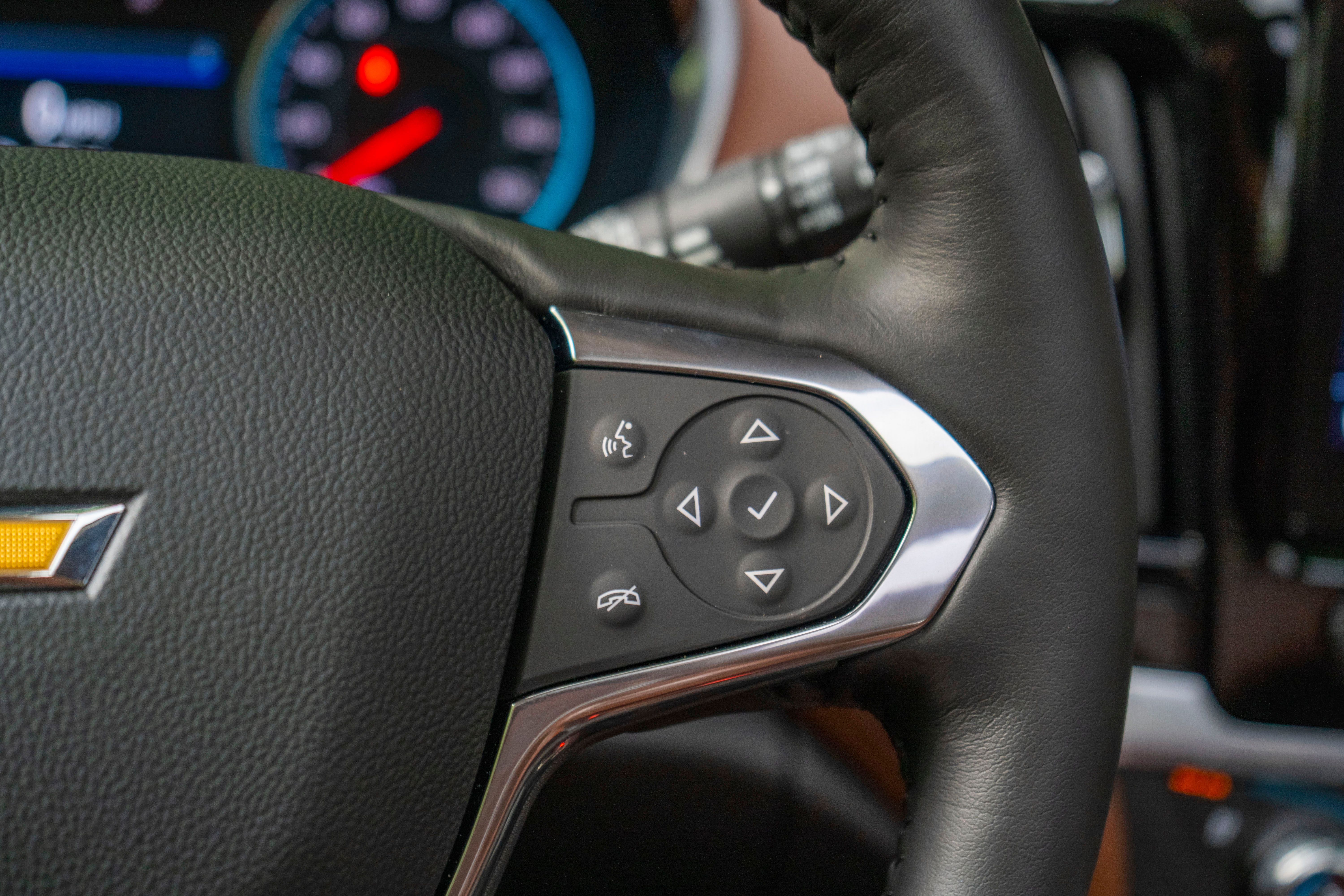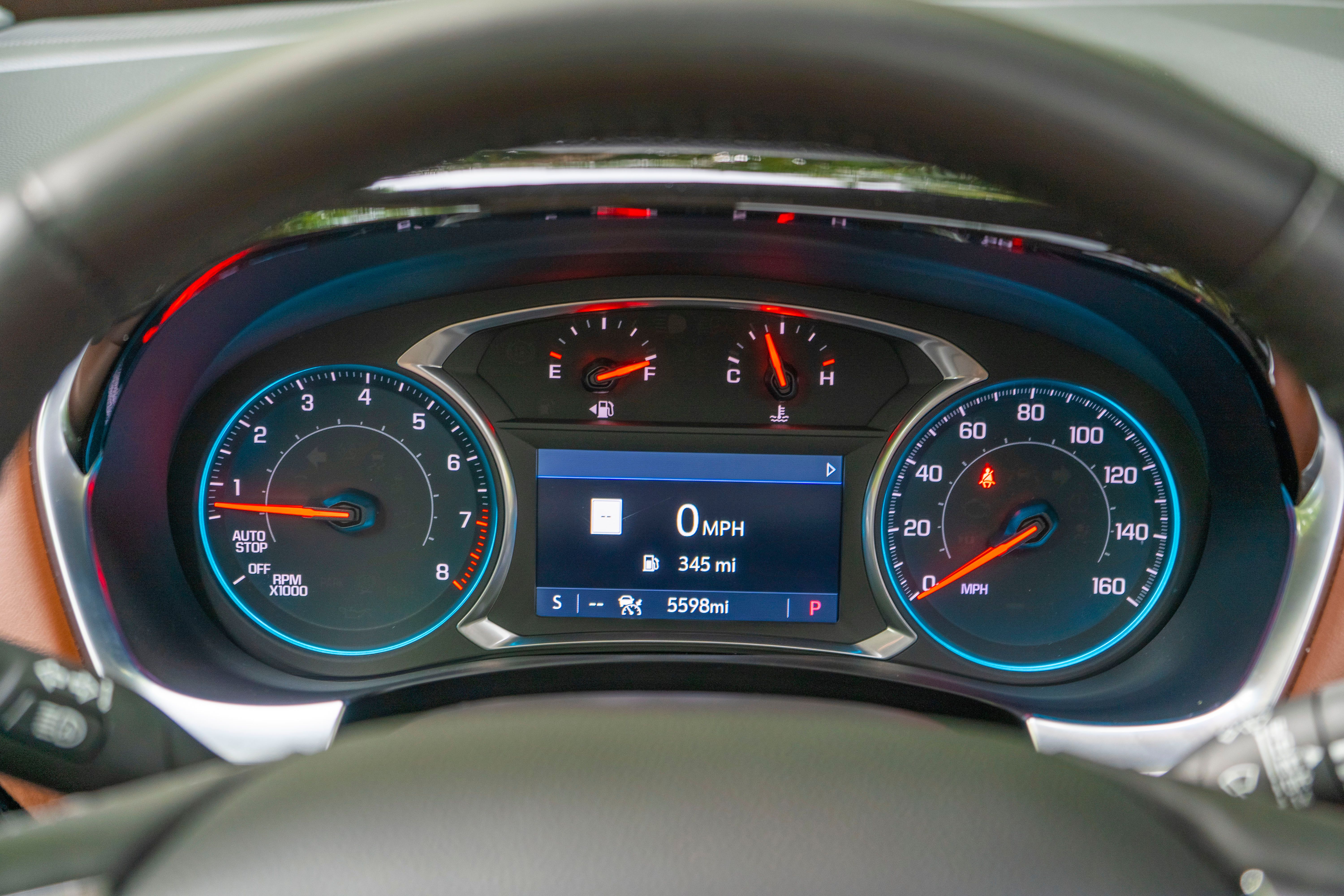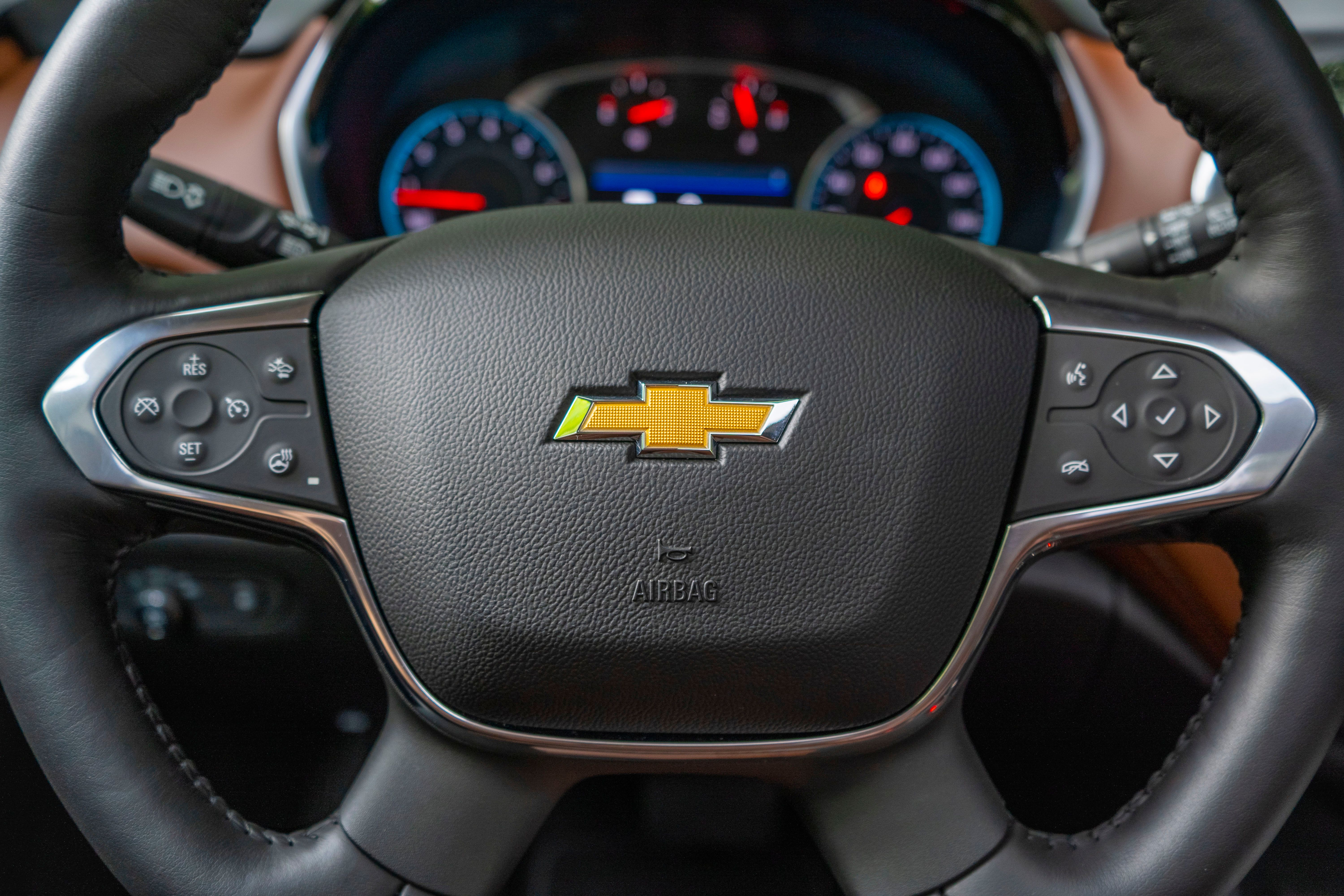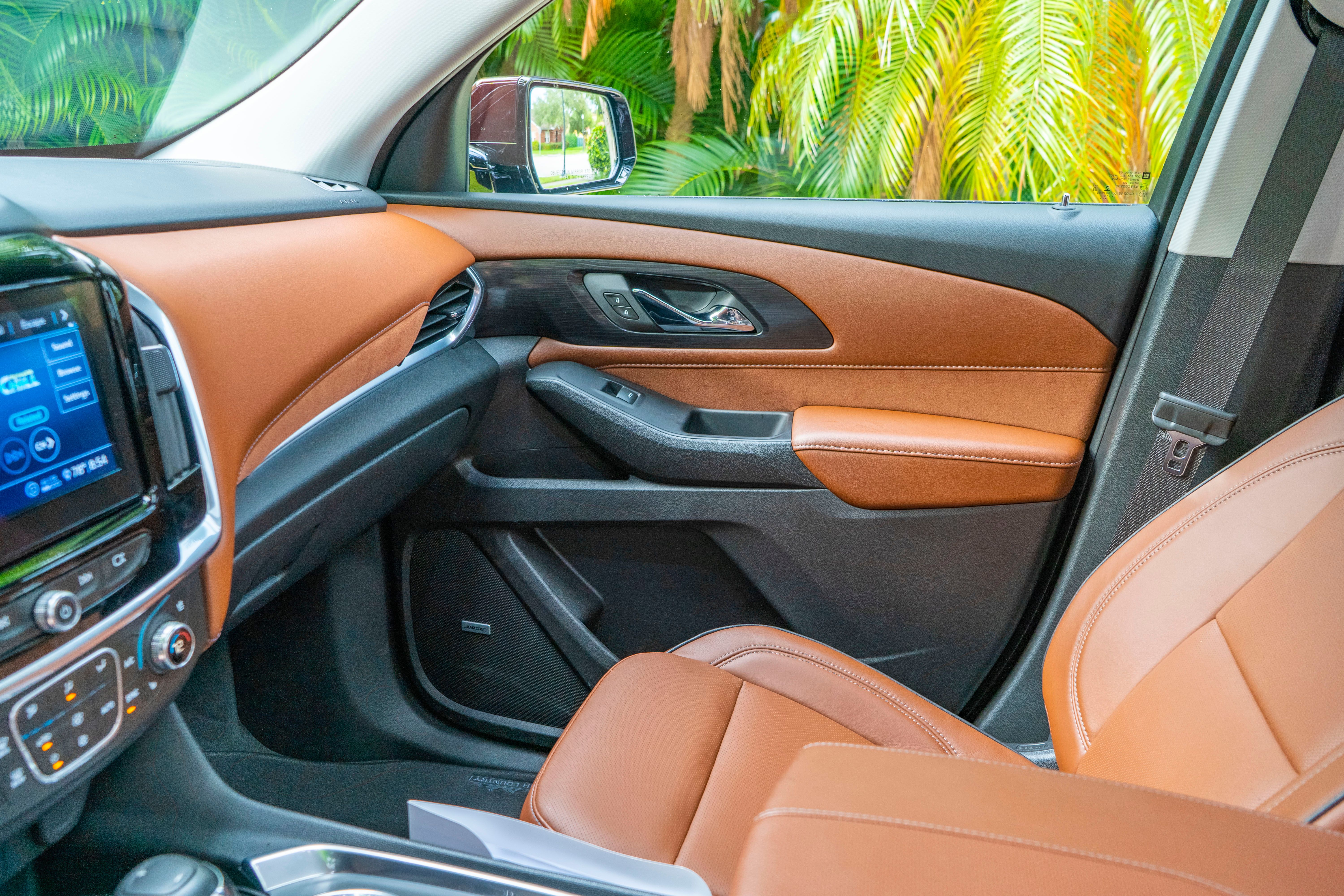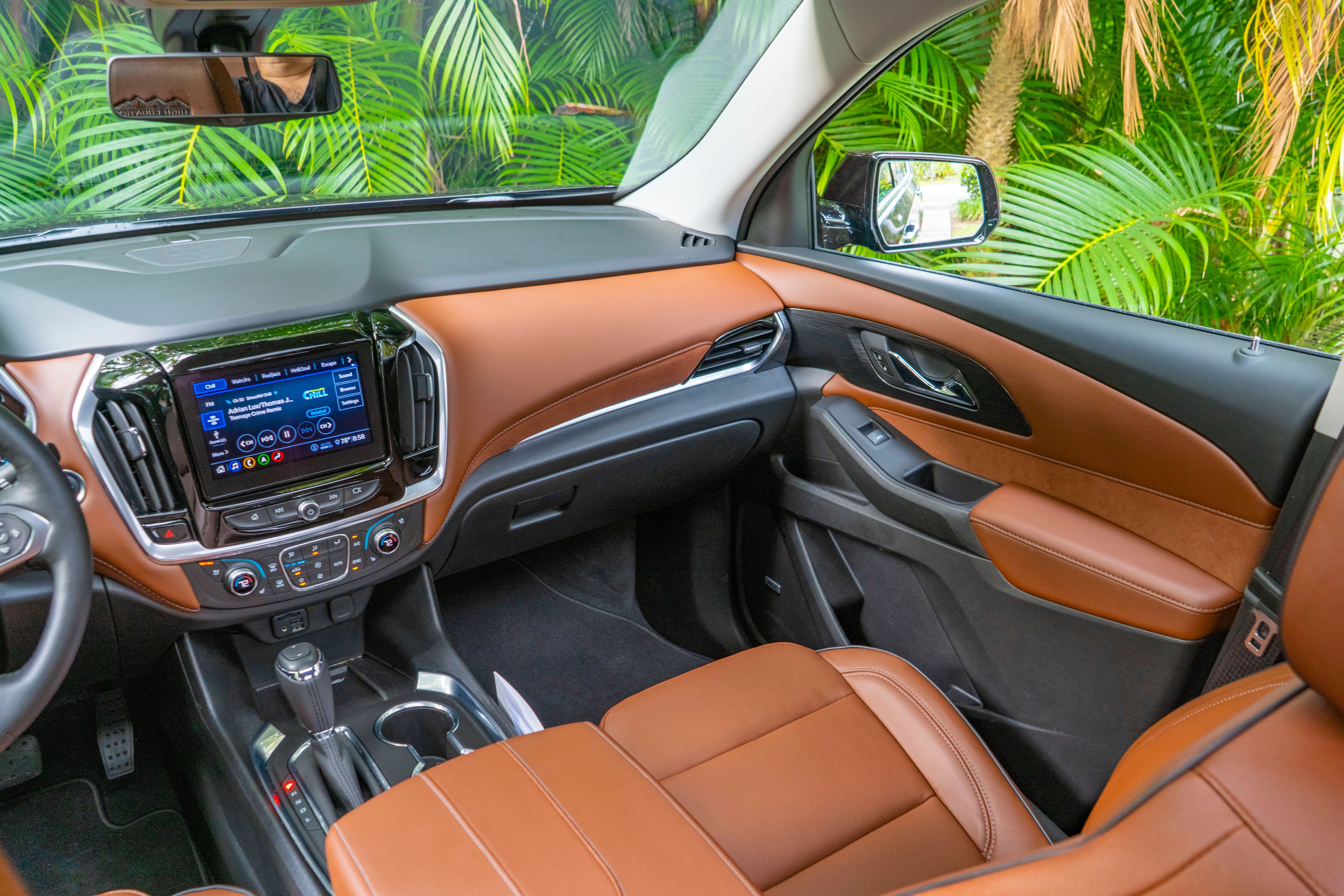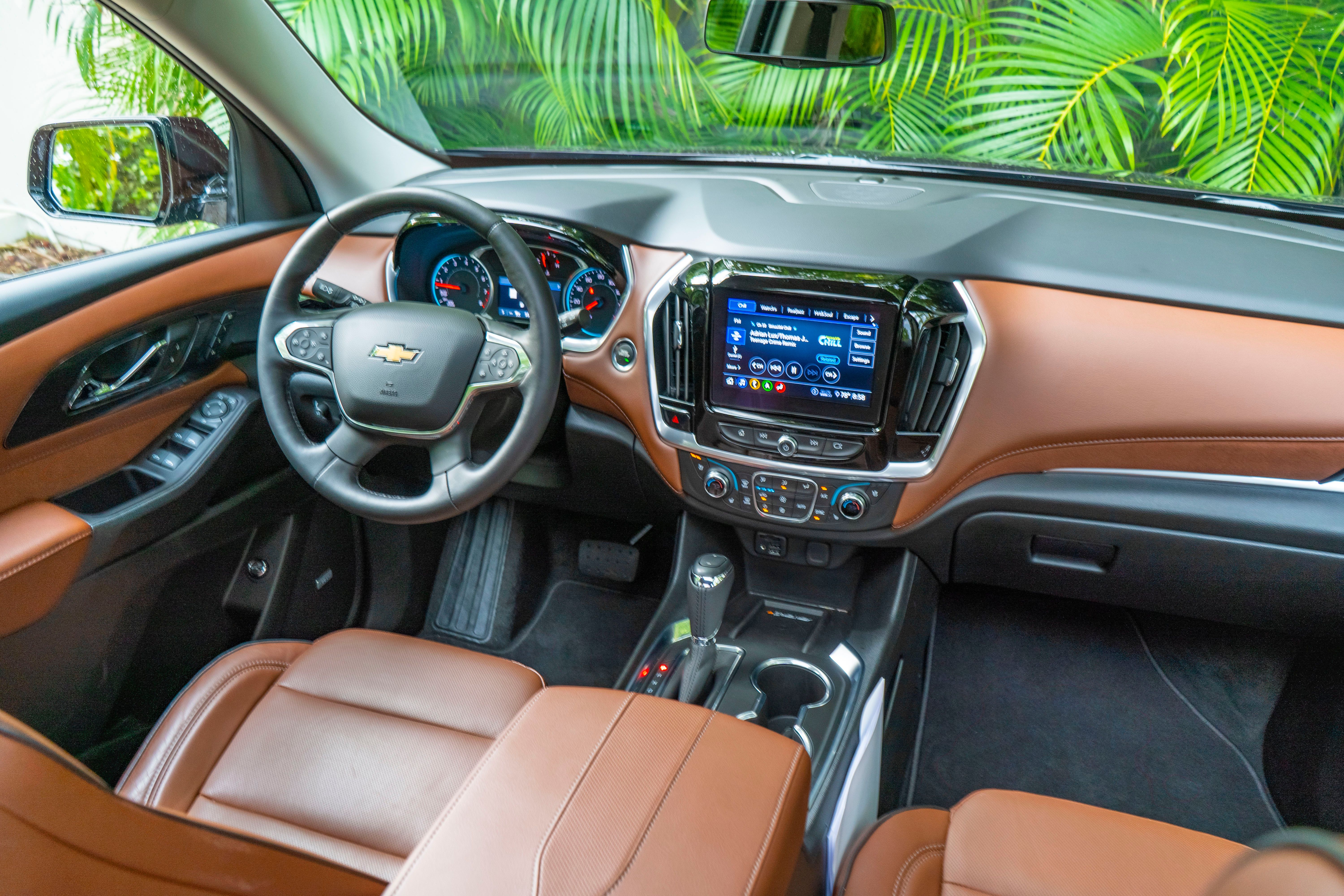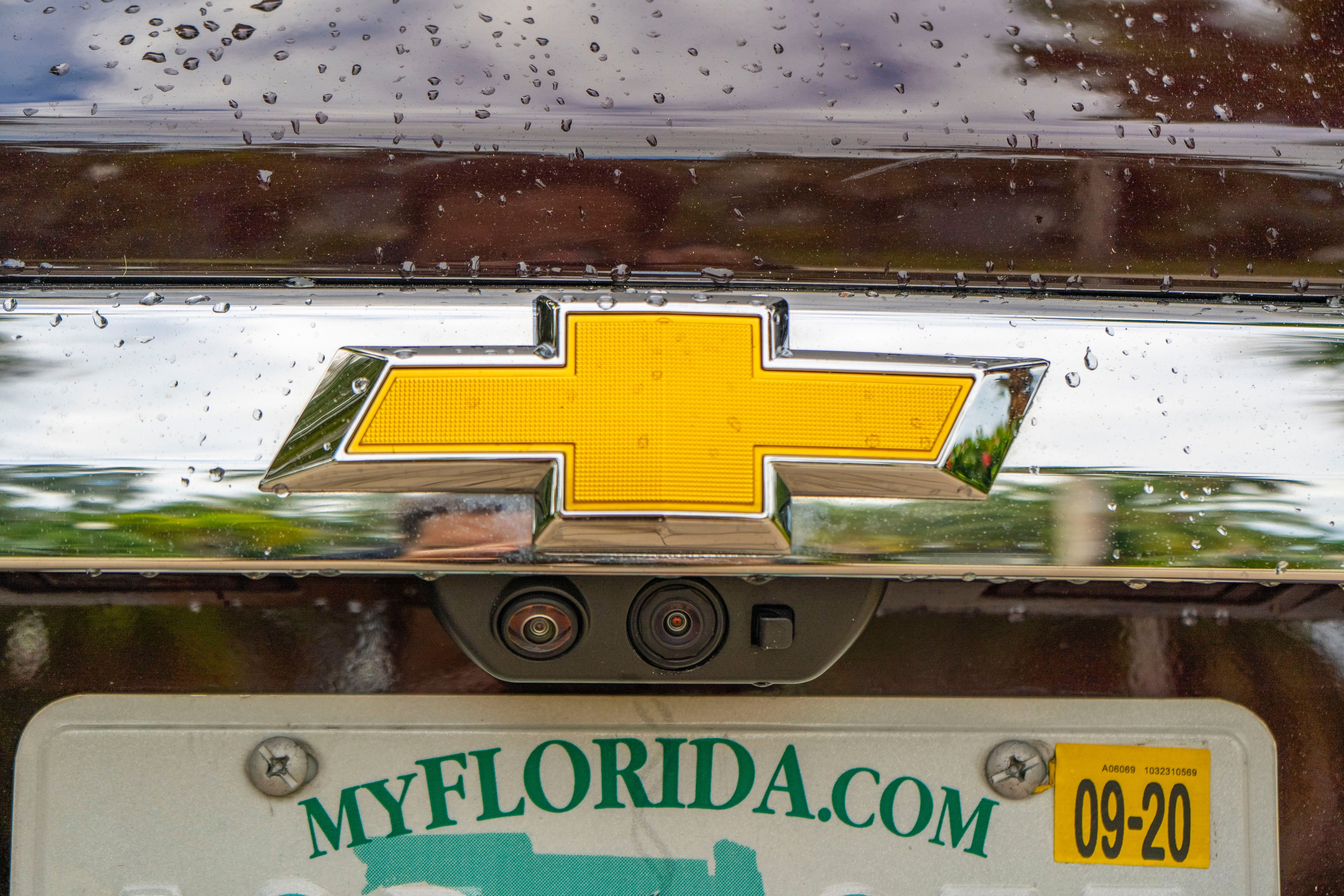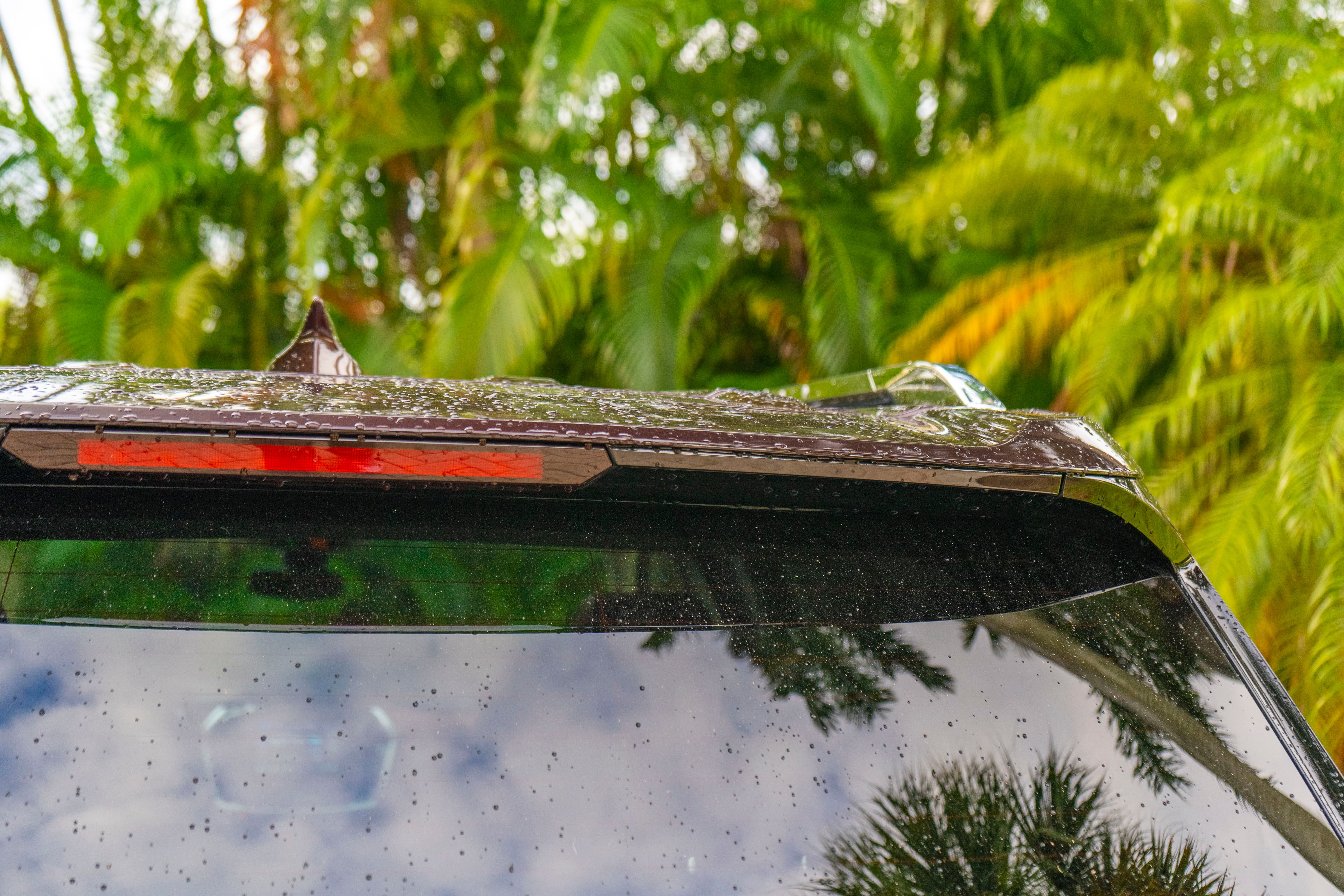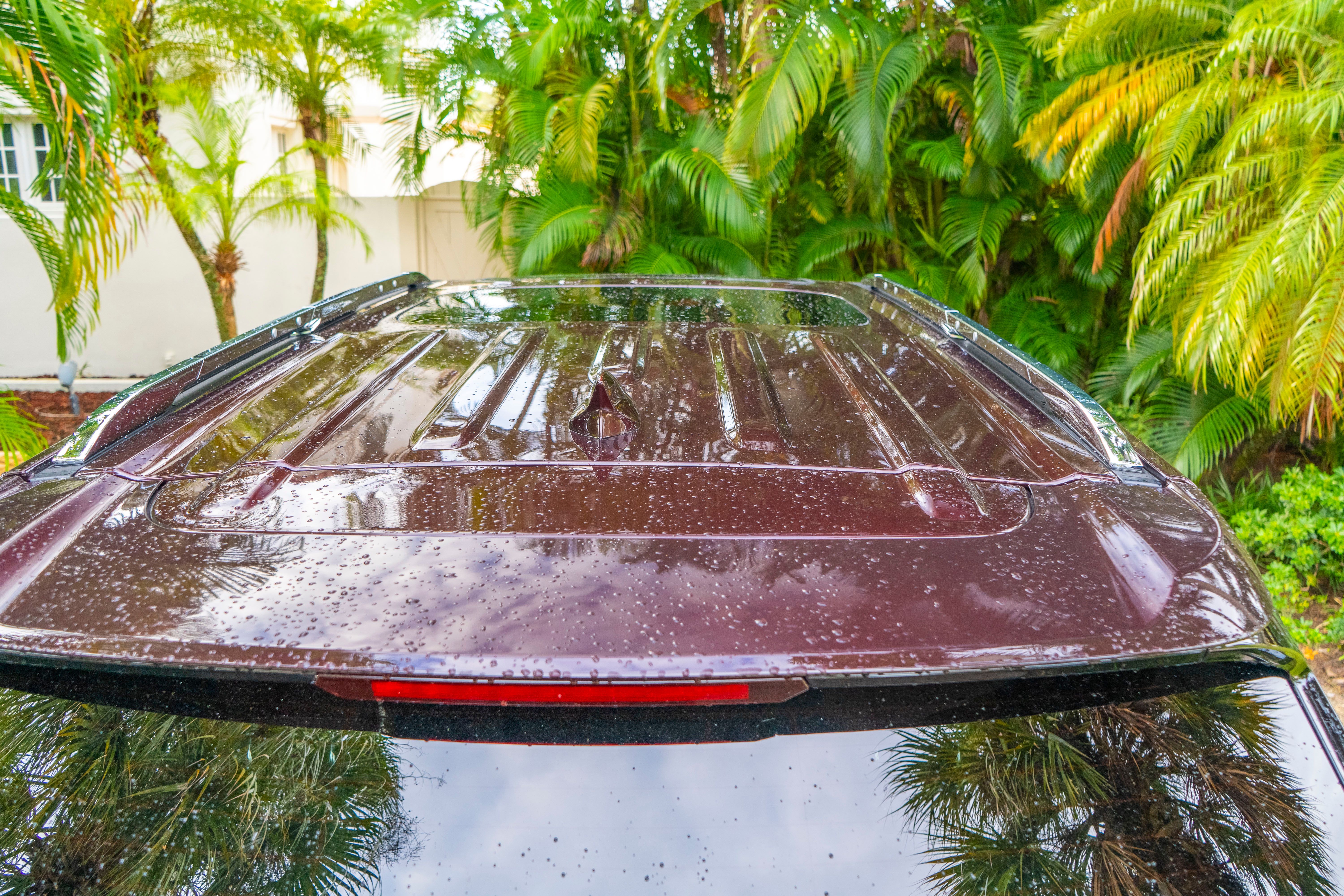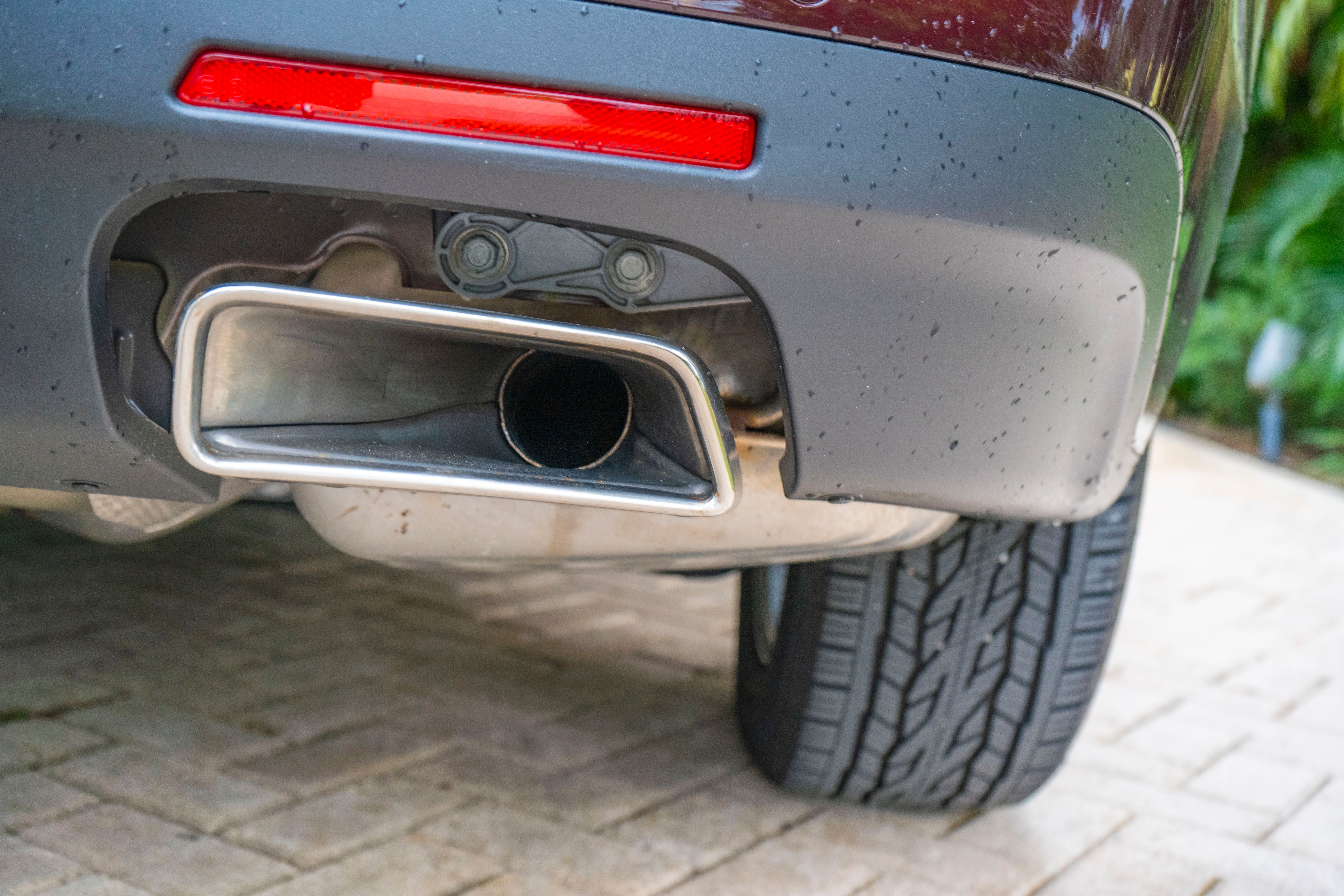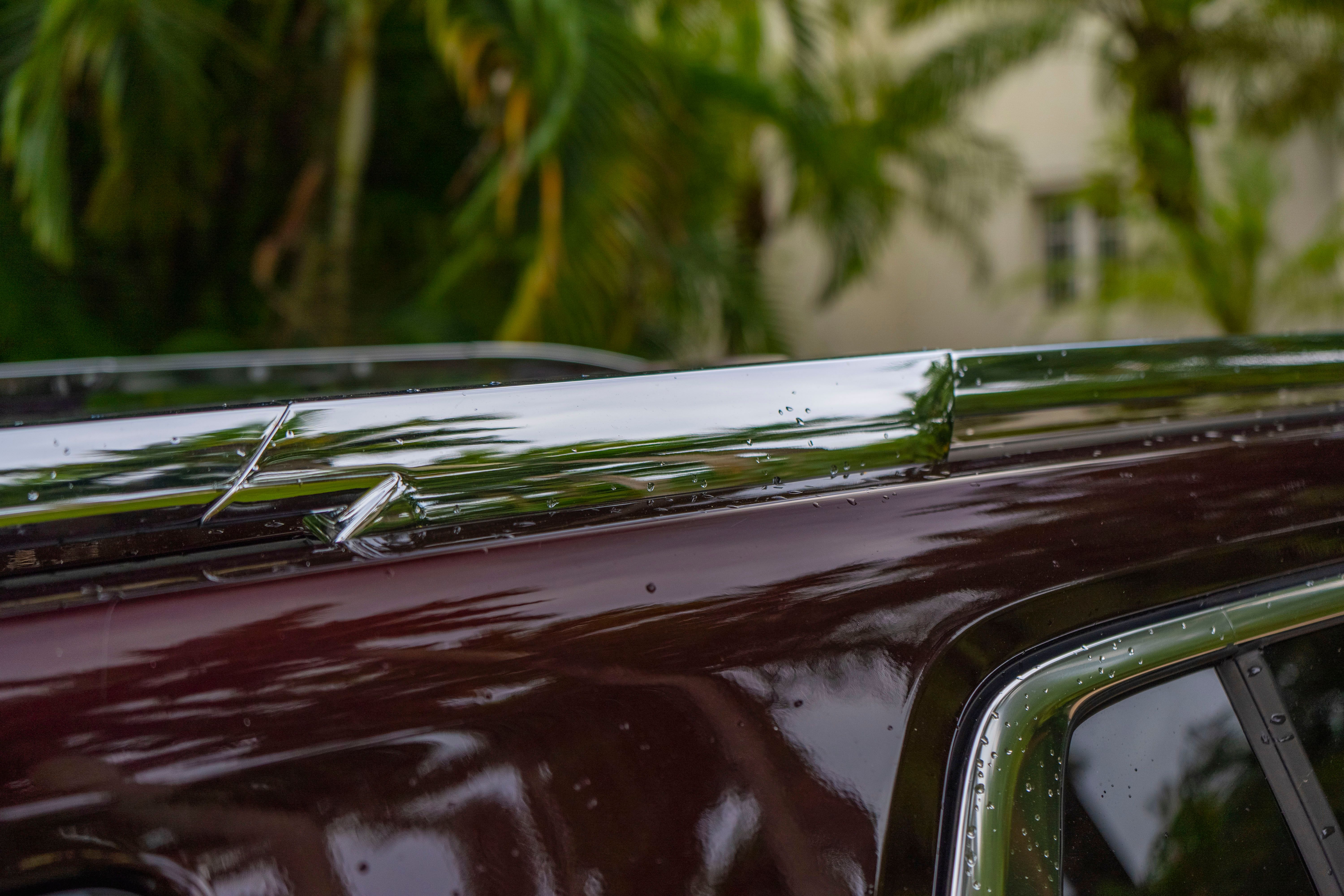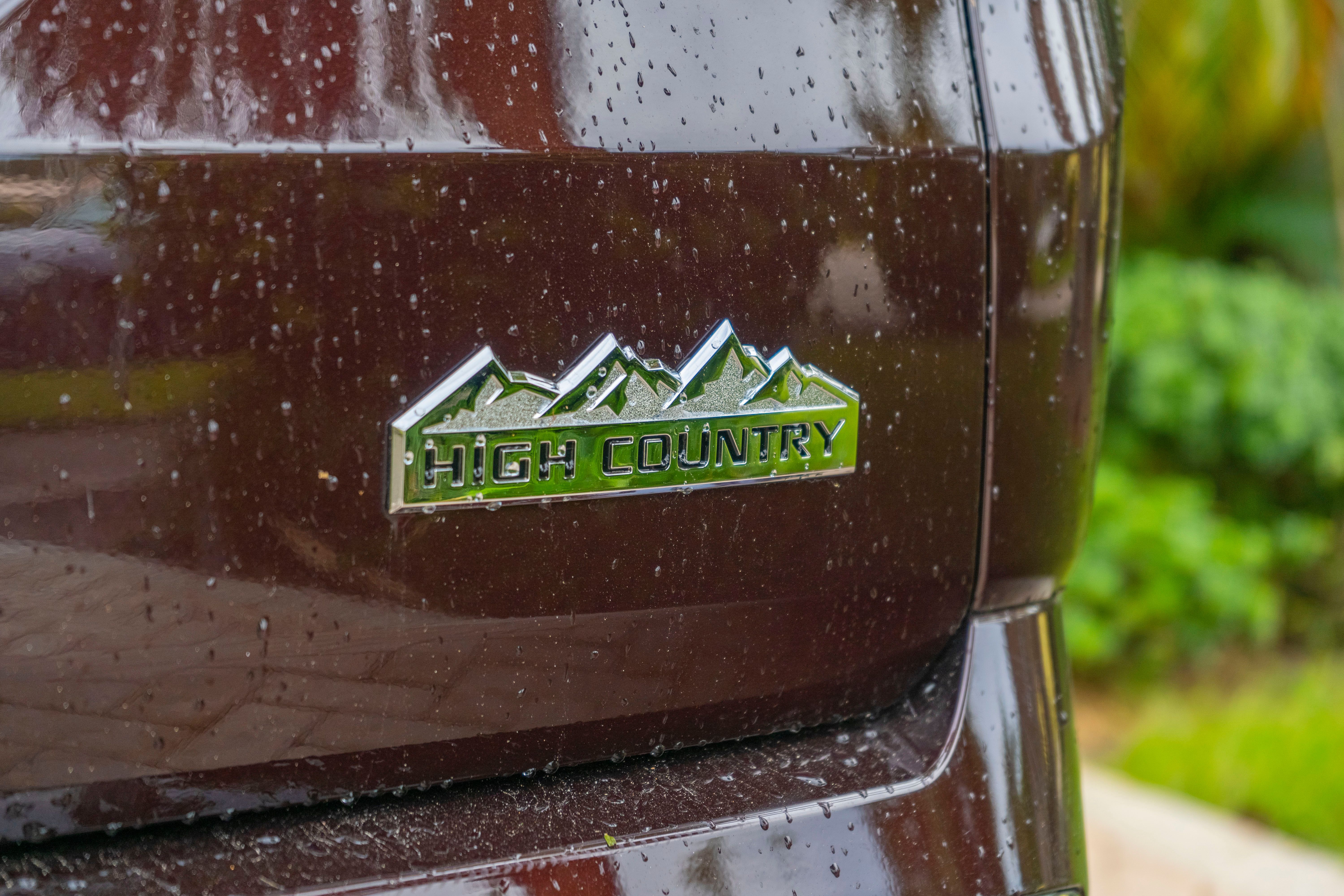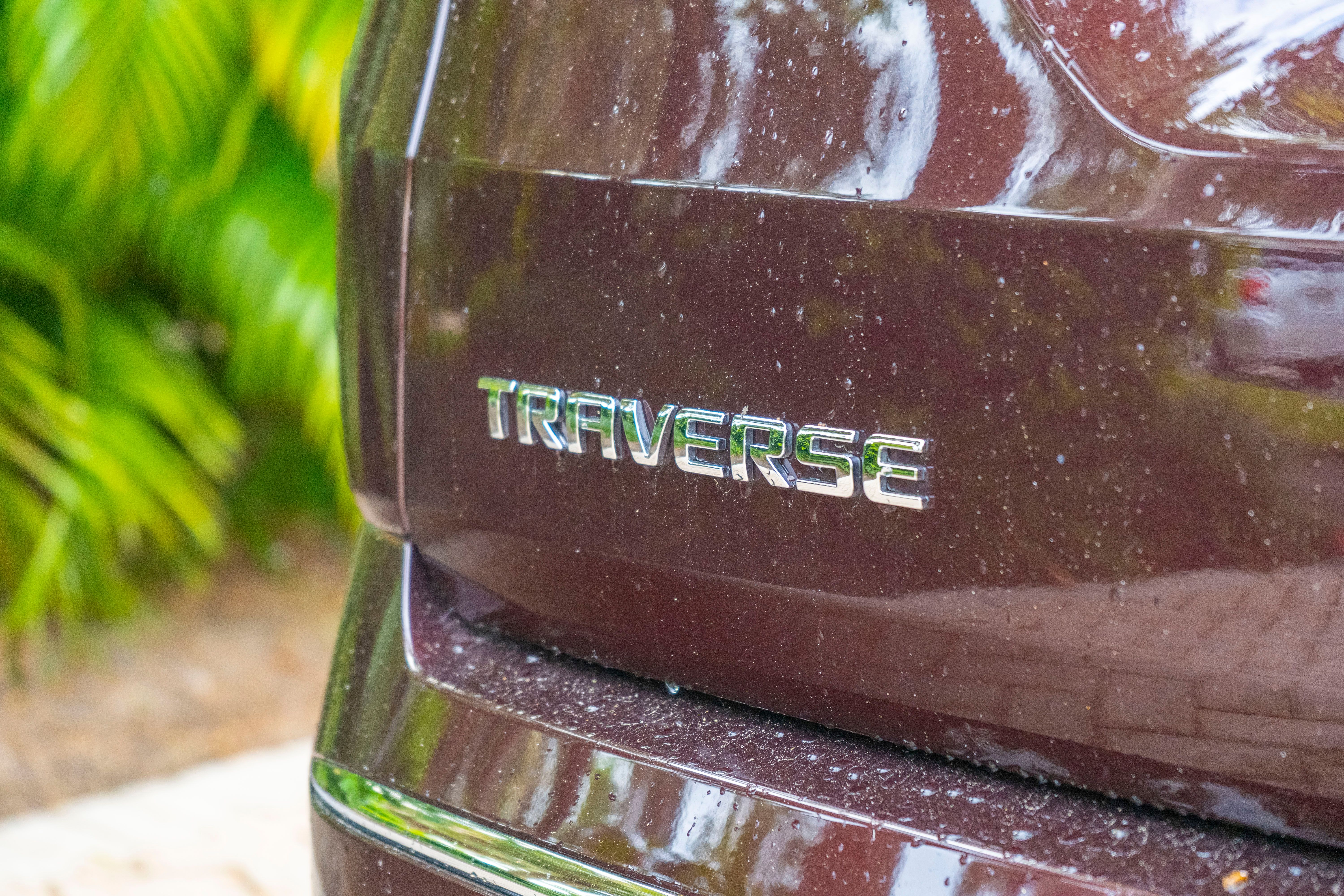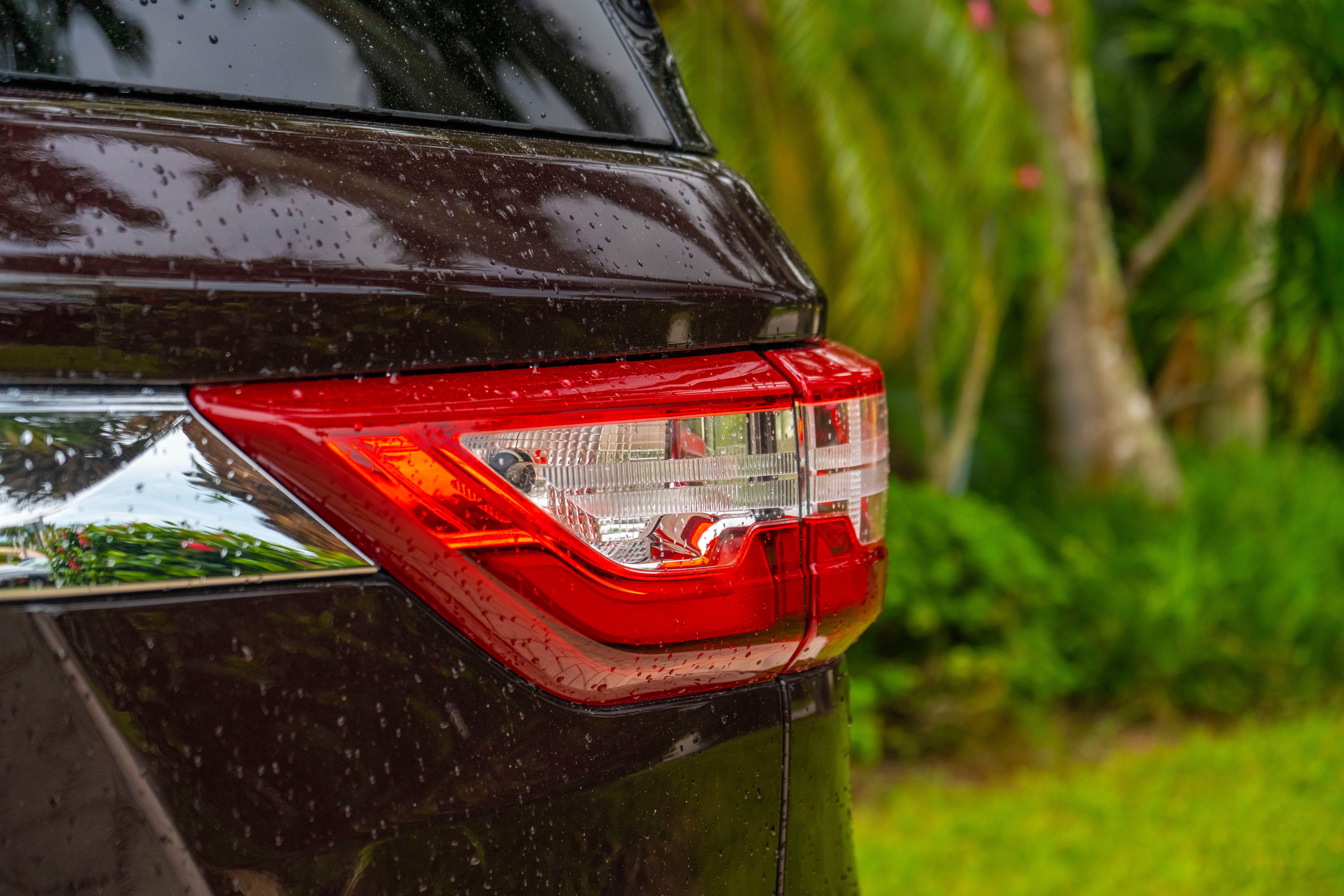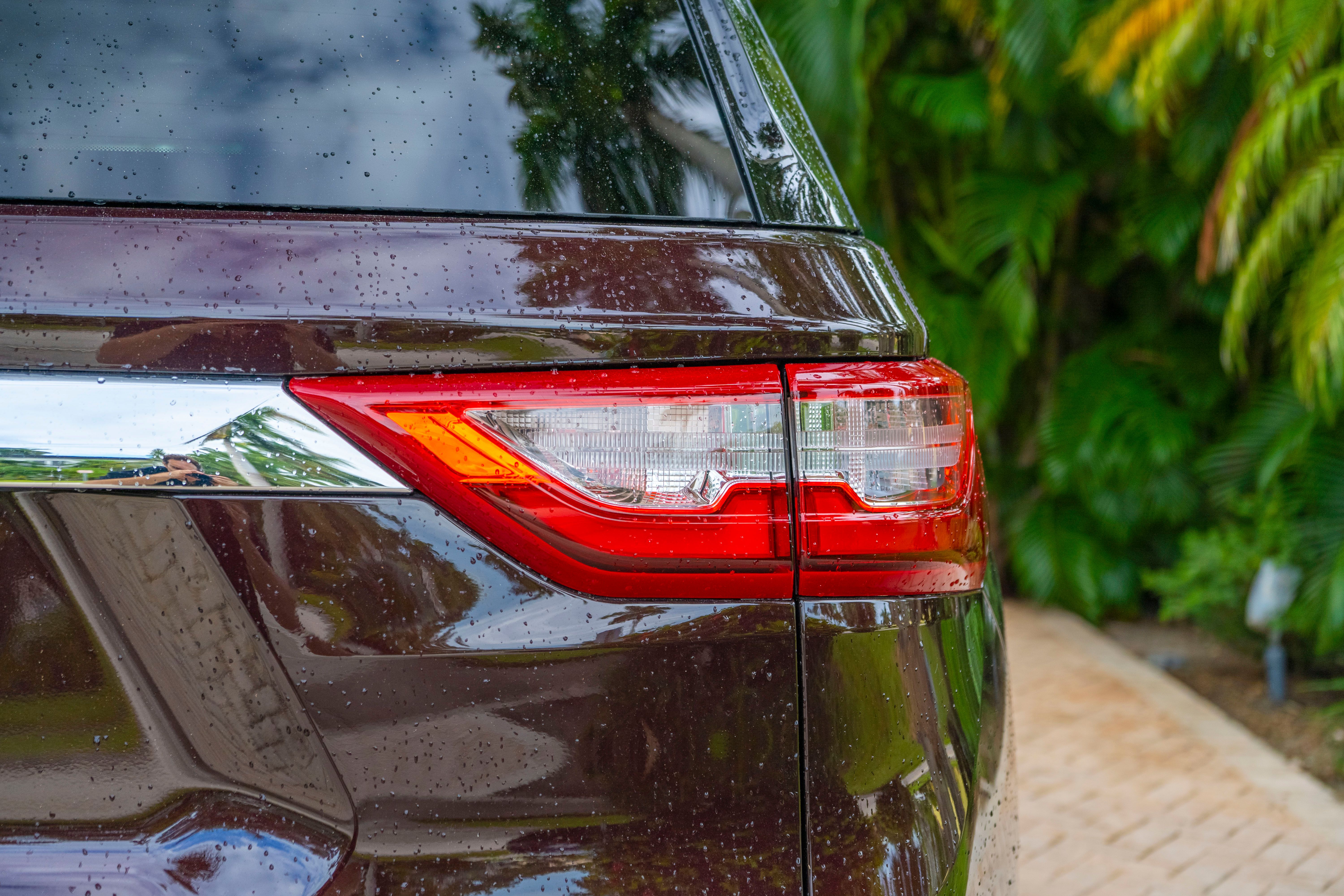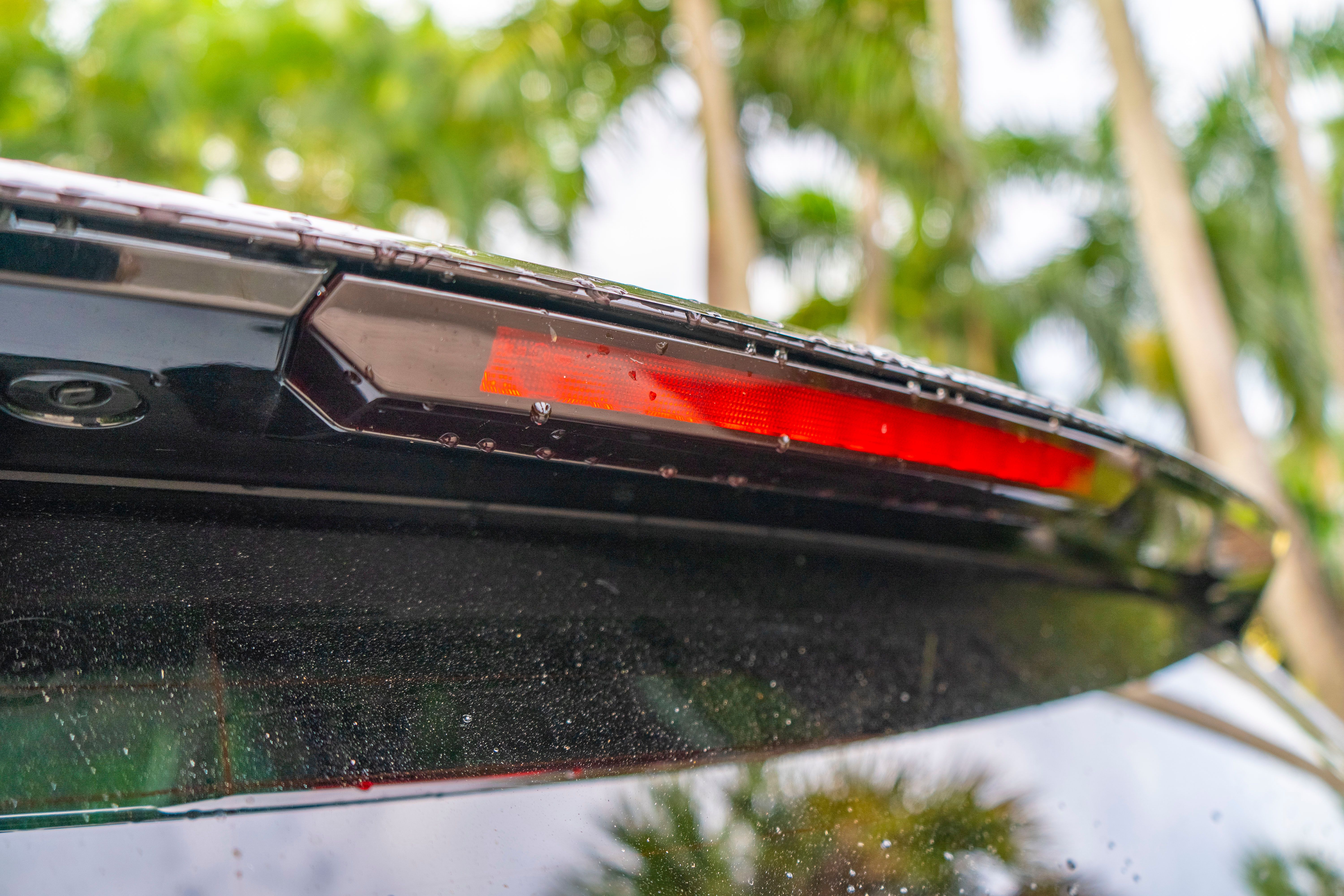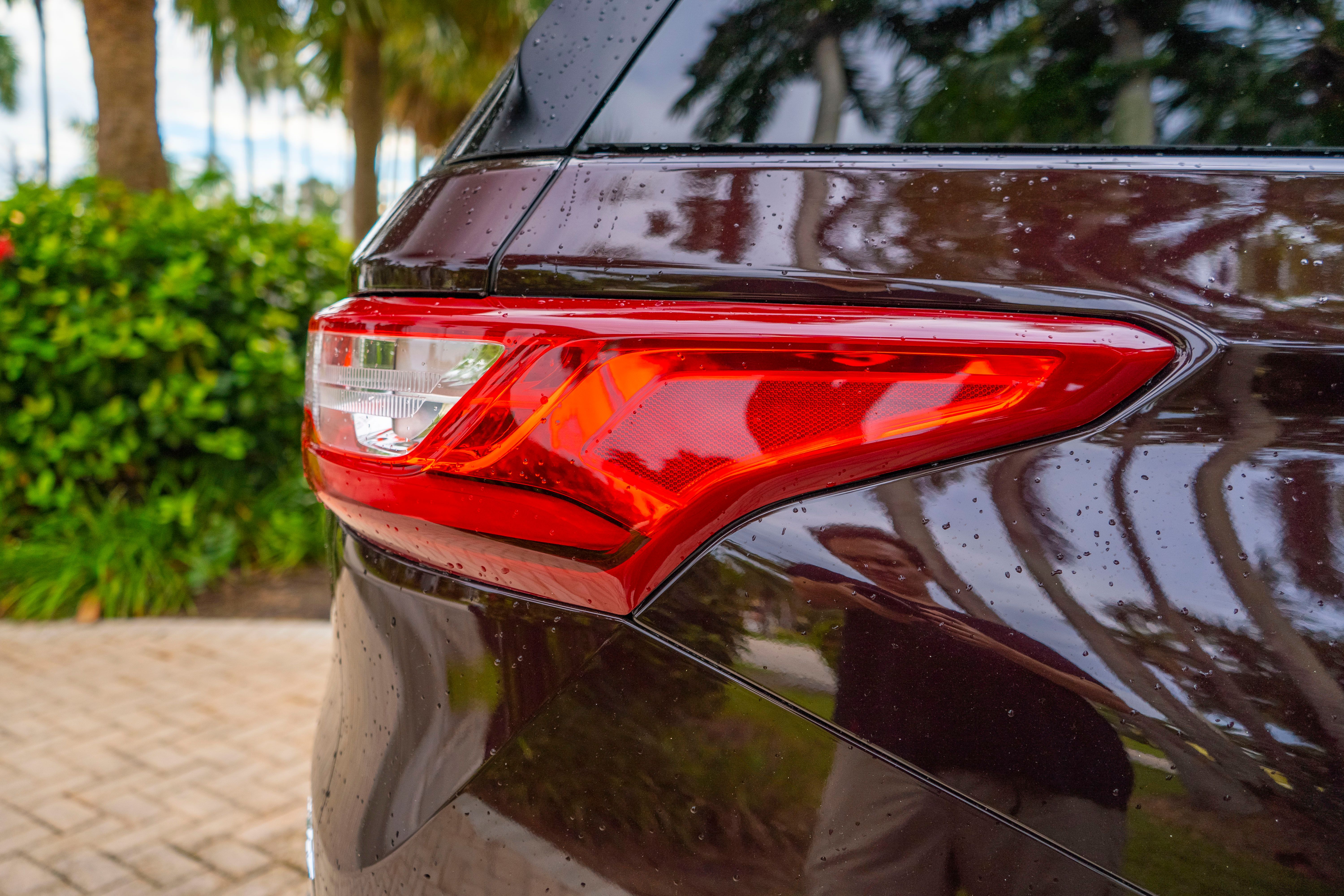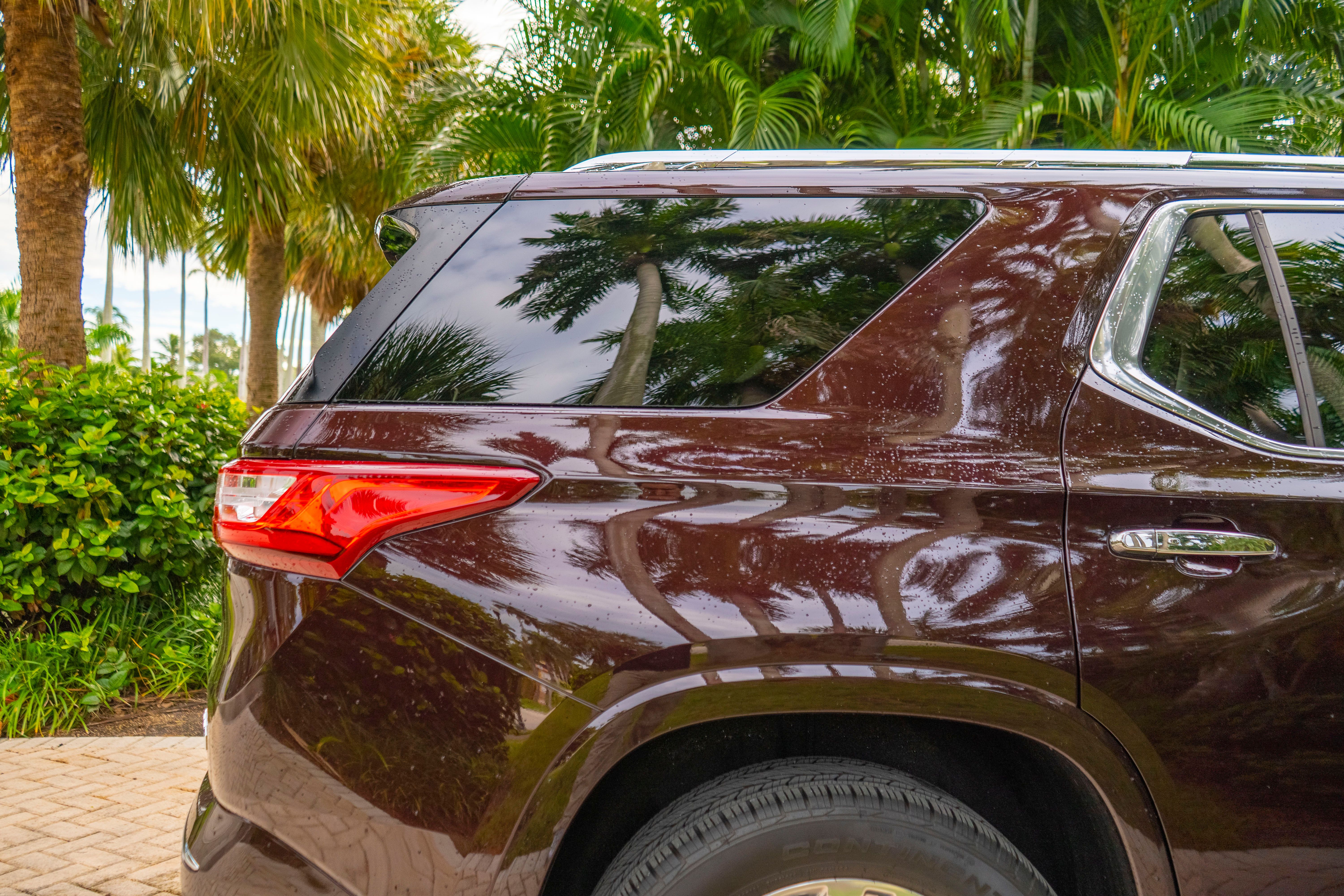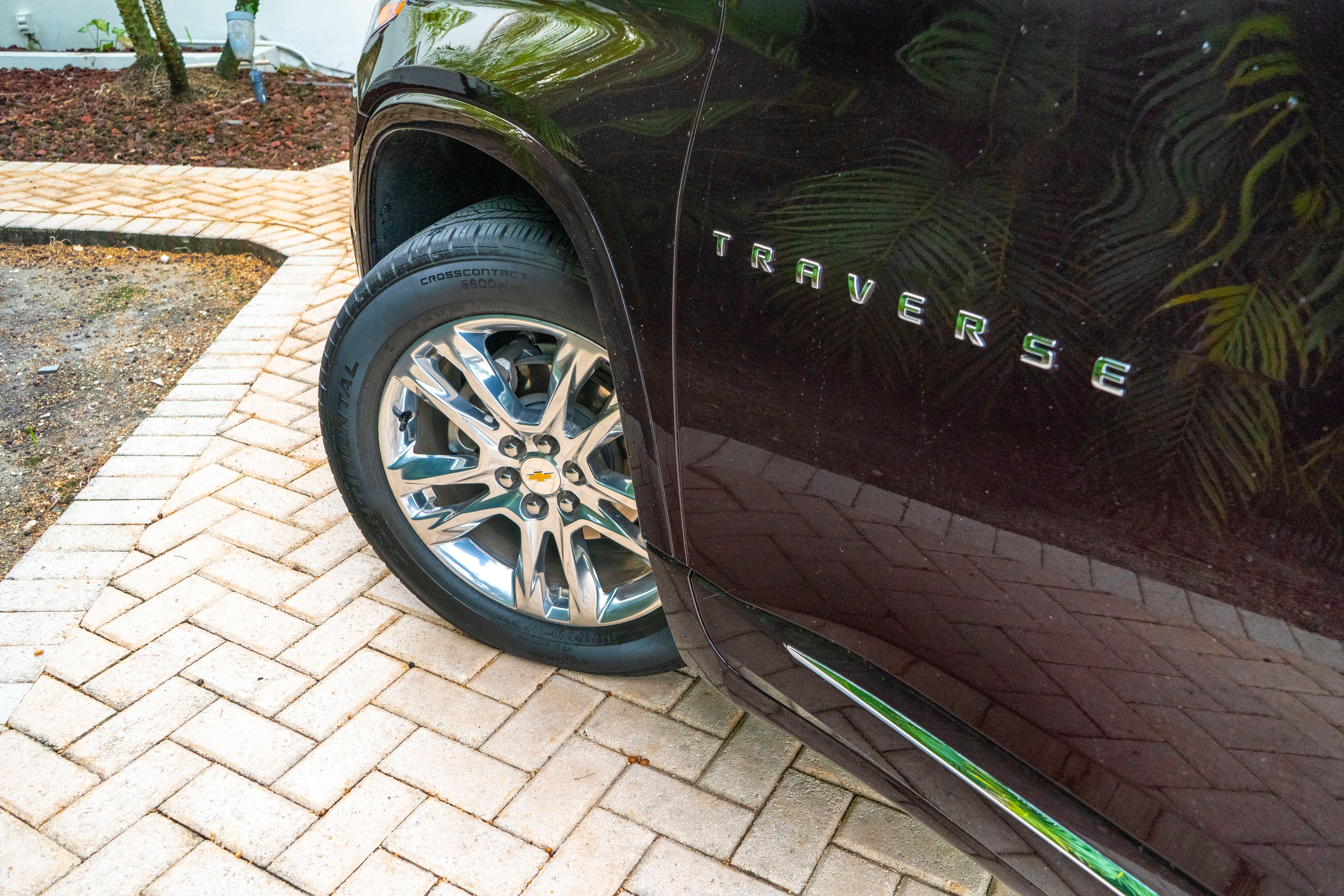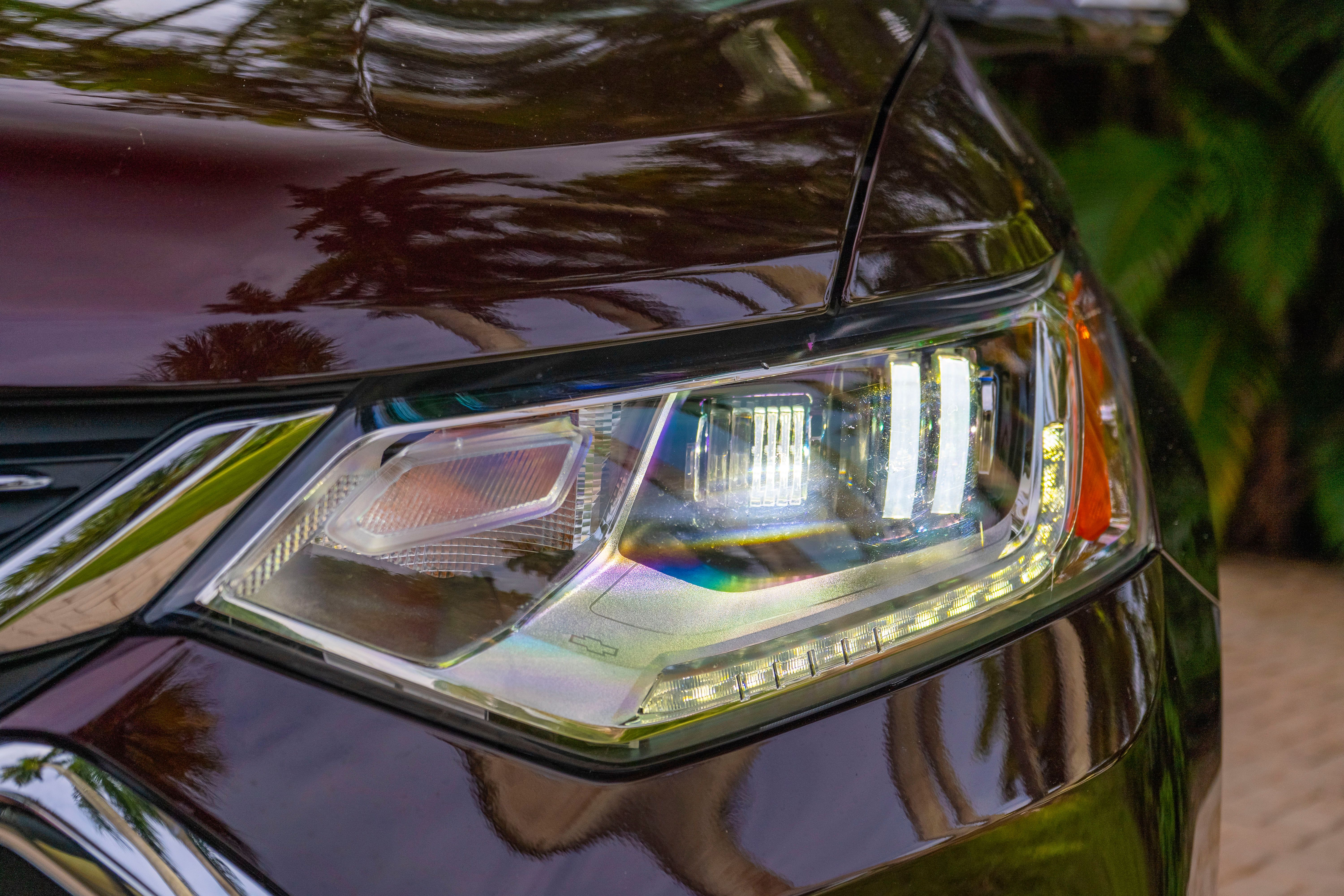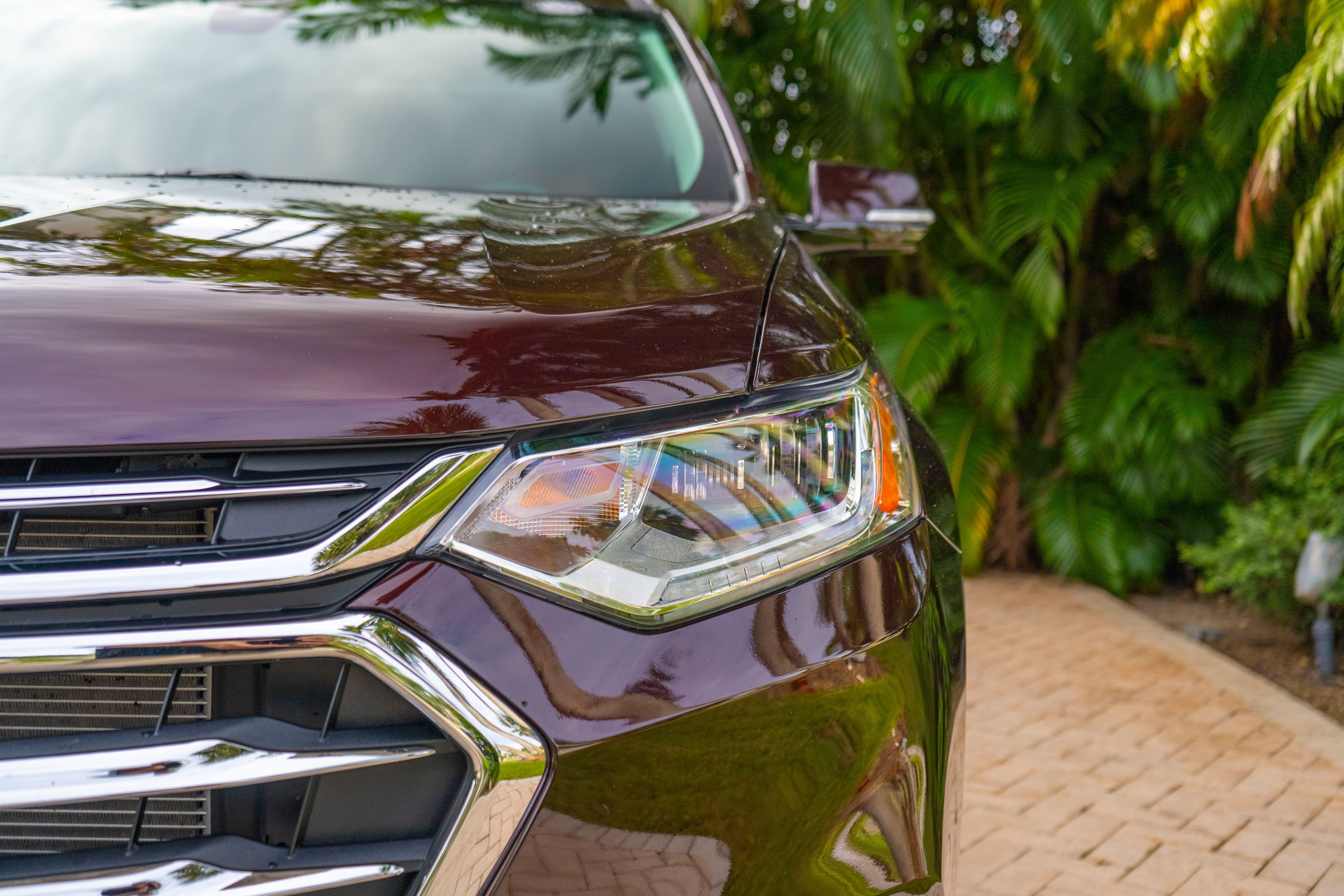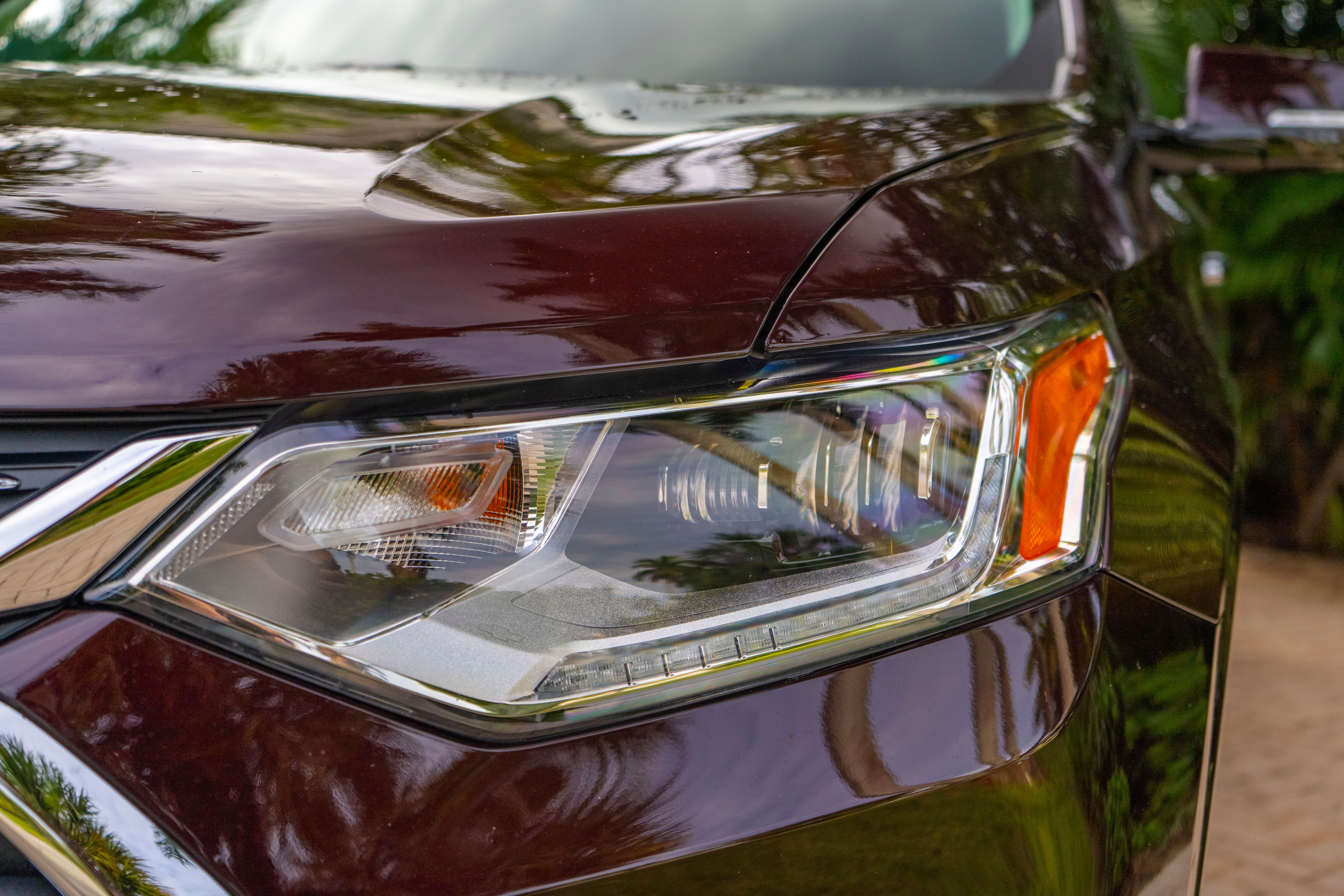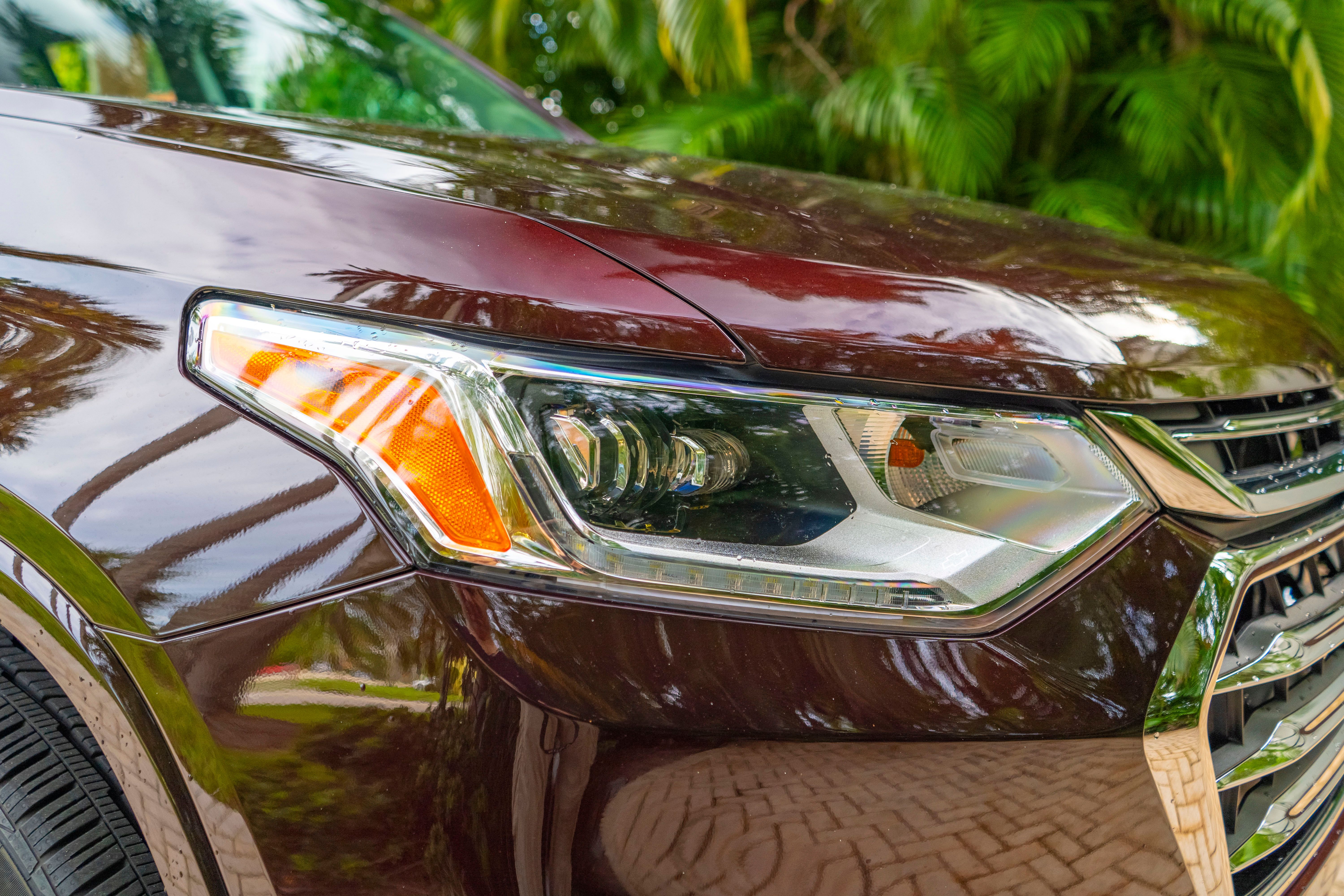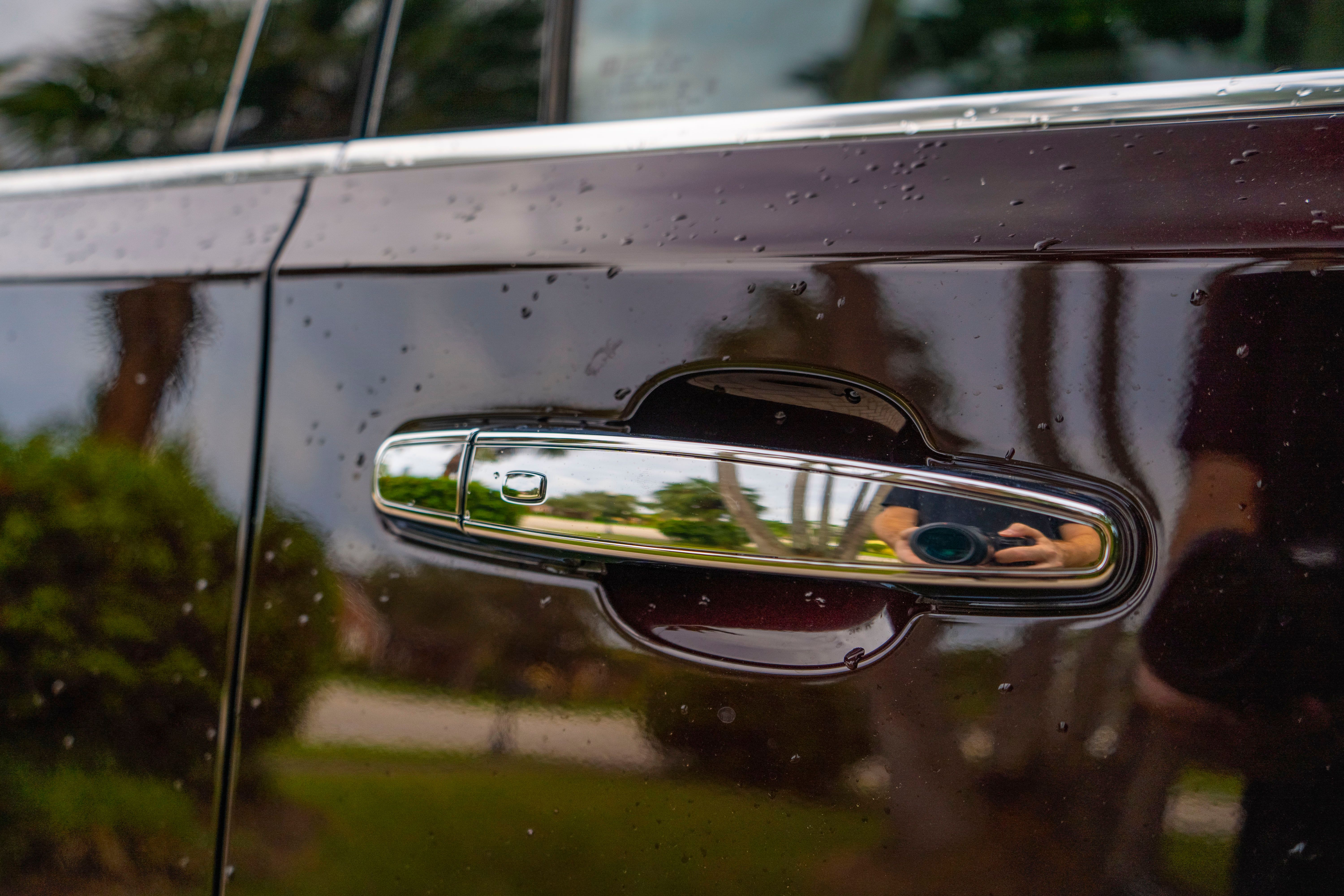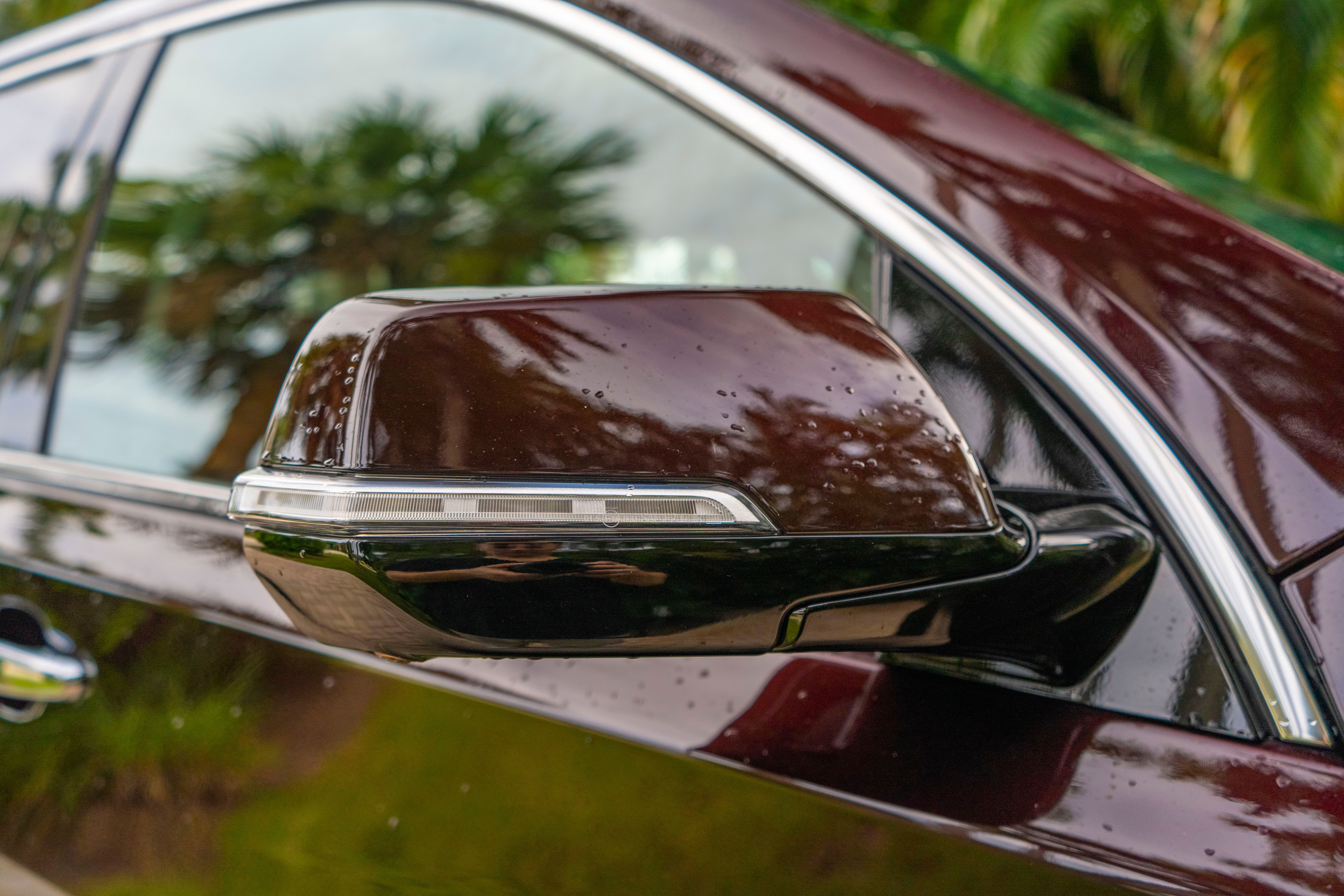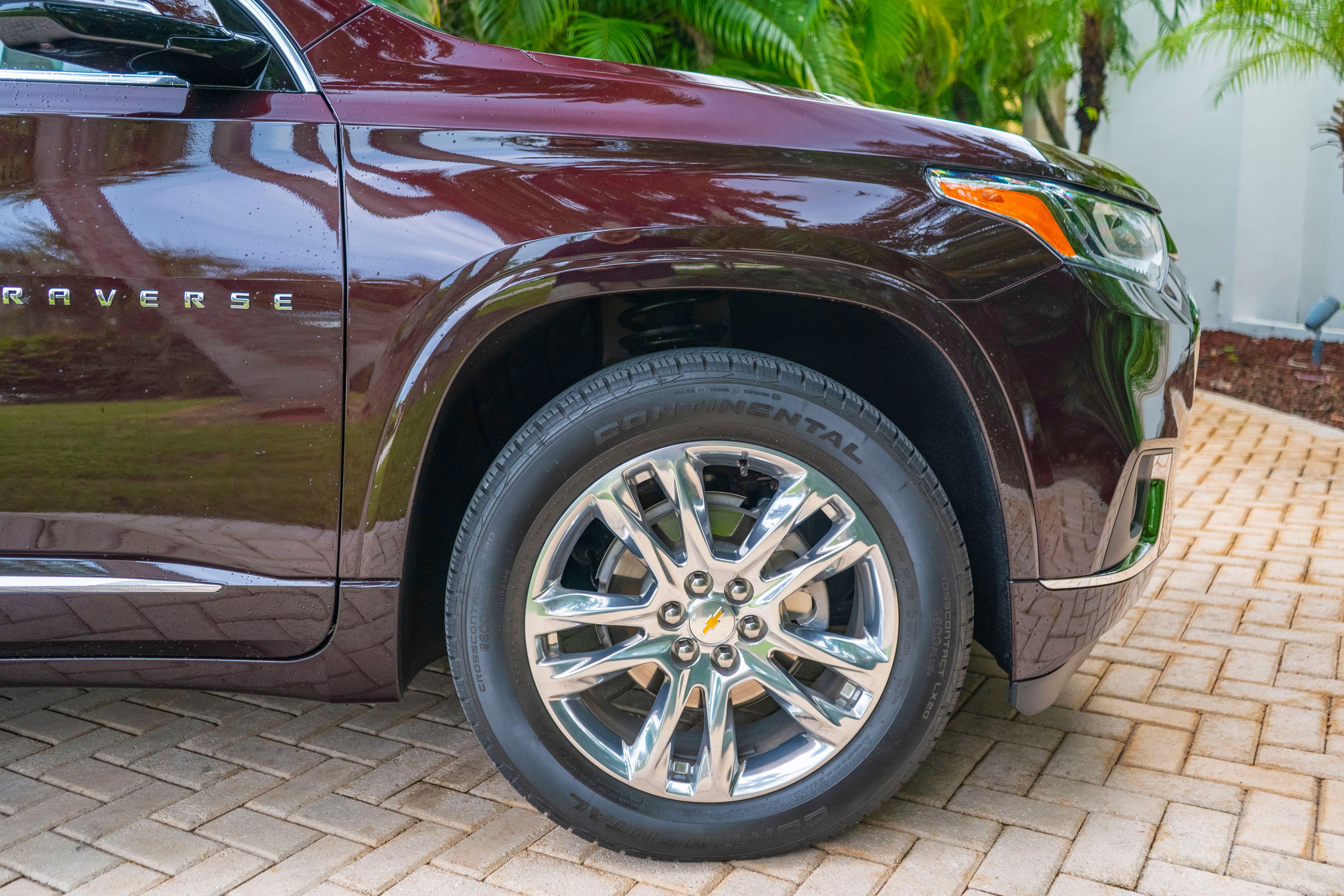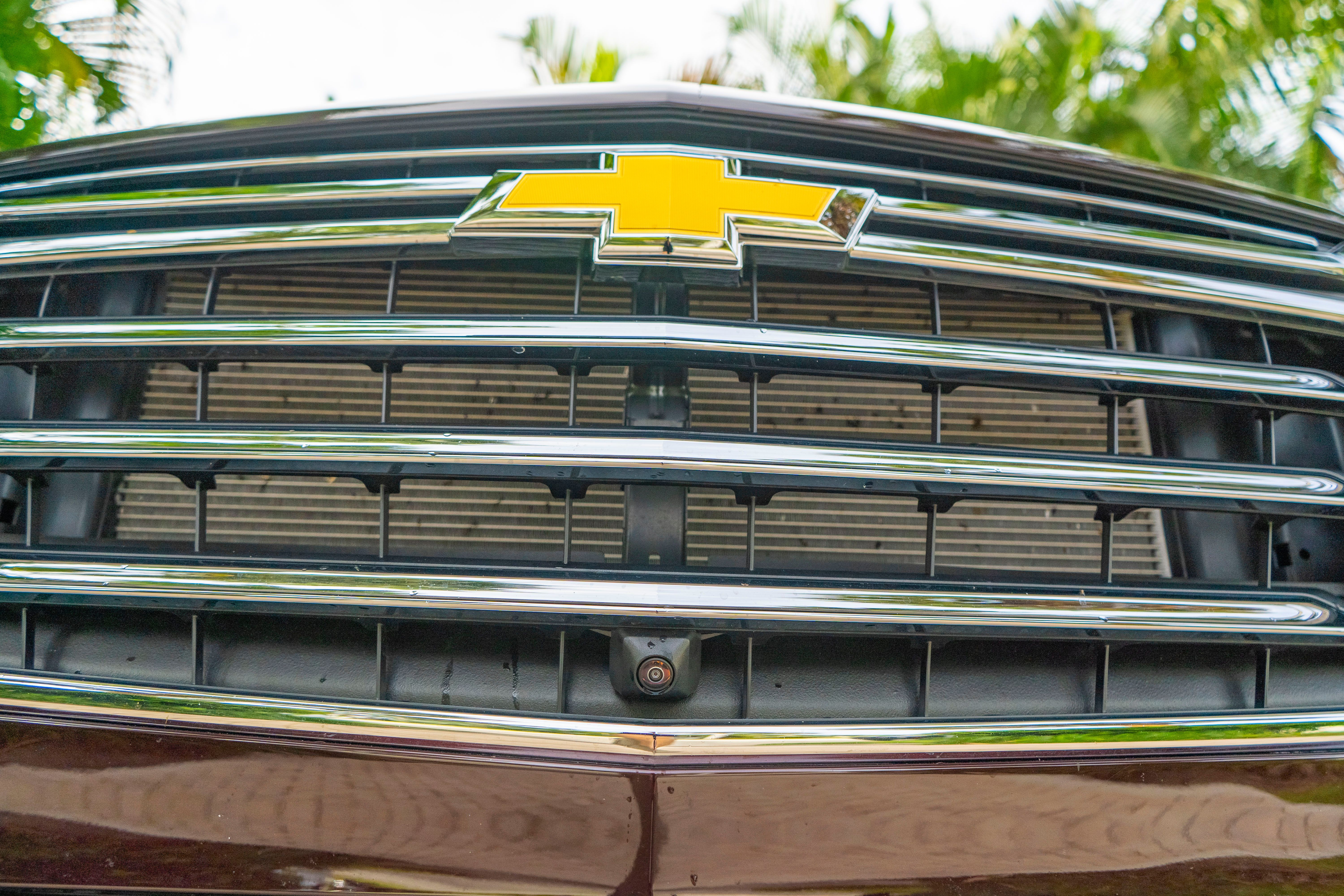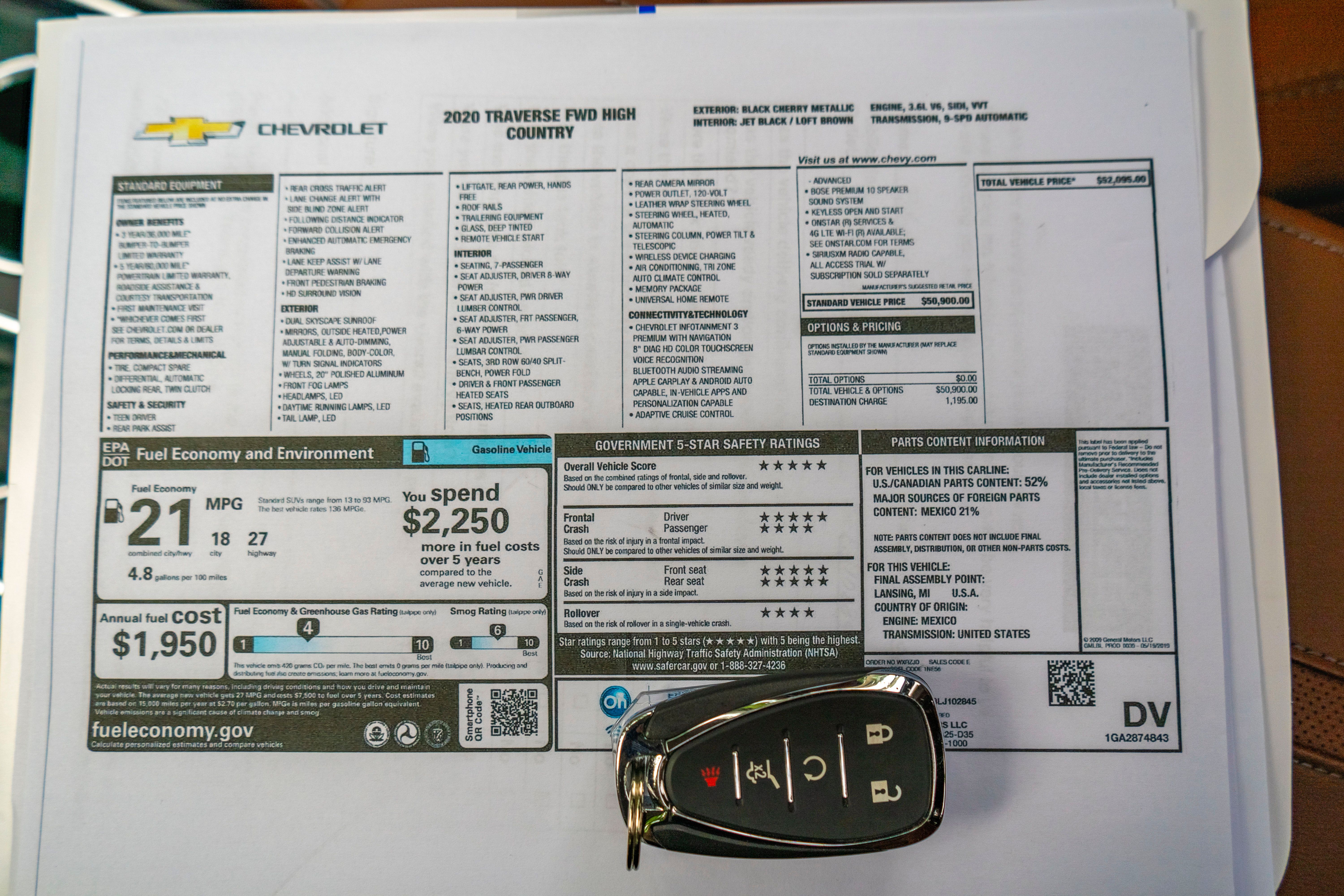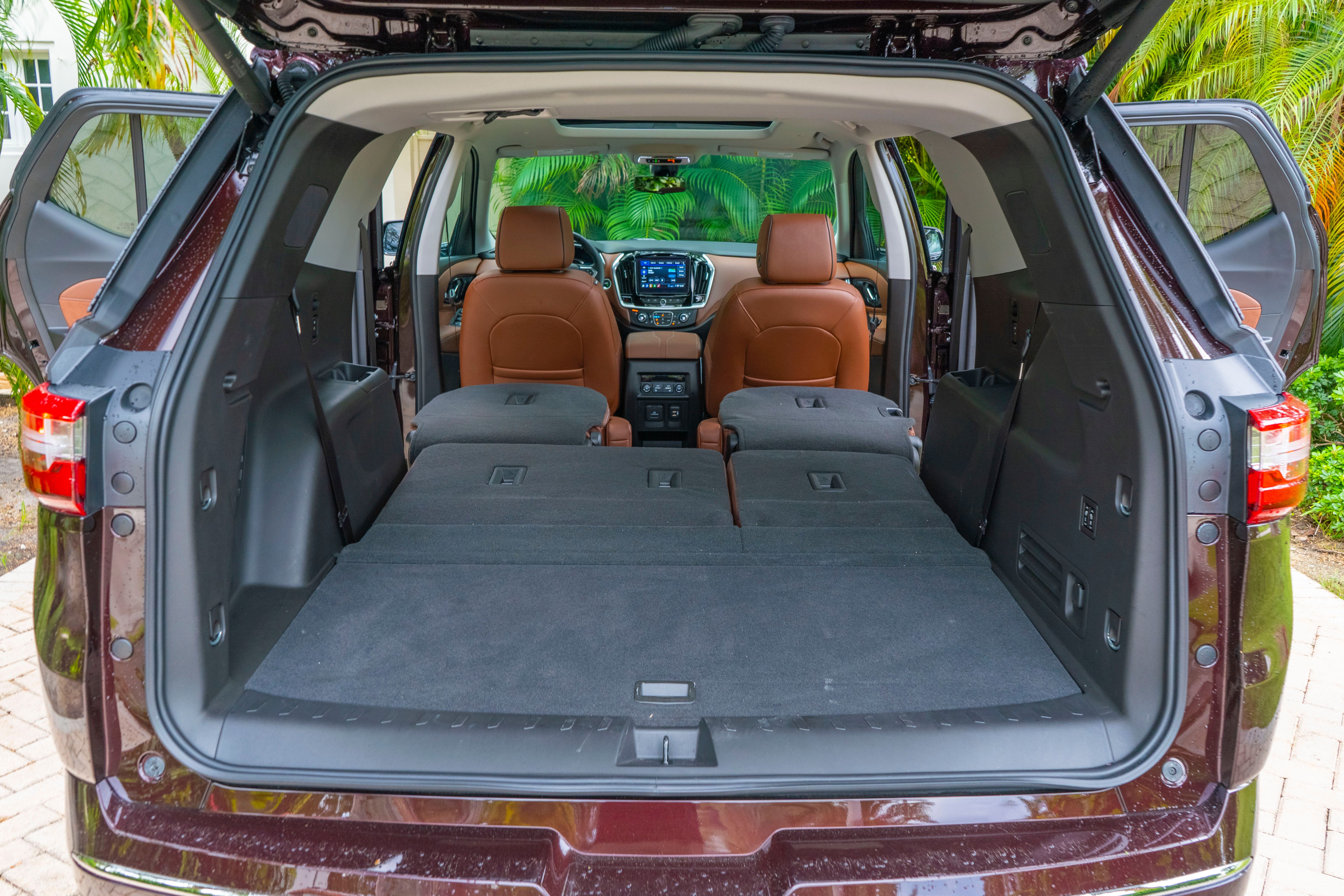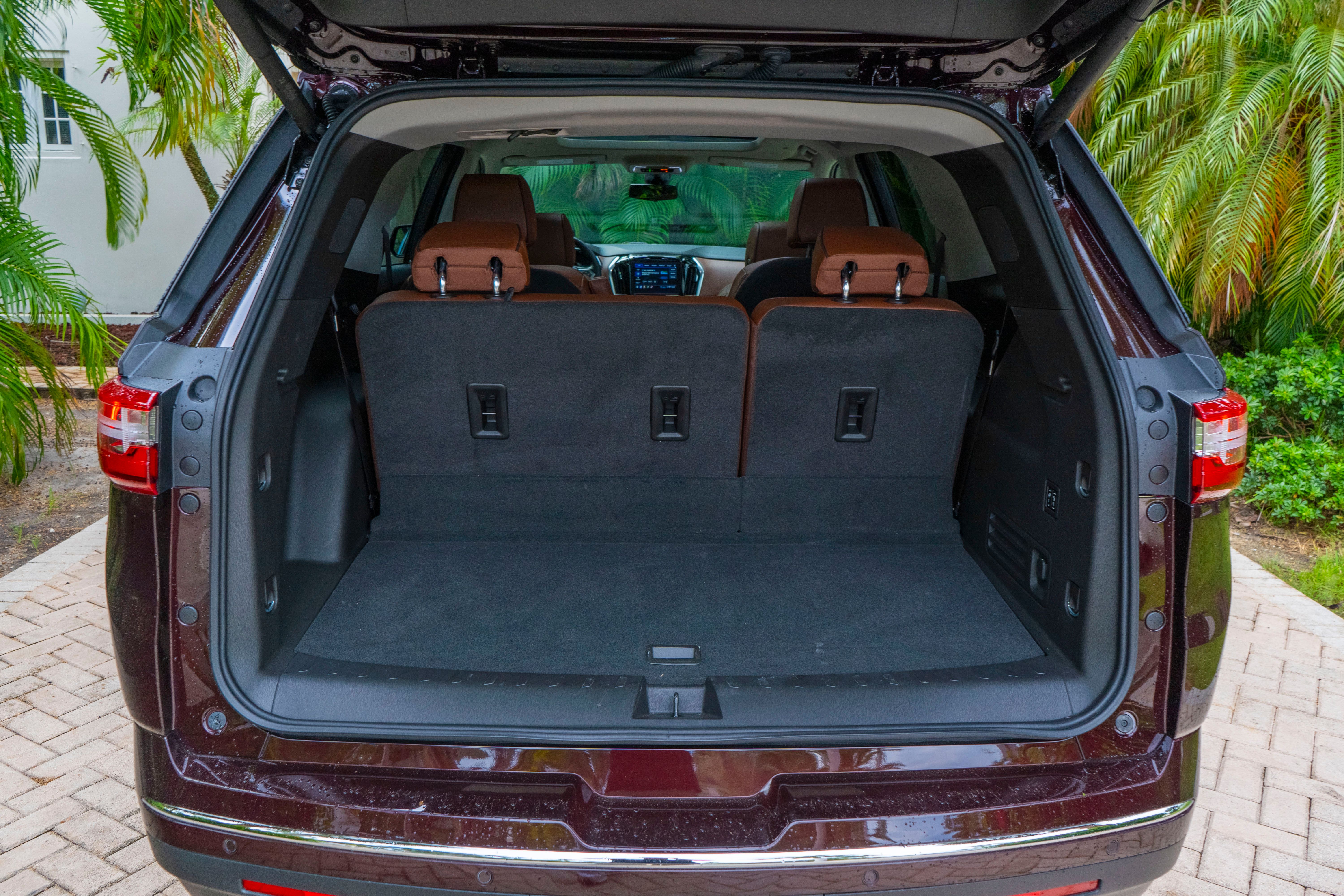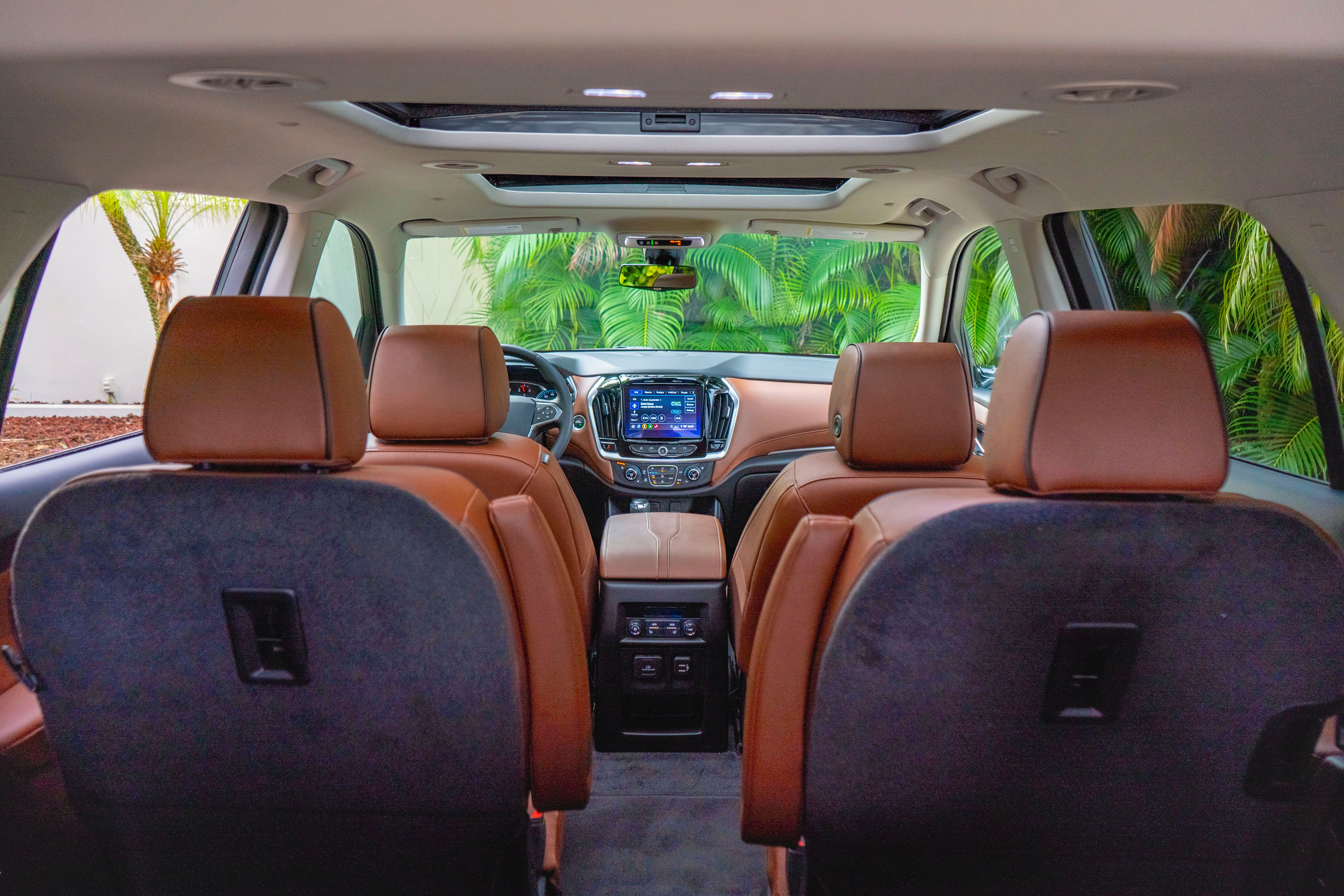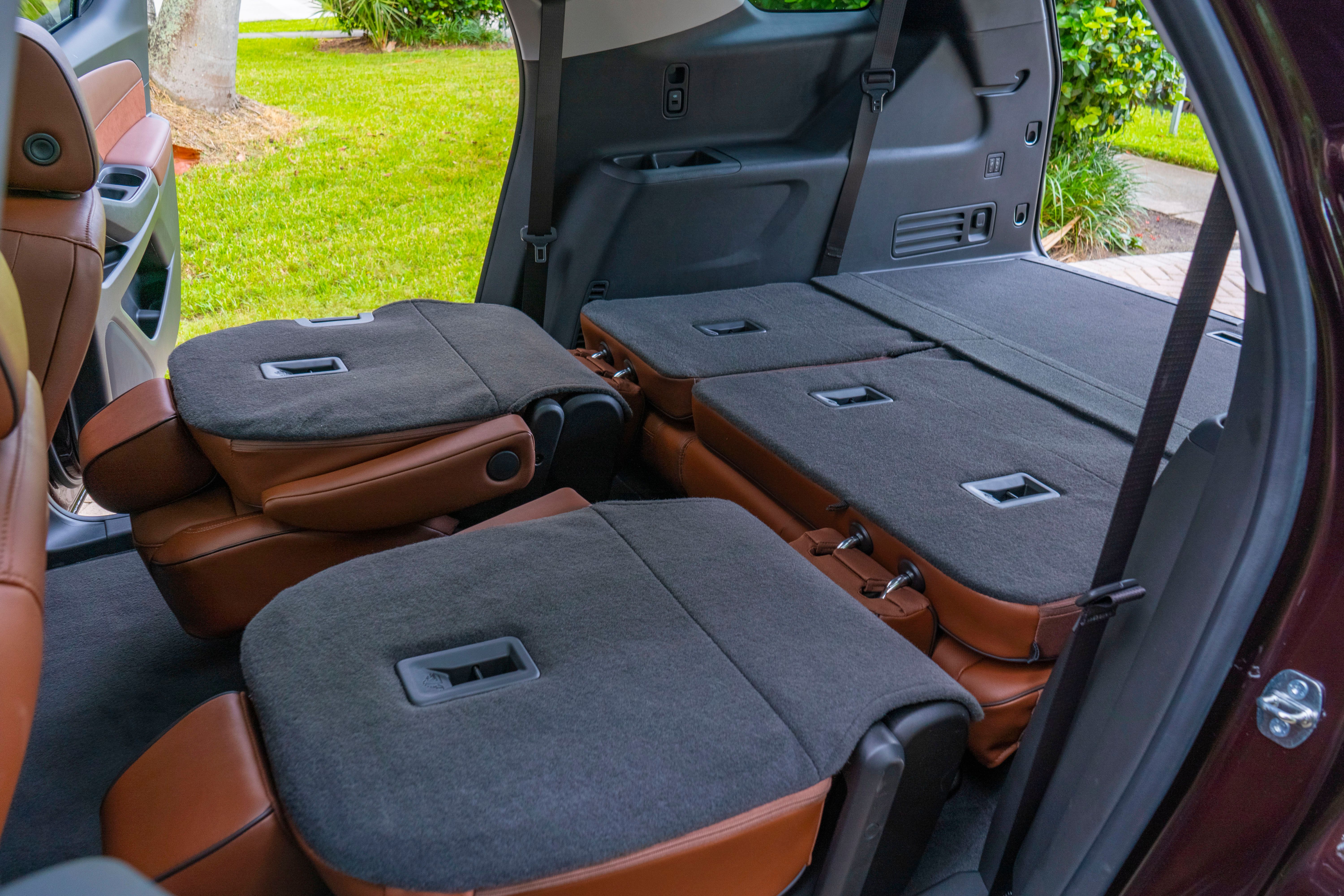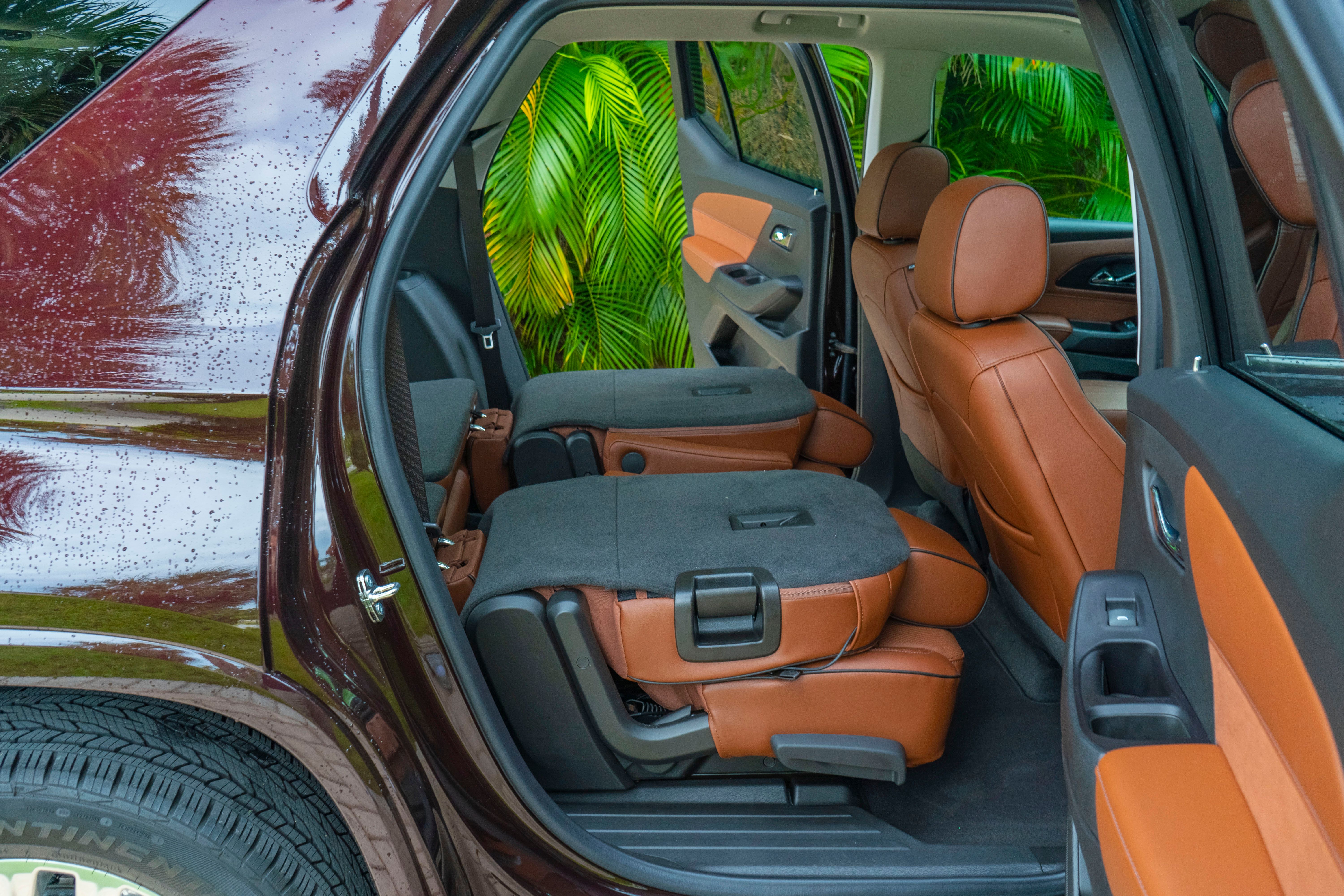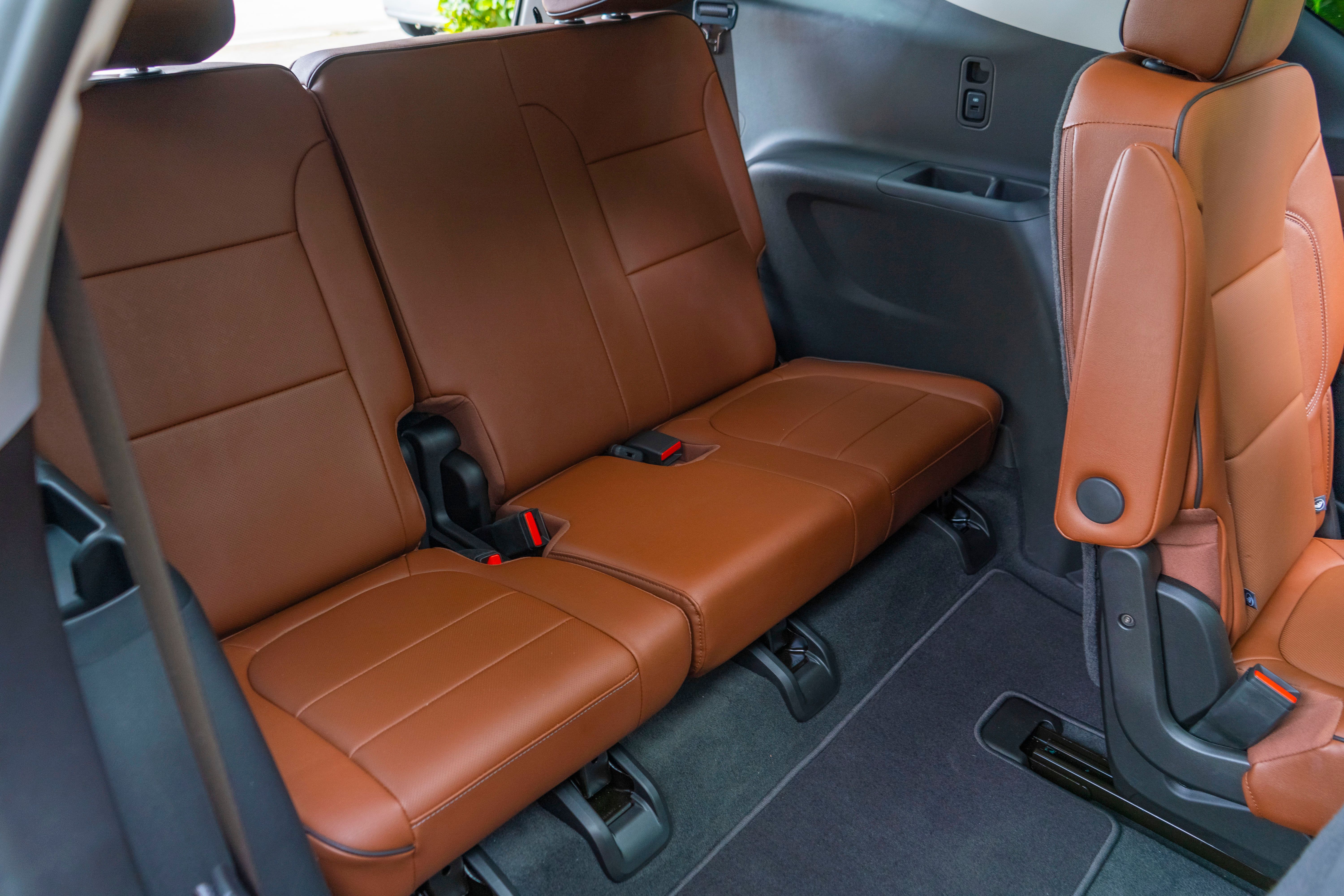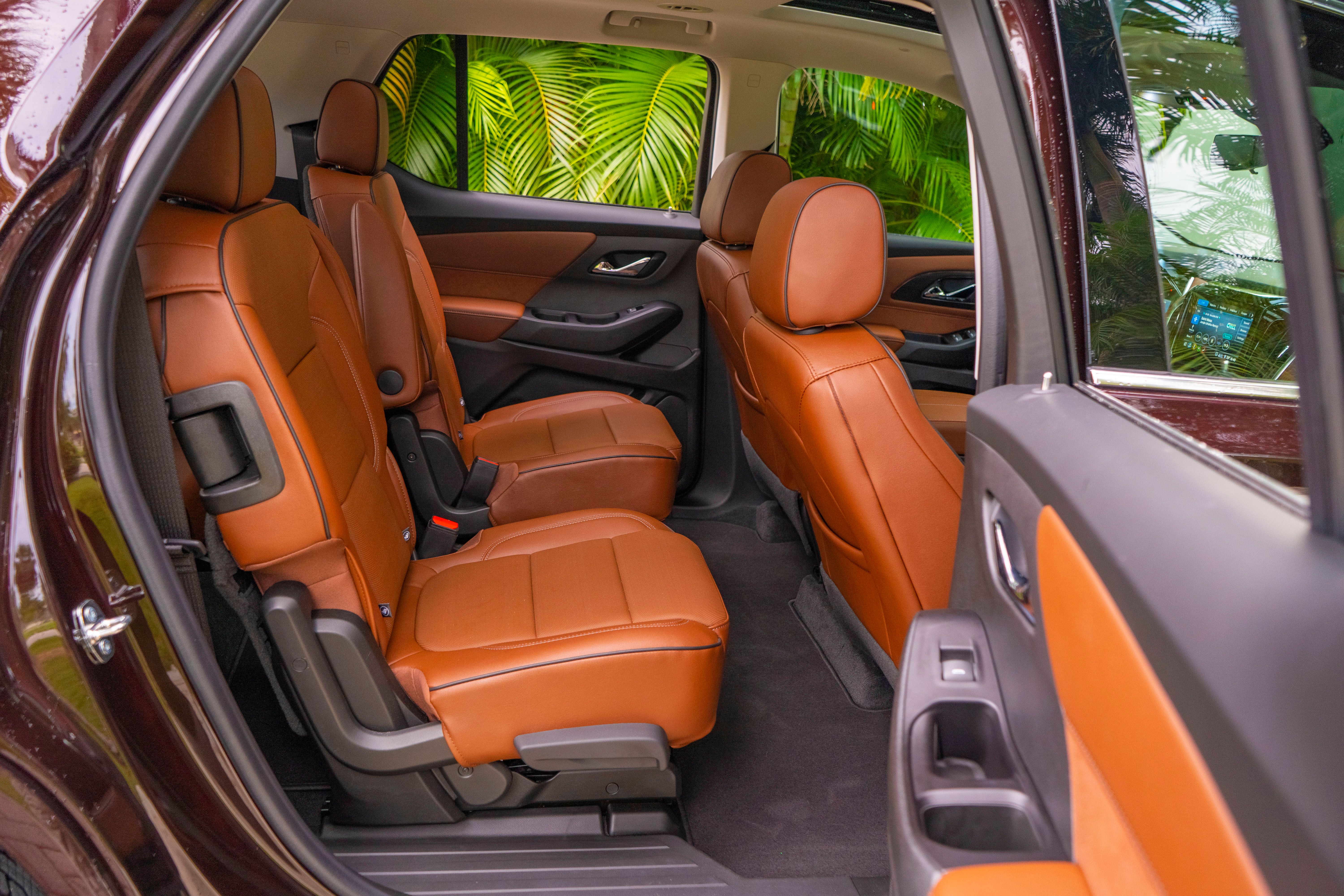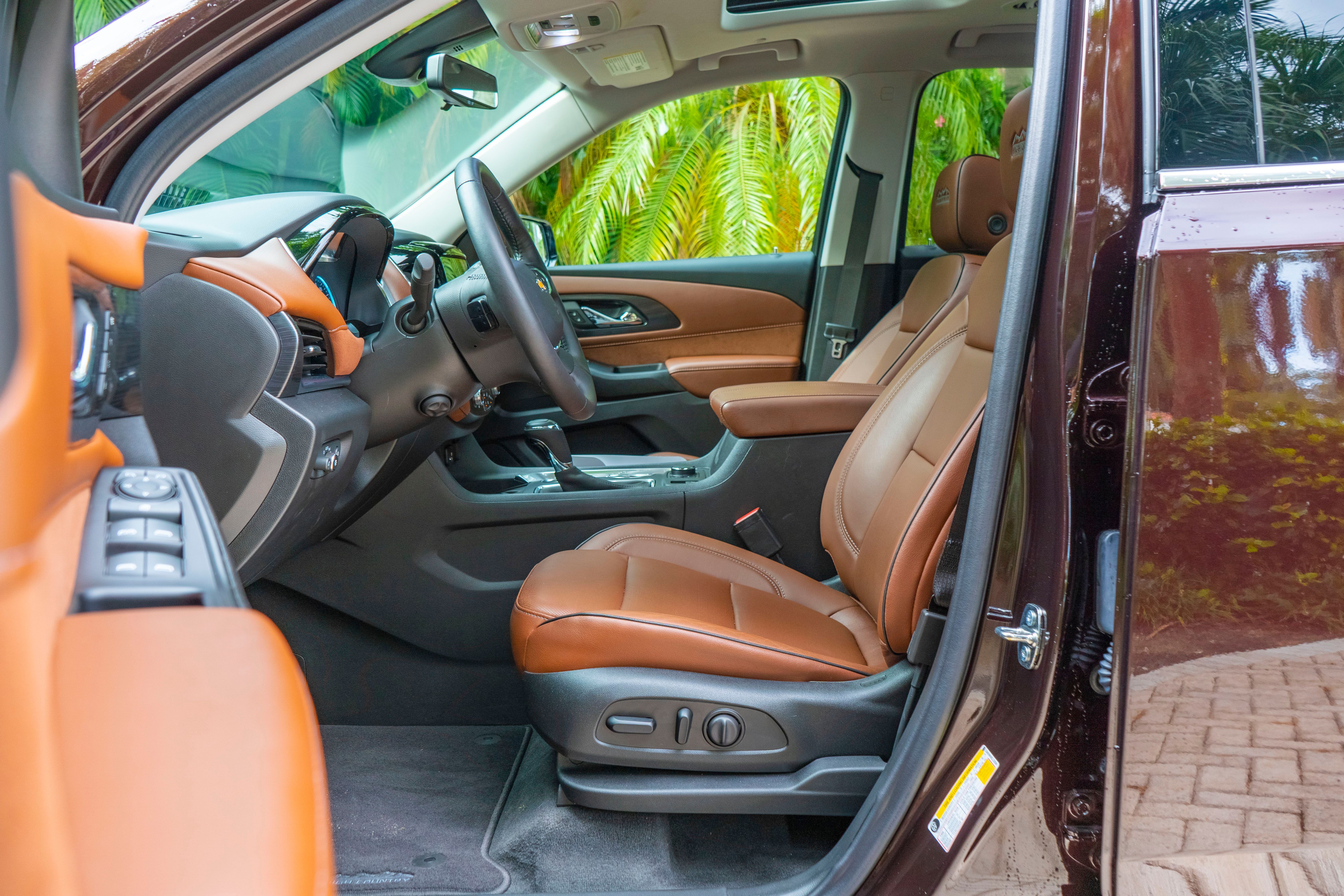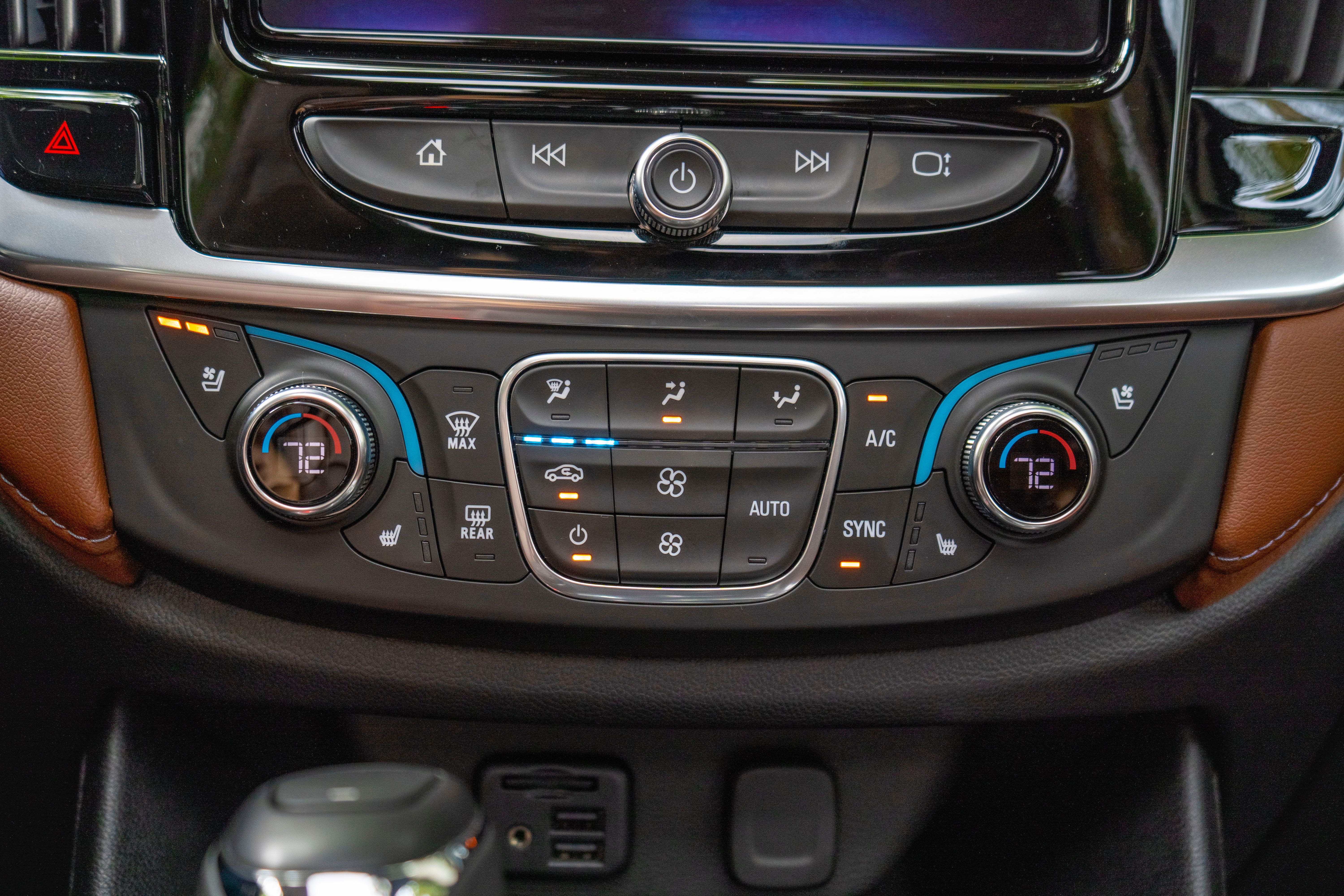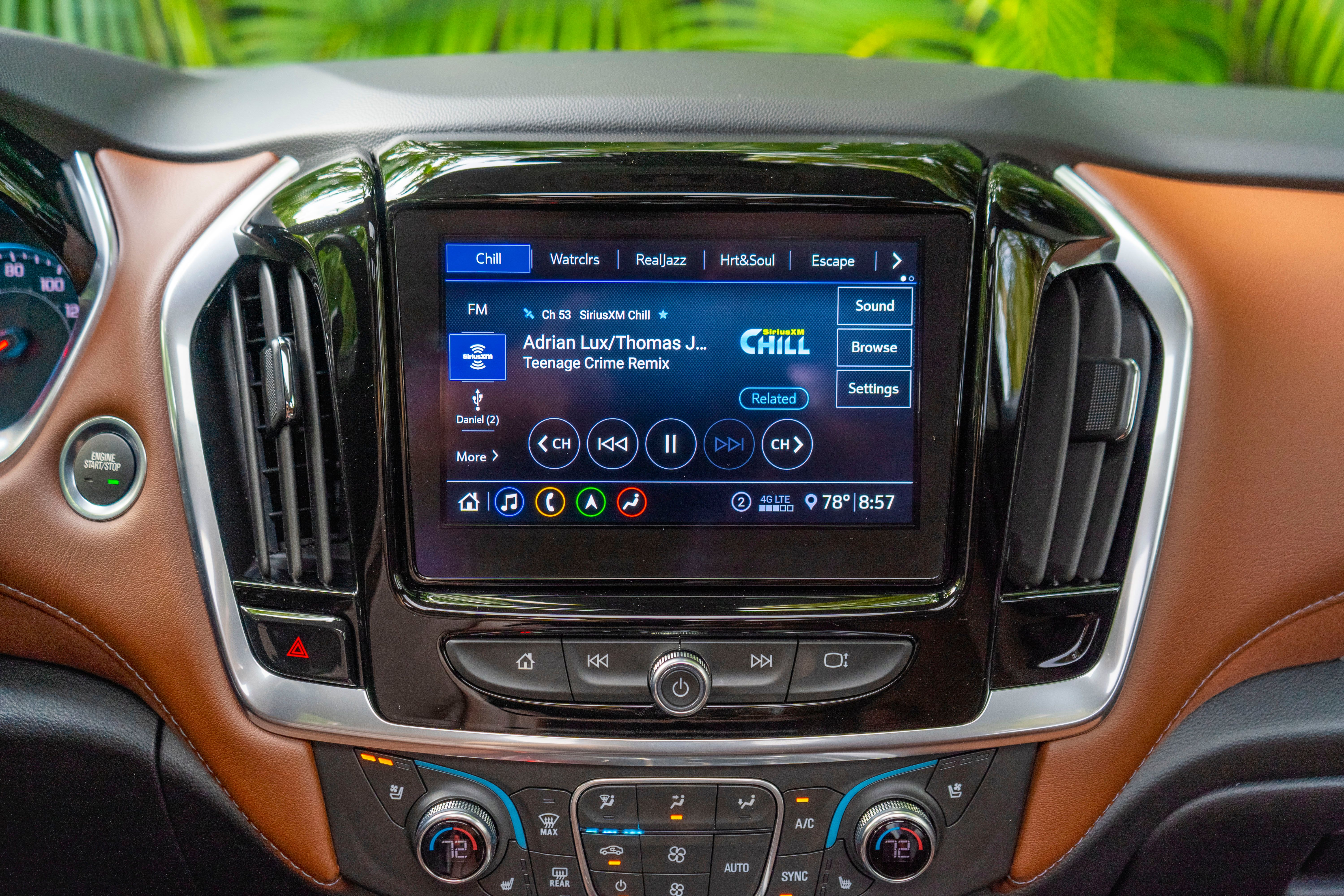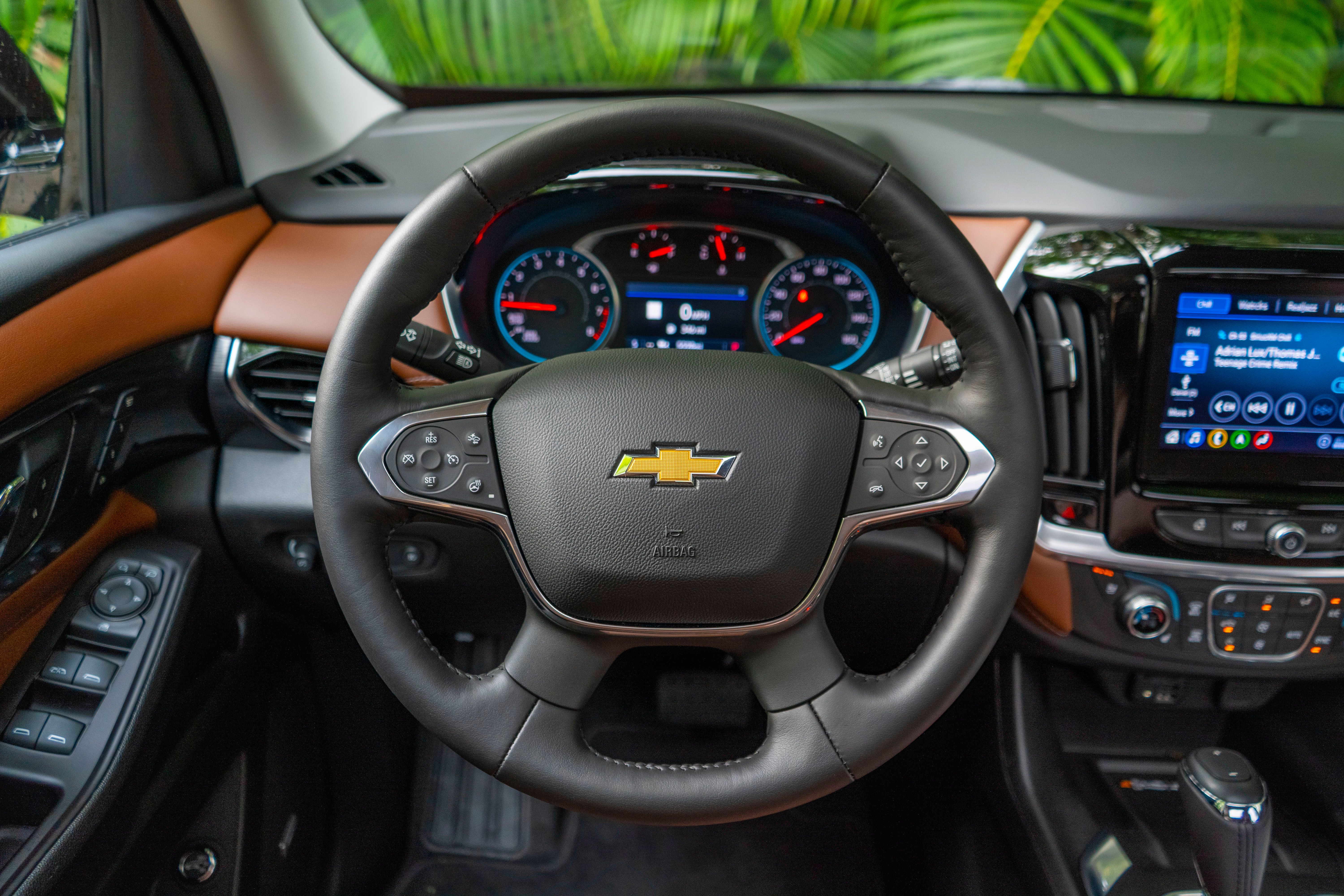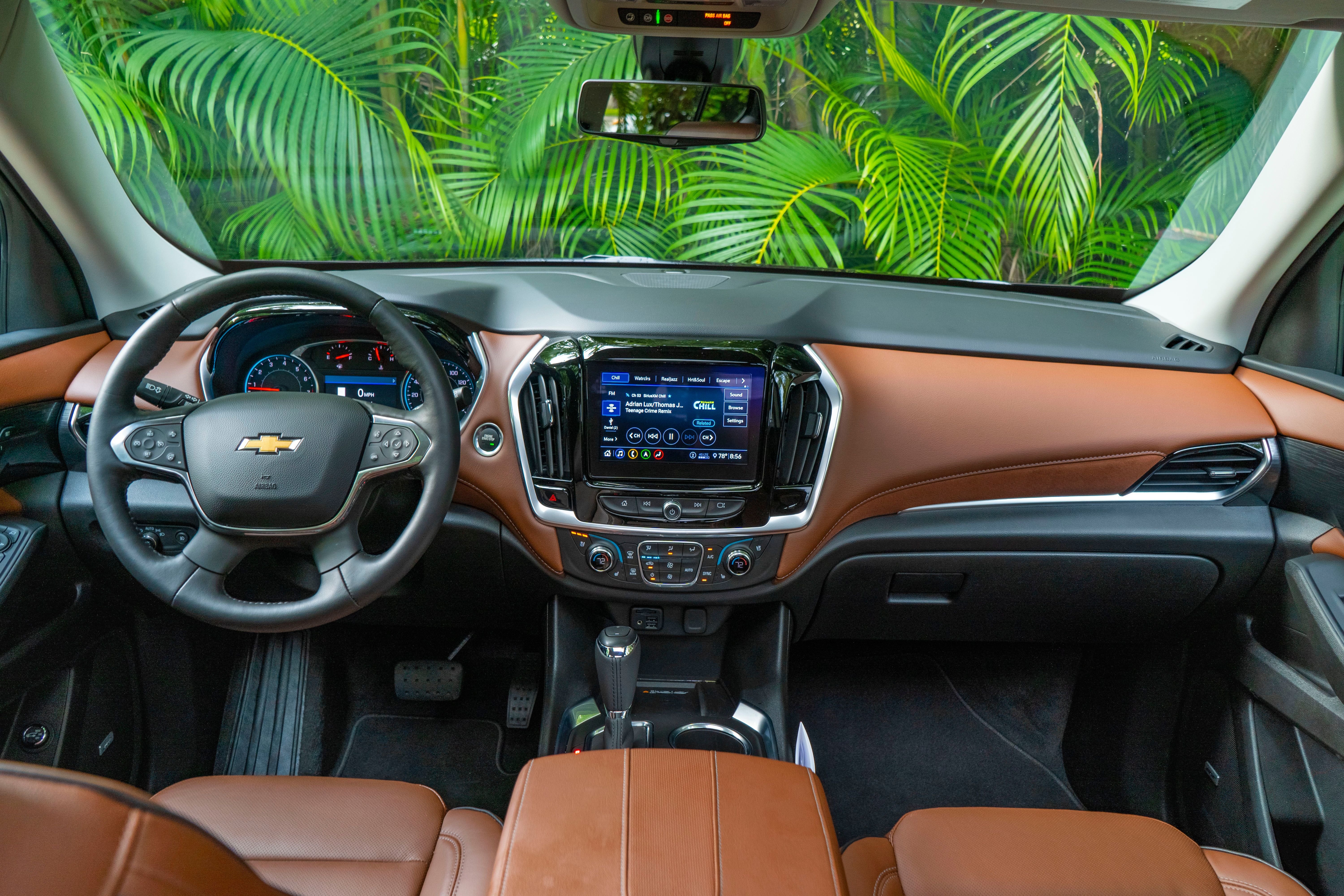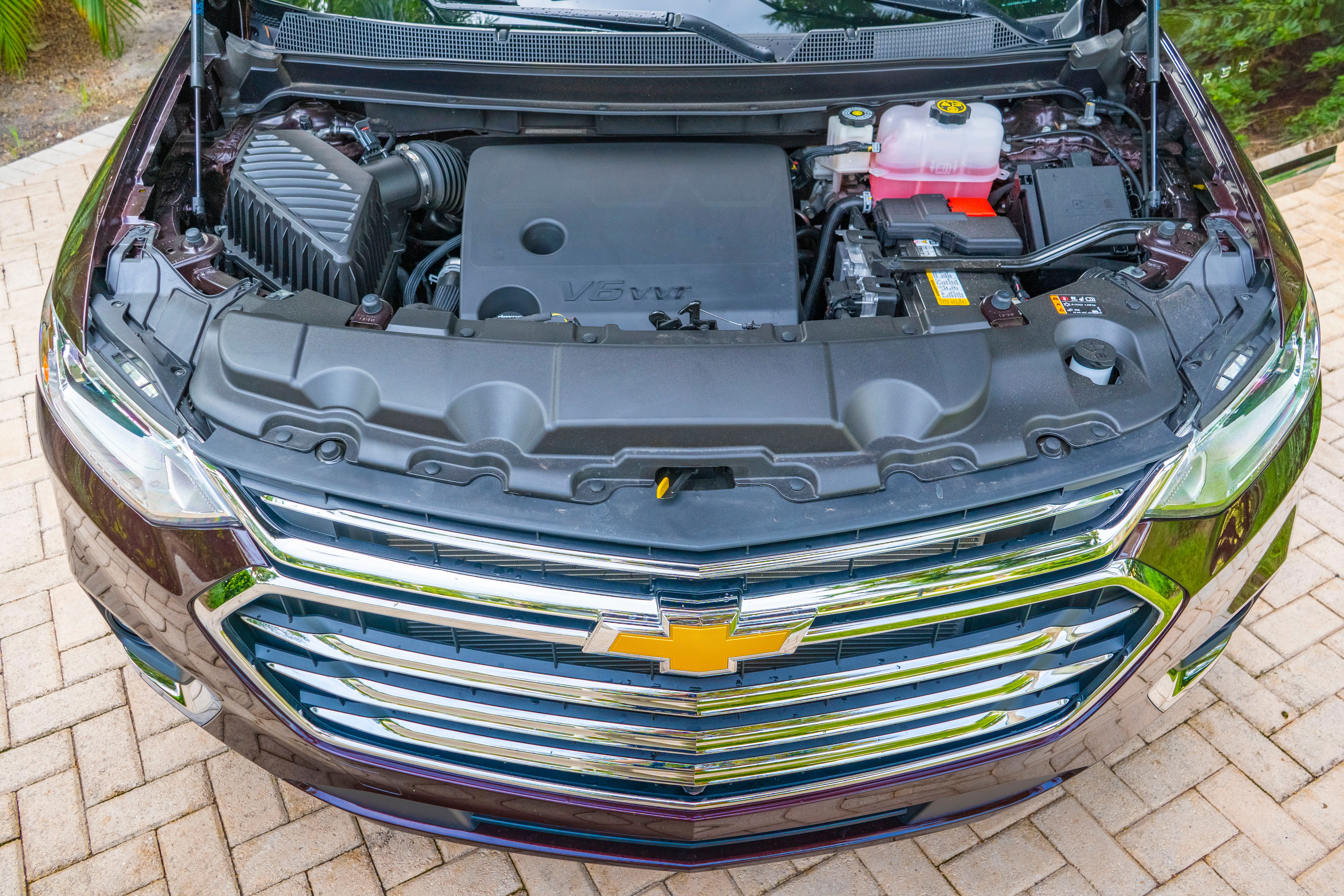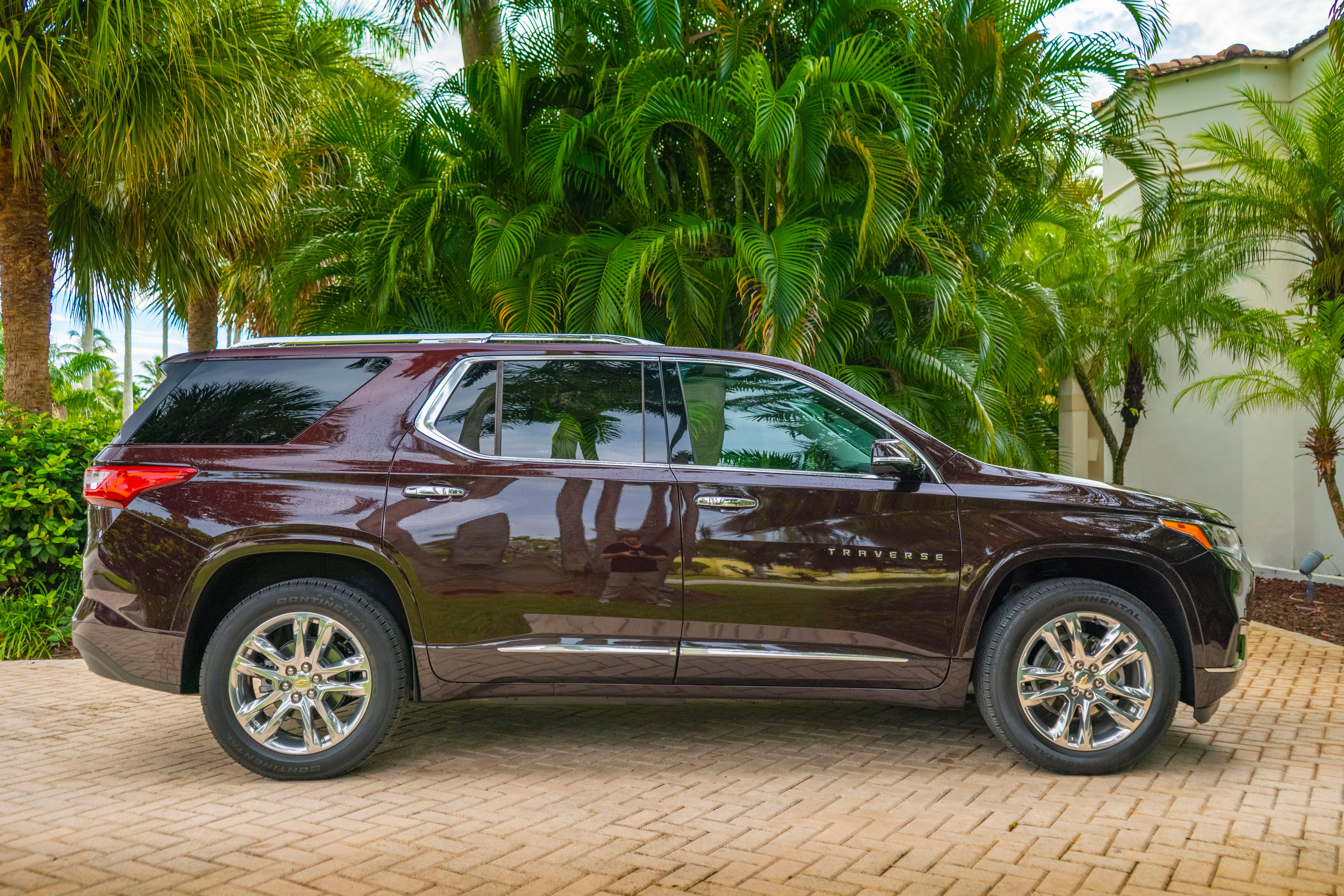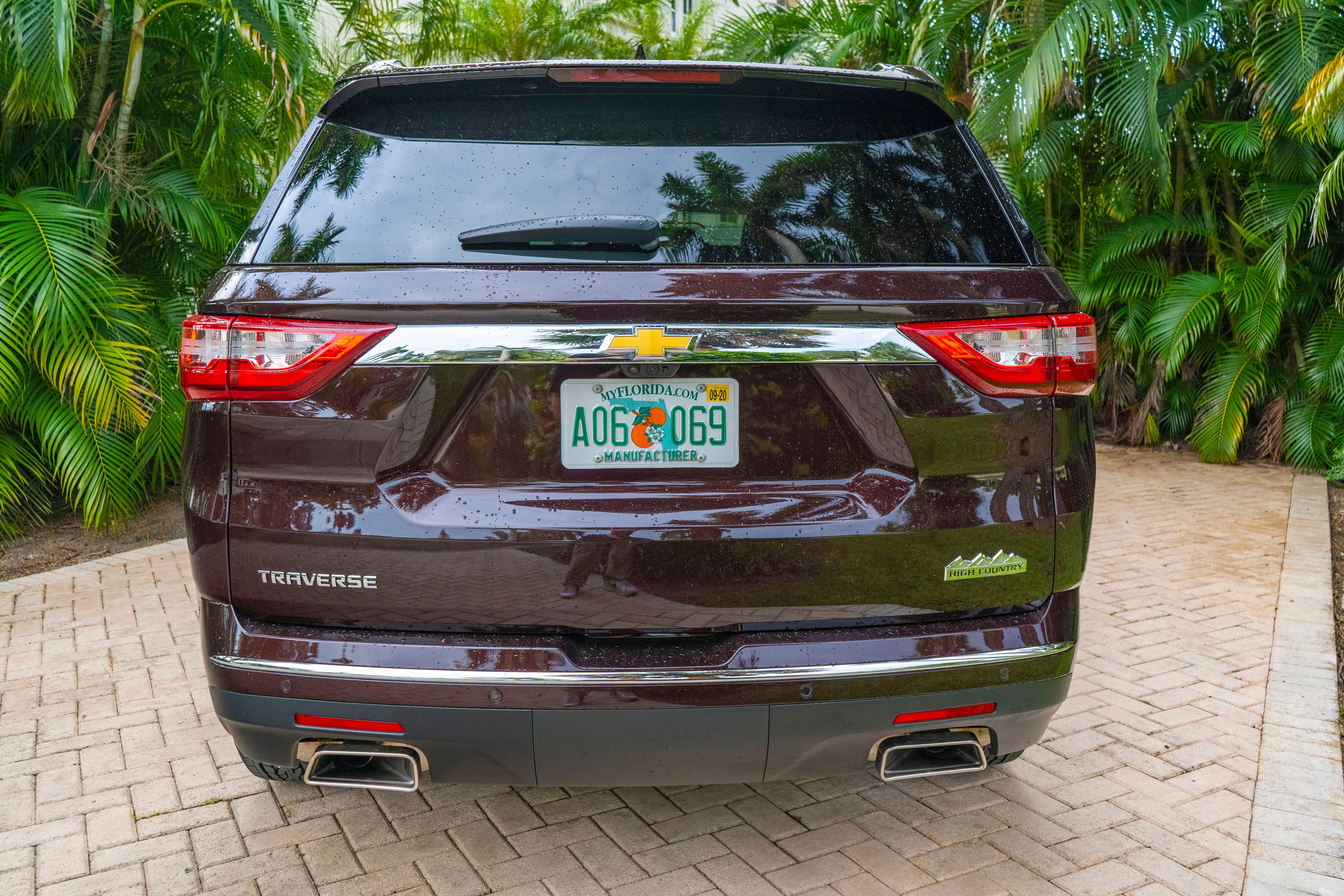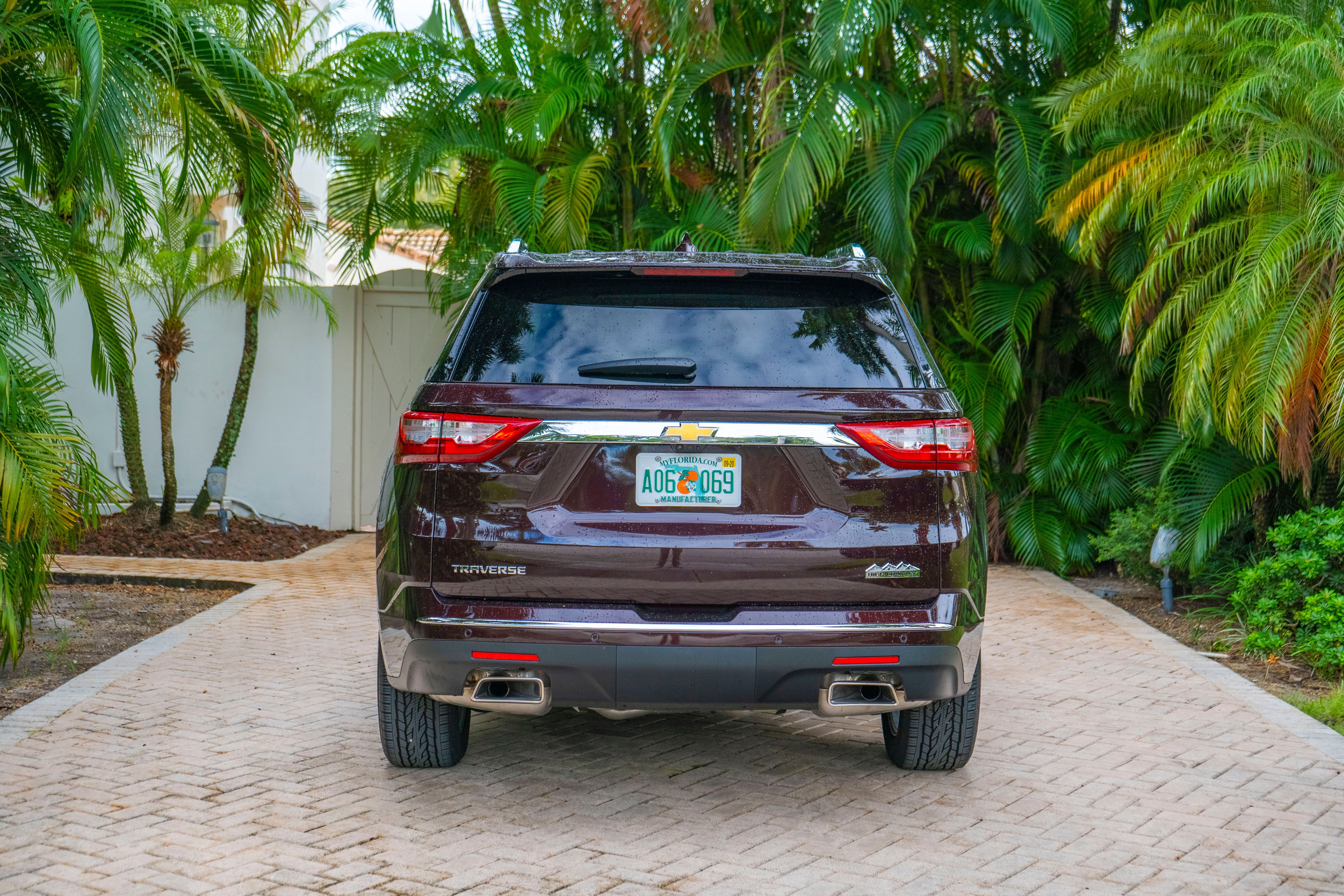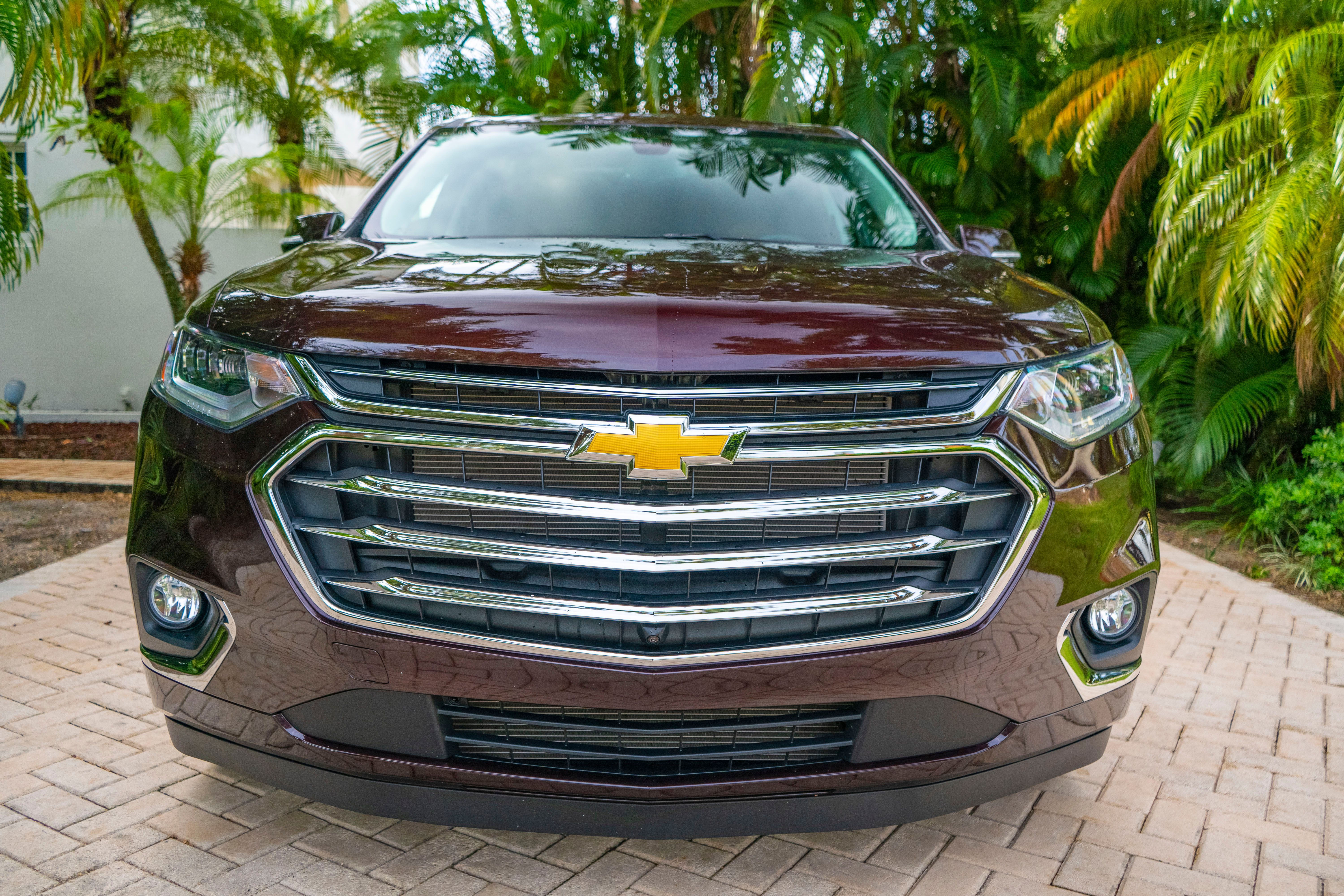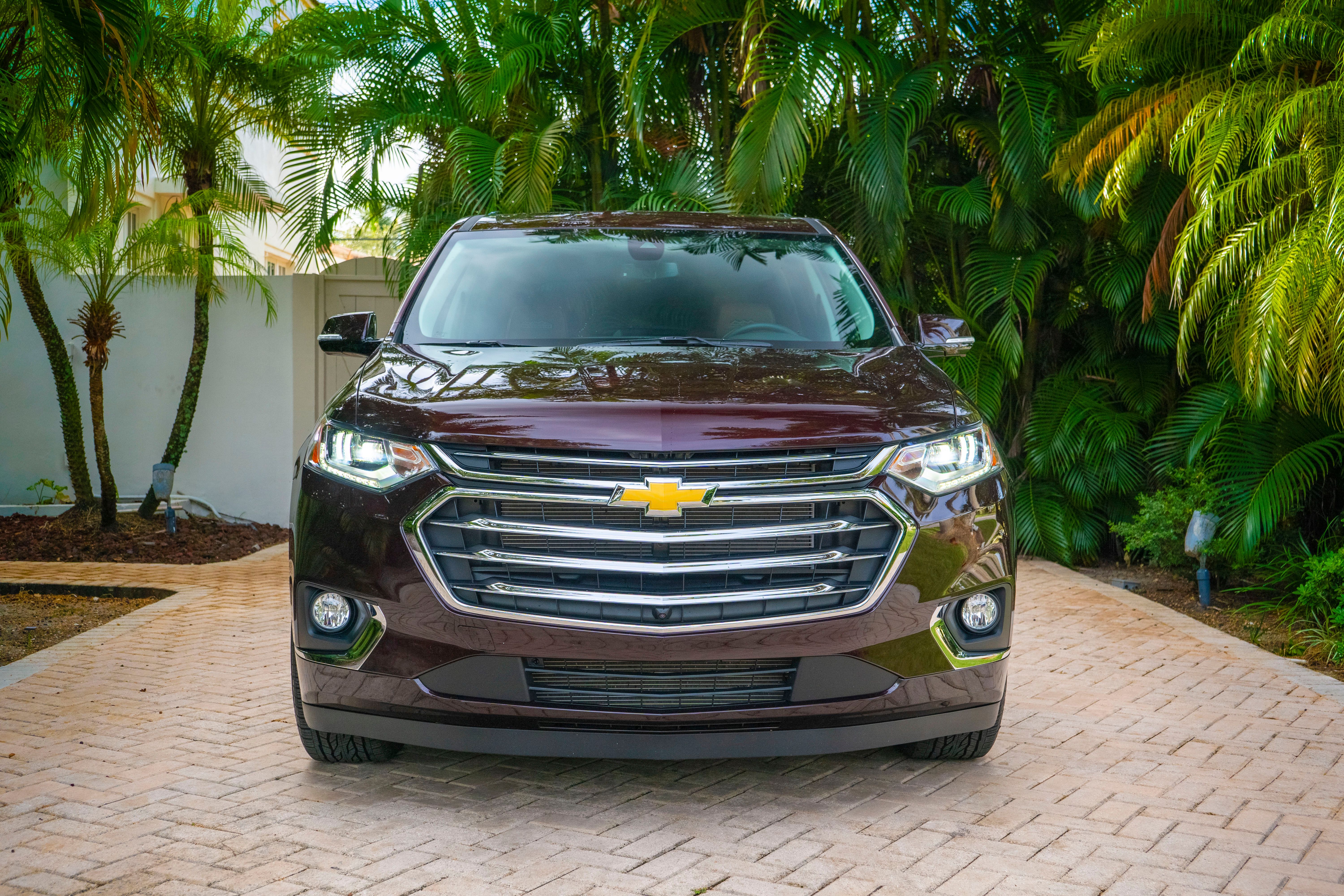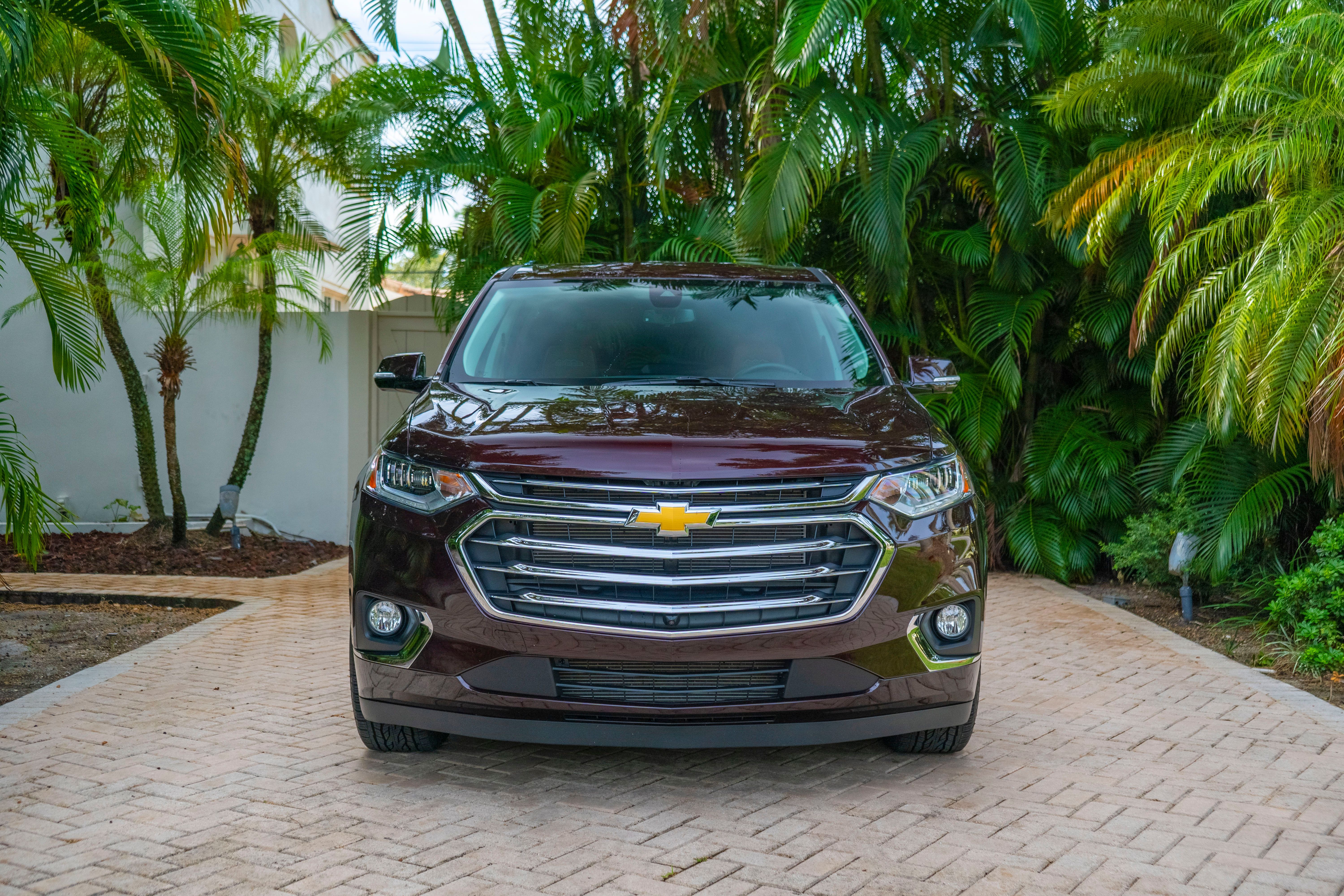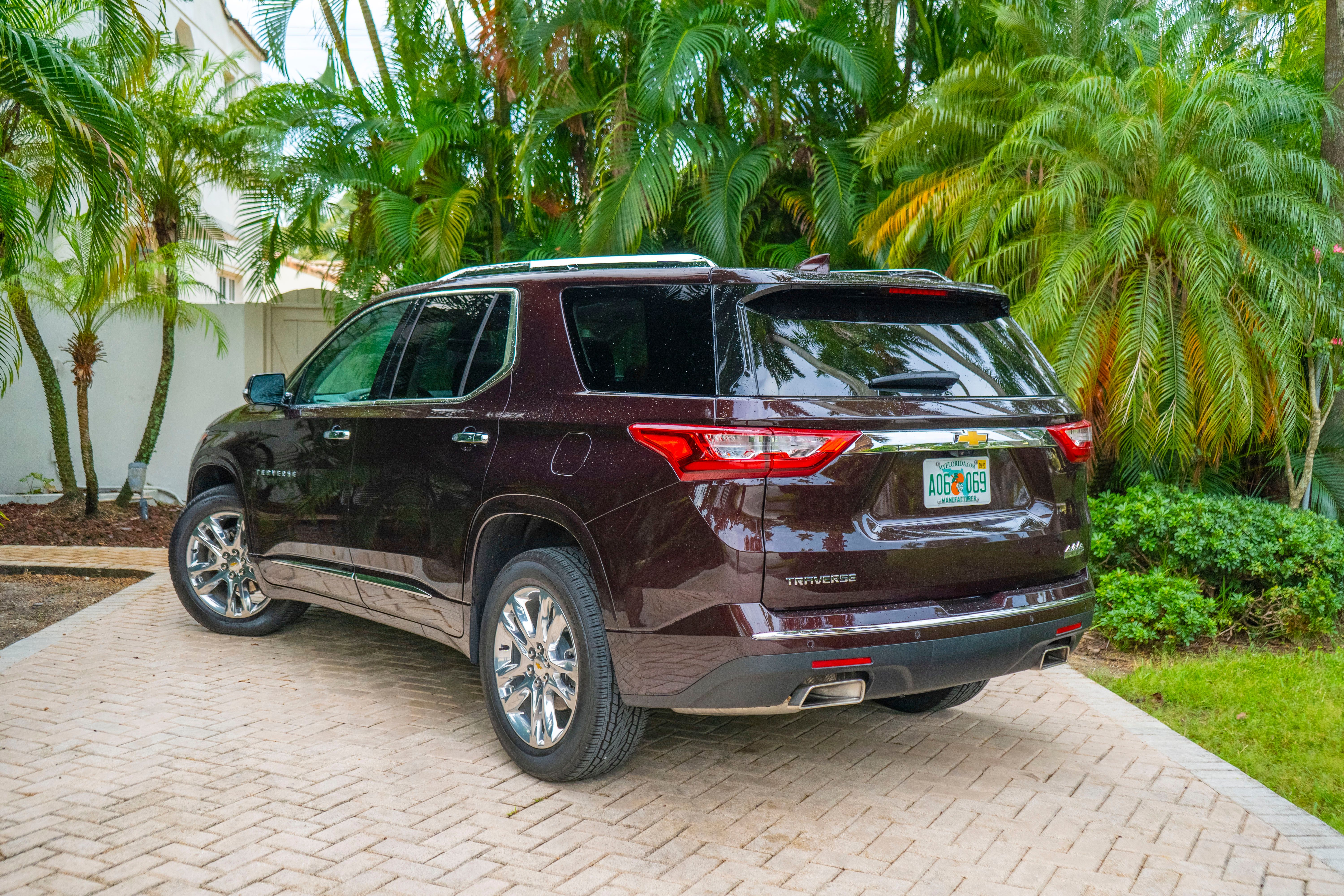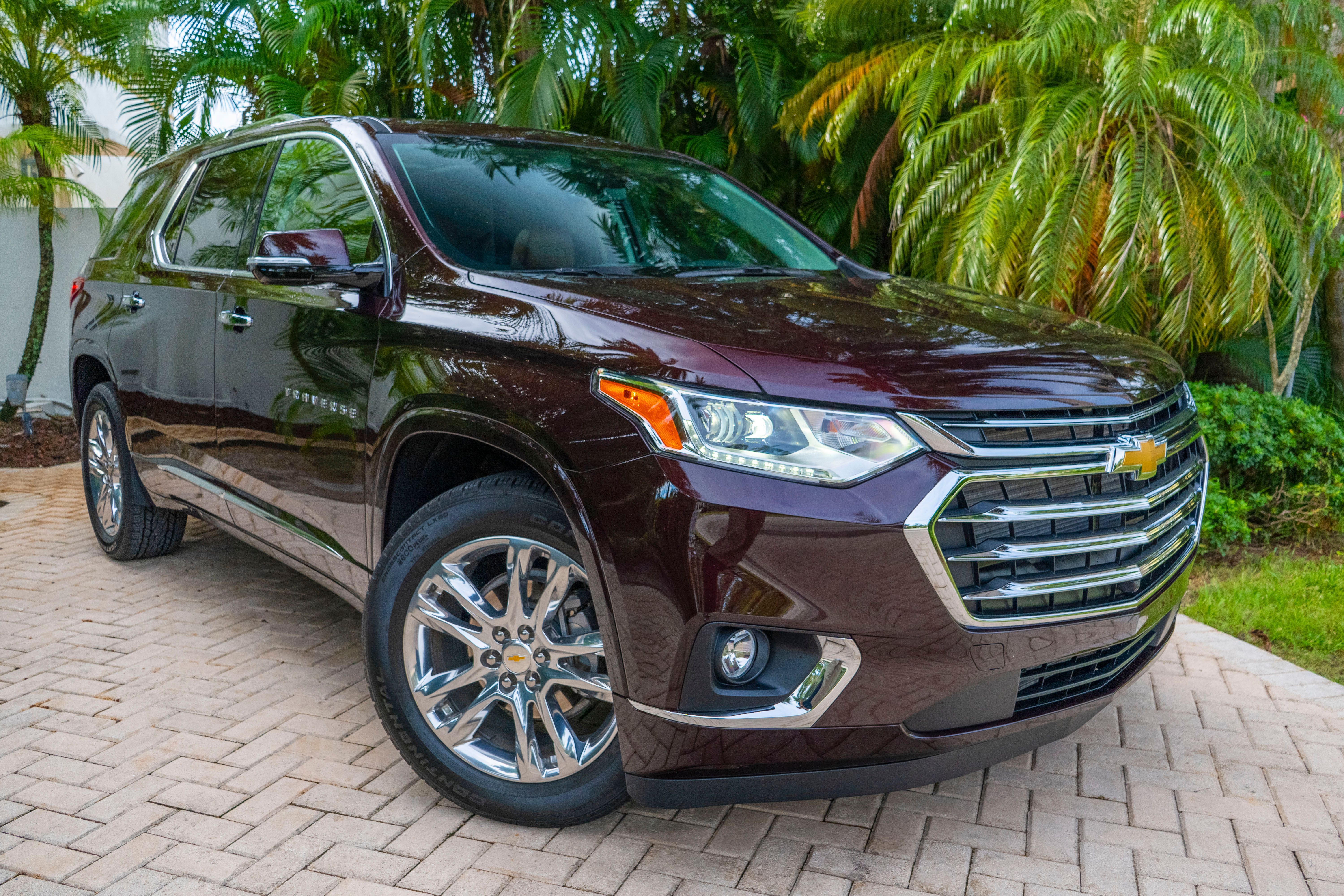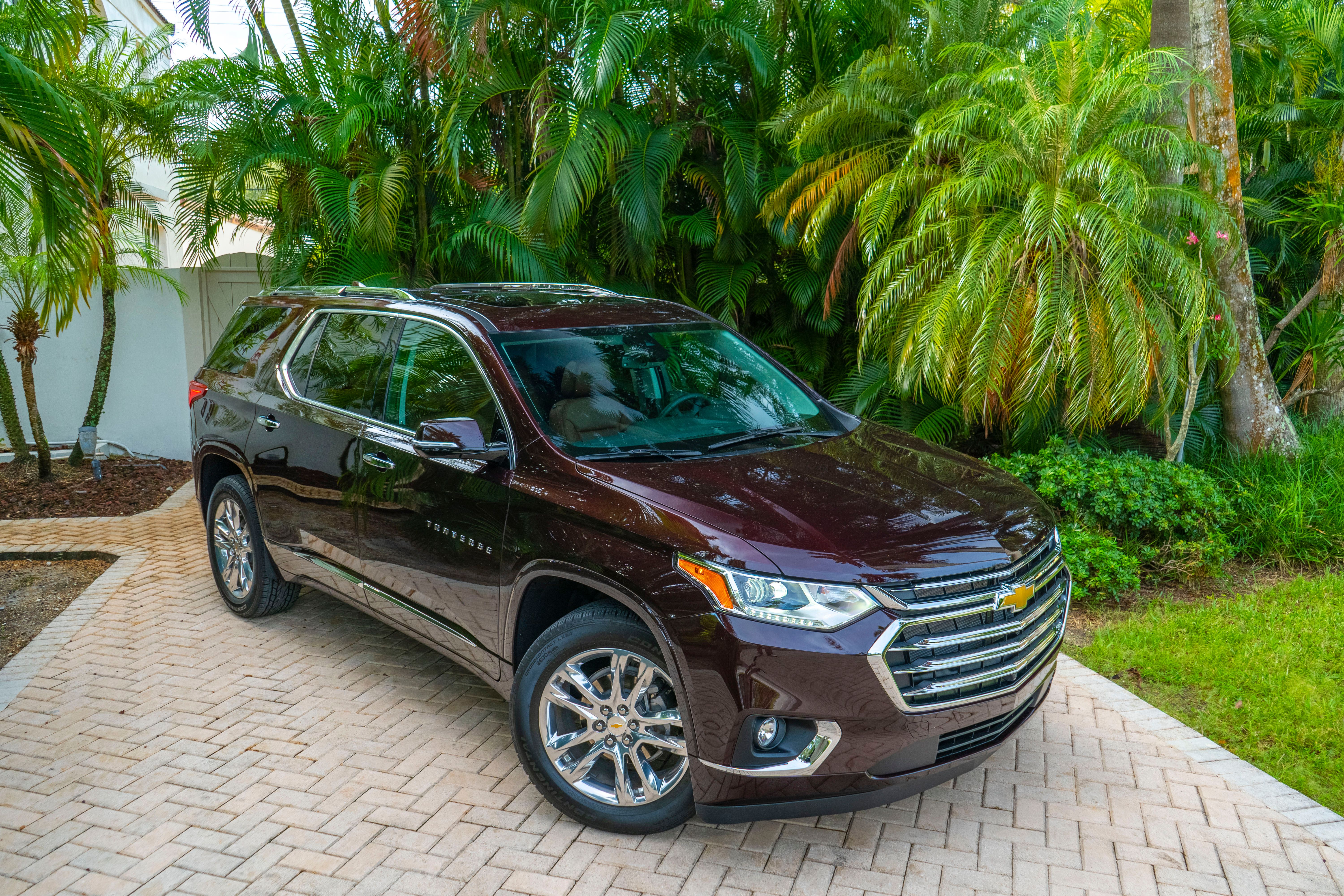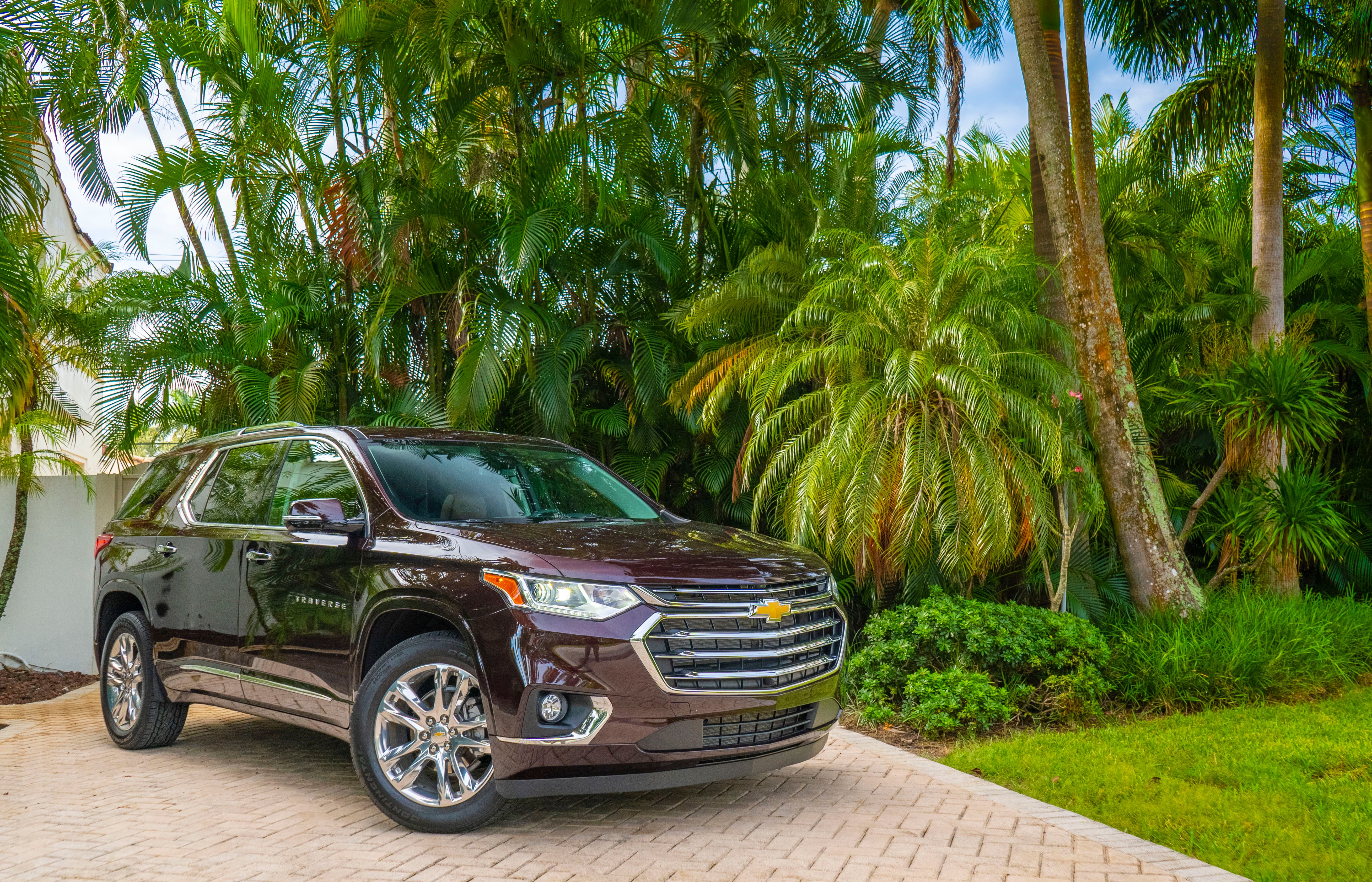The Chevy Traverse had an identity complex during its first 8 years of life, with the first-gen model being a weird blend of crossover and minivan with GM’s old, not-so-attractive styling inside and out. Fortunately, the 2018 model year became the host of the second-gen Traverse, and it came with a true SUV appearance that doesn’t require the hardcore (and heavy) full-size truck DNA under the metal. As the roomiest three-row SUV on the market without those full-size truck underpinnings, we’ve been wondering how the second-gen Traverse really holds up against competitors like the Ford Explorer and Mazda CX-9. Finally, after two years on the market, we finally got the chance to get behind the wheel to find out for ourselves. This is our experience with the 2020 Chevy Traverse.
2020 Chevrolet Traverse - Driven
- Make: Array
- Model: 2020 Chevrolet Traverse - Driven
- Engine/Motor: V6
- Horsepower: 310 @ 6800
- Torque: 266 @ 2800
- Transmission: 9-speed automatic
- [do not use] Vehicle Model: Array
Chevy Traverse Exterior Design
The original Chevy Traverse was just downright ugly. It’s like it had an identity complex and didn’t know whether it was a crossover or a minivan, and thought “SUV” doesn’t even come close to resonating with the first-gen Traverse. It was seriously more like the failed Chevy Uplander van than it was a true utility vehicle. And, did I mention that it was ugly? Anyway, the second-gen traverse actually holds true to the SUV nomenclature and now that it has a boxier, but sporty appearance, it’s much more attractive. The front end features a flat face with a dual-grille design. This design allows for placement of the bowtie on the front of the face without having to hamper overall design. The headlights are sleek and feature a unique design across all segments.
Now that the Traverse doesn’t have the weird and bubbly, rounded roof, it actually looks the part of a true SUV. This becomes even more evident when you glance at the side, which is, more or less, pretty attractive. From this view, the placement of chrome is far less liberal, but there’s still enough to keep the appearance tasteful. The thicker portion of trim on the rear-most glass of the rear doors is a little too thick, in our opinion, but luckily that thickness doesn’t carry over to the rest of the side glass. The rear quarter glass blends in very nicely thanks to some fine machinery work and lack of any real gap at all between the glass and the C-Pillar. Despite the fact that the doors sit right in the middle of the Traverse (if you count nose to rear), it feels like the rear half of the traverse is very long, but that’s thanks to the full-size rear doors. The rear end has a rather long overhang, but you should be thankful as that makes for more cargo room and that third row of seats.
The rear end of the Traverse evokes the traditional and boxy SUV appearance, but it does so with only minor touches of aggressiveness or sportiness.
Overall, we’re completely pleased with the design of the new Traverse over that of the last-gen model. Finally getting to experience it for ourselves for a long period of time has really given the Traverse’s design time to grow on us, and grow it did. It might not be the best-looking SUV on the market, but it does look good, especially for a GM product. Not that we hate GM design, but there was a time when GM really needed to step it up. Finally, Chevy is starting to pull itself together in the design aspect of things, and the evolution of the Traverse proves exactly that.
How Big is the Chevy Traverse?
Chevy Traverse Interior Design
Chevy might not the be premium automaker, but it likes to think it is when it comes to some models The Chevy Traverse, however, in at least some trim levels, does present some premium goodness here and there. Our Traverse tester was the high country trim, so it does feature quite a bit of leather, including perforated seats and center console and proper door trim accommodations. The overall design of the Traverses interior evokes a feeling of spaciousness. The three-tier dash is actually very nicely done, and Chevy managed to blend it into the door trim panels smoothly and elegantly. We’re still not sure about the wood trim or the few bits of cheap plastics here and there, but it isn’t typical GM in any case.
The second row feels just as spacious as the front and, since our tester had the second-row captain’s chairs, it kind of feels like riding first class back there. These seats are almost identical to the front seats, however, they do sit a little higher has the floor is angled just a bit. This might seem weird at first, but it provides for amazing forward visibility for the second row (not that it matters, in most respects), and it allows for easier viewing out of the side glass since the beltline rises so aggressively across the rear doors. The second row does offer ample adjustment for rear passengers, and frown adults of all sizes will be comfortable here. The only downside is that there is no rear entertainment system, now is there any type of USB or 12-Volt connectivity. Given the space, this would be a good place for a tray table on longer trips or, at the very least, headrest monitors in the front seats.
The third row of seats is laughable in terms of comfort.
Chevy Traverse Interior Dimensions
The Chevy Traverse is a monster when it comes to interior space. Its 204.3-inch width means there is tons of legroom for all occupants, even those in the third row. This is emphasized greatly if you go for the second-row captain's seats like our High Country tester has. We really wouldn’t recommend sticking with the second-row bench unless you really need to seat 8 people on a regular basis. Your passengers will thank you in the long run.
Chevrolet Traverse vs competition - interior dimensions
|
Front Headroom |
41.3 |
40.7 |
39.3 |
|---|---|---|---|
|
Front Shoulder Room |
62.1 |
61.8 |
57.9 |
|
Front Legroom |
41 |
43 |
41 |
|
2nd row Headroom |
40 |
40.5 |
38.5 |
|
2nd row Shoulder room |
62.2 |
61.9 |
58.1 |
|
2nd row Legroom |
38.4 |
39 |
39.4 |
|
3rd row Headroom |
38.2 |
38.9 |
35.4 |
|
3rd row Shoulder room |
57.5 |
54.6 |
53.1 |
|
3rd row Legroom |
33.5 |
32.2 |
29.7 |
Chevy Traverse Cargo Room
With three rows of seating, the interior of the Traverse is very customizable in terms of how much it can carry. With a vehicle full of people, you can still carry 23 cubic-feet of cargo behind the third row – that’s almost 5 cu-ft more than that Ford Explorer and an impressive 8.6 cu-ft more than the CX-9.
Chevrolet Traverse vs competition - cargo room
|
Cargo room behind 3rd row |
23 |
18.2 |
14.4 |
|---|---|---|---|
|
Cargo room behind 2nd row; 3rd row folded |
58.1 |
47.9 |
38.2 |
|
Cargo room nd and 3rd rows folded |
98.2 |
87.8 |
71.2 |
Chevy Traverse Infotainment System
Chevy’s Infotainment 3 system is the standard offering in the Traverse, and it’s a huge step forward from the system it replaced. The user interface could be a little more interesting, but for intents and purposes, it does its job, and it does it well. Much like we saw on the Chevy Blazer, the same physical button panel carries over, consisting of a power button and volume knob in the middle, the home button on the left, and the back button on the right. The screen itself is pretty much a square, so the Blazer’s is certainly more interesting, but the appearance here, paired with the vent on either side, makes the system seem bigger. Apple CarPlay and Android Auto come standard, and you’ll probably want to use them, at least for navigation, as Chevy’s built-in system (it’s still SD card-based, by the way) is definitely showing its age. It’s not bad and might hold up while you’re in the middle of nowhere with no signal, but any other mobile navigation app is inherently better.
Overall, the infotainment system is easy to use and is straightforward enough that most people will have no issue getting used to it or learning its various functions.
Chevy Traverse Drivetrain and Performance
For 2020 Chevy did a very good thing and dropped the old four-cylinder engine offering from the Traverse lineup.
Chevrolet Traverse specifications
|
Engine |
3.6L DOHC direct injection |
|---|---|
|
Transmission |
Hydra-Matic 9T65 nine-speed automatic |
|
Power Output |
310 @ 6800 |
|
Torque |
266 @ 2800 |
|
Driveline |
FWD |
|
Fuel |
Gas |
|
Fuel Capacity |
19.4 |
|
Fuel Economy |
17/25/20 |
|
0-60 mph |
6.9 seconds |
|
Top Speed |
130 mph |
That 3.6-liter V-6 could offer up more power if we’re being honest, but its 310 horsepower and 266 pound-foot output rating is at least sufficient enough to put it ahead of its main competitors, the Ford Explorer and the Mazda CX-9. It’s paired exclusively to a 9T65 nine-speed automatic transmission that can send power to just the front wheels or to all four wheels depending on how you option it at the time of ordering. You can get up to 60 mph in 6.9 seconds (faster than both the Explorer with a 2.3-liter and the CX-9 with a 2.5-liter), and it tops out at 130 mph – 18-mph shy of the Explorer but on par with the CX-9.
That is also the Traverse’s fault, however, as that V-6 must compete with the fuel economy of four-cylinders, and it just doesn’t offer what you can get from the competition.
Chevy Traverse Driving Impressions
From the moment we opened the driver’s side door of our High Country tester, we were quite impressed. Sure, the Traverse does have some cheaper, traditional GM bits here and there, but our range-topping tester had a lot of leather, and all three rows were very easy to access – something you can’t say for a lot of three-row models. Getting comfortable in the driver’s seat is quite simple thanks to easy adjustment, and the seating height allows for great forward visibility and, while there are blind spots to the rear, they are easily remedied by the tall side glass and side-view mirrors.
As far as driving goes, the feel of the steering does evoke a sense of confidence, however, be careful not to get overconfident. Because of how smooth the ride is, it’s easy to forget that you’re driving something that’s almost 17-feet long. Overall the Traverse handles moderate bumps and inconsistencies in the road well, but it can get a little clunky and rattly over rougher roads. Road noise is kept to a minimum, though, so you don’t really hear any exterior noise creeping in unless you’re on bad roads. The brake pedal feels good to the foot during light or hard braking, and there is minimal forward tipping when stopping in a hurry.
How Much Can the Chevy Traverse Tow?
With Chevy’s 3.6-liter V-6 being the only engine offering for the Traverse, you’ll find that all trim levels are capable of hauling 5,000 pounds, but only when equipped with a level 3 towing hitch.
Chevy Traverse Pricing
The Chevy Traverse is available in seven different trim levels, with the entry-level L trim starting at $30,995 and prices increasing incrementally all the way up to the High Country Trim at $52,09 before any taxes, fees, options, etc.
2019 Chevrolet Traverse pricing
|
L |
$30,995 |
|---|---|
|
LS |
$34,095 |
|
LT Cloth |
$36,595 |
|
LT Leather |
$40,295 |
|
RS |
$44,795 |
|
Premier |
$46,995 |
|
High Country |
$52,095 |
Our tester was the High Country Trim, and, as the range-topping trim, it already comes equipped with most options you would consider. You could spend a couple of thousand dollars on various packages. The “Hit the Road” package will give you roof rails and side steps for $1,195. There’s also a floor liner package for $395, an Interior protection package for $270, and a cargo package for $195. And, there are a ton of different accessories too. Our tester didn’t have any extra’s, though, so total pricing came in at $50,900 plus a $1,195 destination charge, bringing the total up to $52,095. Because, you know, God forbid, you don’t pay $1,200 for a $50,000 vehicle to be delivered to the dealership, right?
Chevy Traverse Competition
Ford Explorer
The Ford Explorer is one of the longest-running SUV’s on the market, being introduced way back in 1991 as a boxy, almost mini version of the larger Ford Bronco (never mind the Bronco II, of course.) For 2020 it entered its sixth generation, and it was received with general acceptance when Ford pulled off the big white sheet. Despite its fresh appearance, it’s still recognizable as an Explorer, while the interior takes a fresh approach to interior design with a large, upright infotainment screen that consumes, quite literally, the entire center stack above the HVAC controls and a few other radio controls. It’s very Tesla-esqe, to be honest. Safely, the Explorer kind of one-ups the Traverse as it is offered with an all0figital infotainment screen, and it also features a rotary shift knob. Leather materials are on par with what you’d expect from Ford, as is the fake wood trim on certain models. Forward visibility is pretty good, but the Explorers windshield is raked, and the large A-Pillars do create a couple of blind spots.
The Explorer is offered in four different trim levels, starting with the $36,675 XLT, but it gets expensive fast with the next trim level, Limited, commanding $48,130. The Explorer ST is clearly the sportiest of the bunch but costs $54,740 while the range-topping Platinum trim comes in at $58,250. Base models feature a 2.4-liter four-cylinder while the higher-speced models feature a 3.0-liter EcoBoost V-6. The former is good for 300 horsepower and 310 pound-feet of torque, while the latter is good for 365 horsepower and 380 pound-feet. The Explorer can tow between 5,300 and 5,600 pounds depending on equipment and engine while available cargo room ranges between 14.4 cubic-feet to 71.2 cubic-feet with both rear seating rows laid flat.
Read our full review on the 2020 Ford Explorer
Mazda CX-9
The Mazda CX-9 entered its second generation in 2016, and with it came a bold new styling that really does put the competition to shame. The interior, however, is somewhat of a mid-point between the Traverse and the Explorer. It features a smaller infotainment screen like the Traverse but has a more modern mounting position and better control. It also doesn’t feature a digital instrument cluster, but the interior materials are generally on par with what you’d expect from brands of a premium nature like Lexus or even BMW. Like the Explorer, the CX-9 is offered in four different trim levels, but all of them come standard with a 2.5-liter four-cylinder that’s good for 227 horsepower on 87 octane or 250 horsepower on 93 octane. 310 pound-feet of torque is the limit here while towing capacity comes in at a laughable 3,500 pounds.
Pricing for the Mazda CX-9 starts out at $34,080 for the entry-level Sport trim or $37,130 for the Touring trim. Move up to the Grand Touring, and you’ll pony up $42,640 while the range-topping Signature model commands $45,365. Honestly, the Mazda CX-9 is the best choice in most cases as it is fuel efficient and much more stylish, however, it does fall short in the towing department, so that’s definitely something to keep in mind.
Read our full review on the 2019 Mazda CX-9
Final Thoughts
I have to admit that driving the Traverse for an entire week wasn’t exactly a dull experience. There was nothing groundbreaking about it, of course, but it wasn’t a bad experience. The Traverse has a tendency to feel like it’s more upmarket than it really is, but then again, we were driving a $50,000+ High Country trim level that begs the question of whether or not you need all that interior space. If not, there are a lot better, and smaller models you could spend $50,000 on that would be a lot more satisfying to drive. Overall, the Traverse is a relatively solid vehicle, and in its range-topping trim it does exude a sense of premium driving experience. I still feel like $50k is a little too much to spend on a Chevy, but then again maybe I’m a little biased after a lot of bad experience with GM products. Sorry, not sorry.

